Kythira Top 20
Planning your visit to magical Kythira? The island has much more to offer than sun, sea and sand. Discover the best things to see and do with our ultimate list of top 20 attractions.
You can’t leave the island without taking a bag of ladopaximadia, the very tasty Kythirian olive oil rusk, and a pot of local Thyme honey with you. Both products are famous in Greece and beyond. The Kythirians also produce high quality olive oil, sea salt, freshly picked aromatic oregano and thyme, a number of very nice sweets like pasta mylou and Kytherian rozedes and many other things.
If you visit the Sunday market in Potamos you will have the opportunity to buy high quality products straight from the locals.

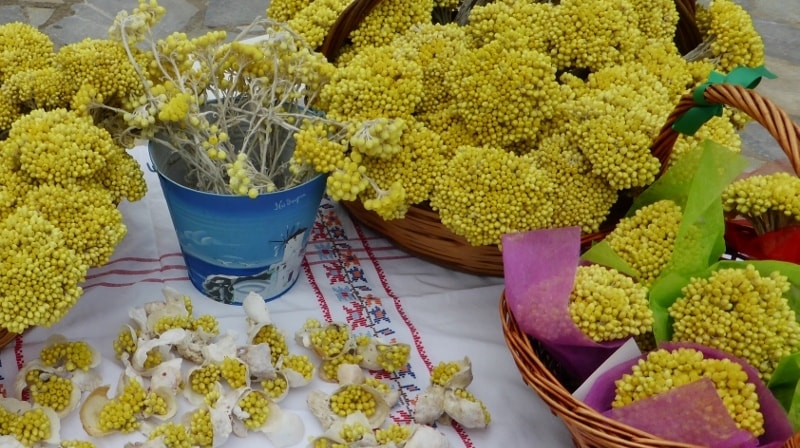
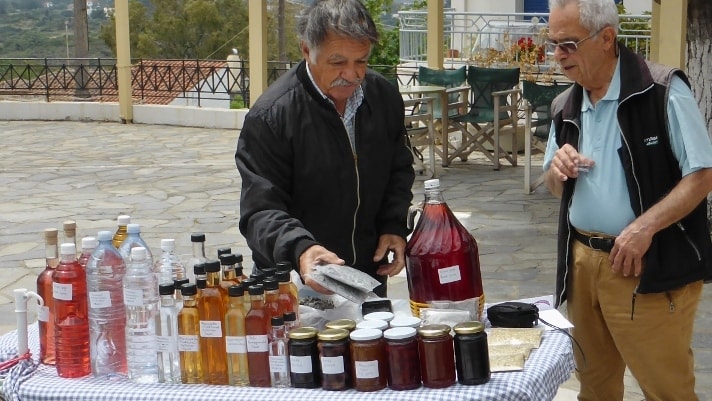
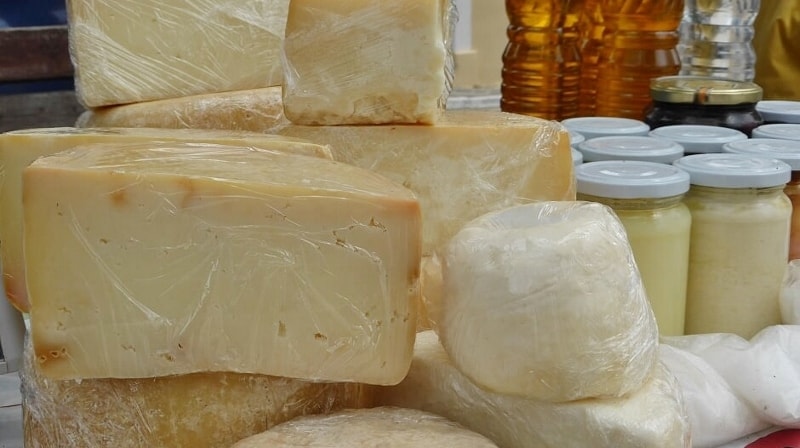
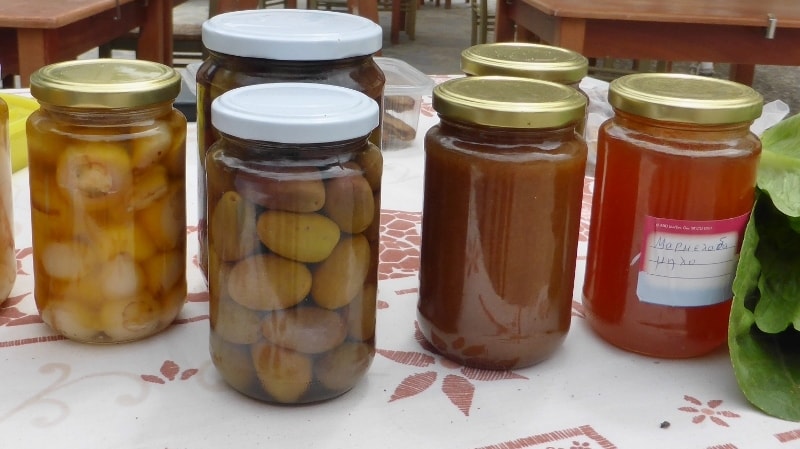
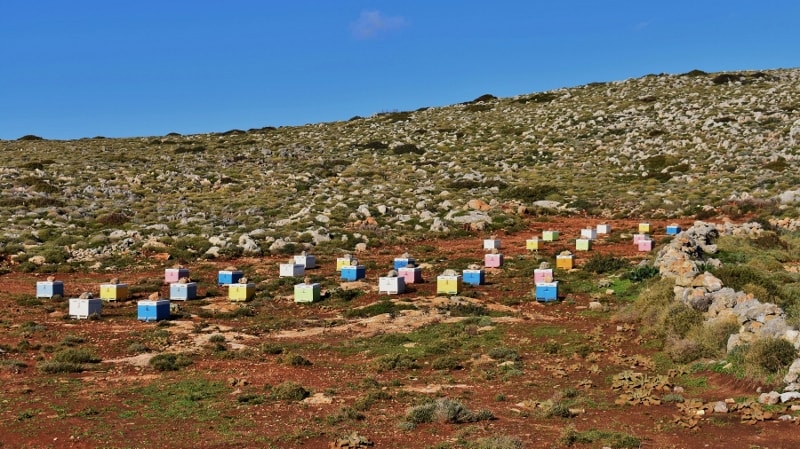
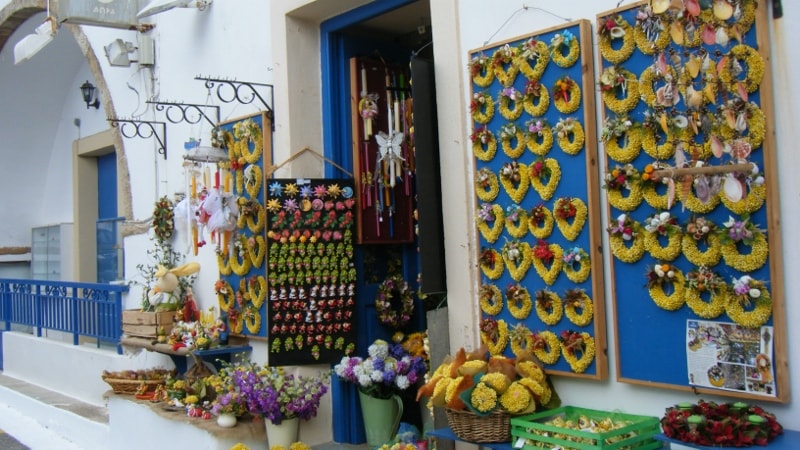

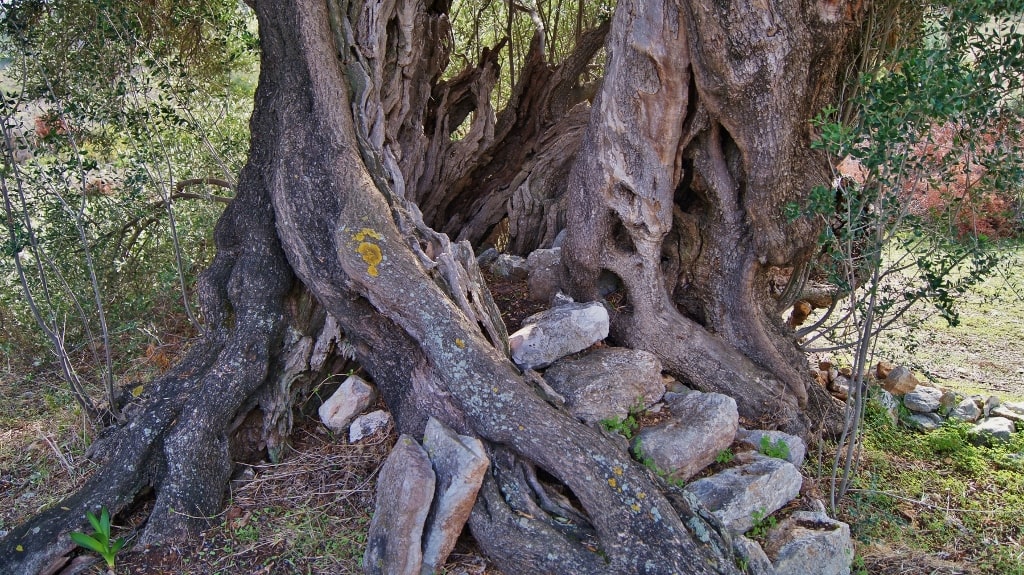
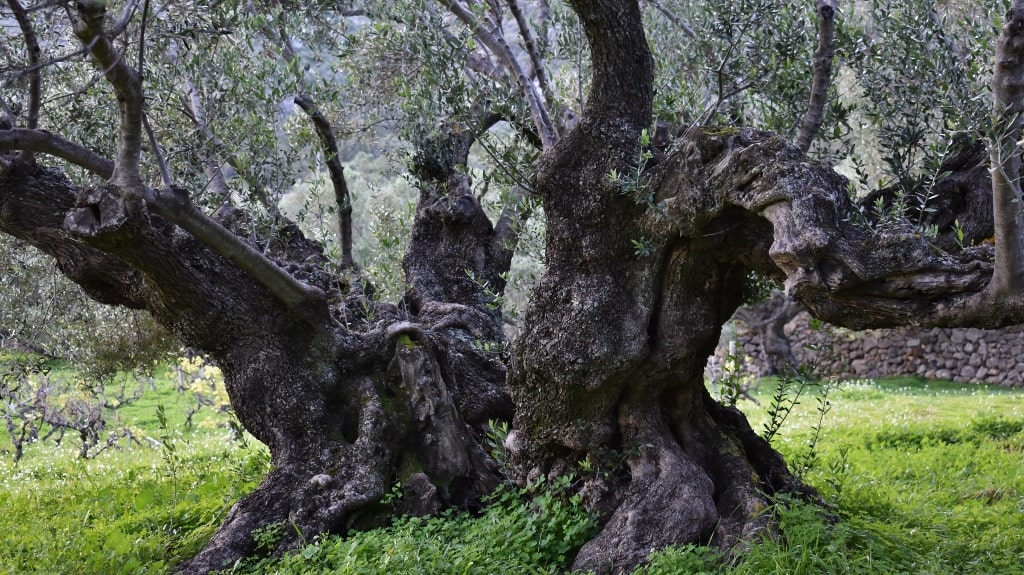
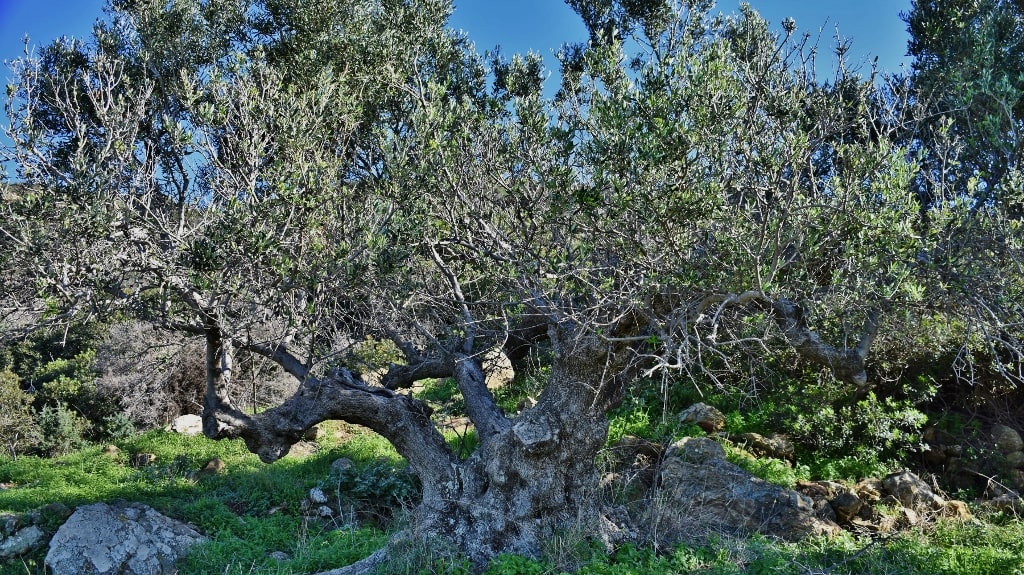
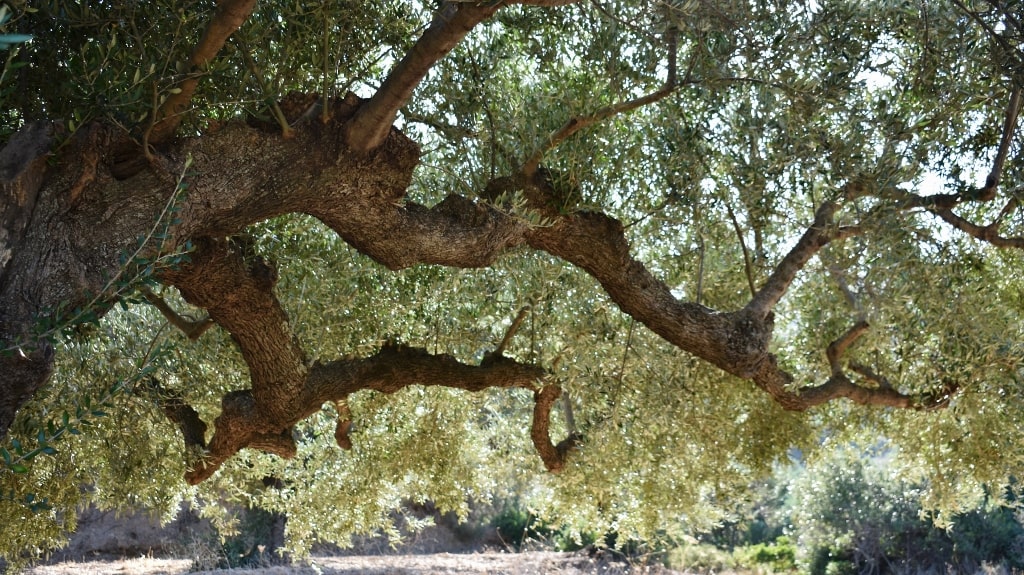
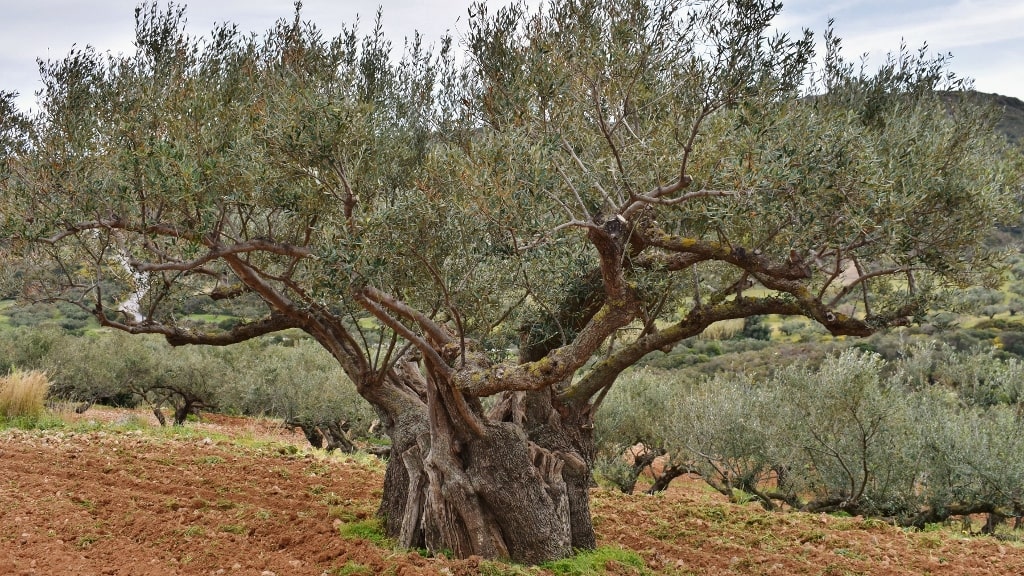
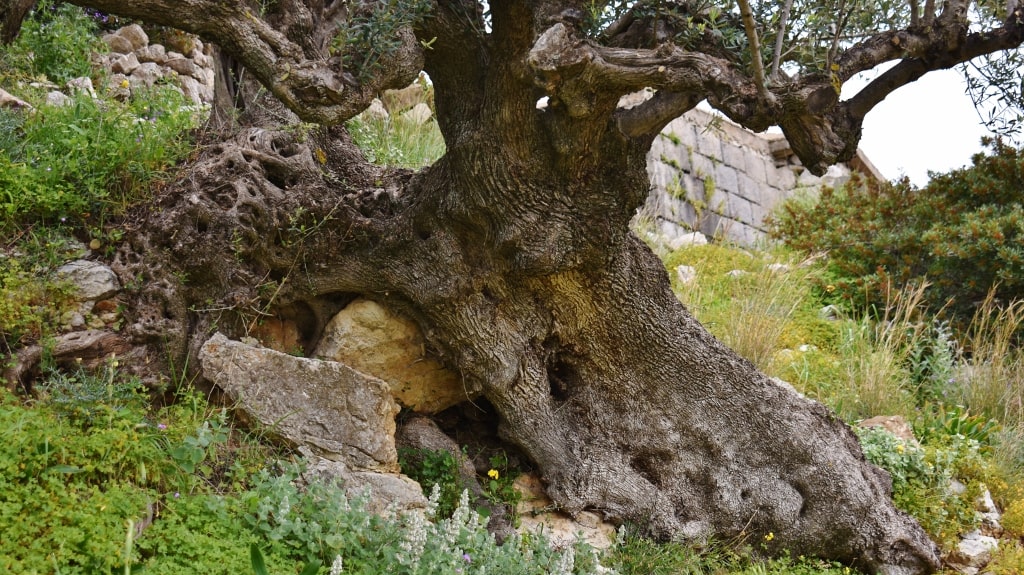

The abundance of terraced fields with threshing floors (alonia), small field houses (katounes) and troughs for the animals, that can be found in large parts of the island, are proof that there has been agricultural activity for many centuries. Everybody produced their own grain, vegetables, fruit, wine and most importantly olive oil.
Many olive trees have already been planted during the Venetian occupation and some trees are even believed to be almost a 1.000 years old. Some fine examples of the millennium trees can be found in the vicinity of Kalamos and Karavas.
Kythira was lifted from the sea bottom for the last time about 2 million years ago. As a proof you will find many fossils of sea creatures scattered around the island. Especially the area around Ammoutses, nearby the airport, is famous for it. This is also the finding place of a few fossilized skeletons of ichtyosaurus (a large sea reptile resembling a dolphin).
And of course the goddess Aphrodite, rose from the waters on a scallop shell in the Palaiopolis area. The same shell that can now be found as a fossil in many places on the island.
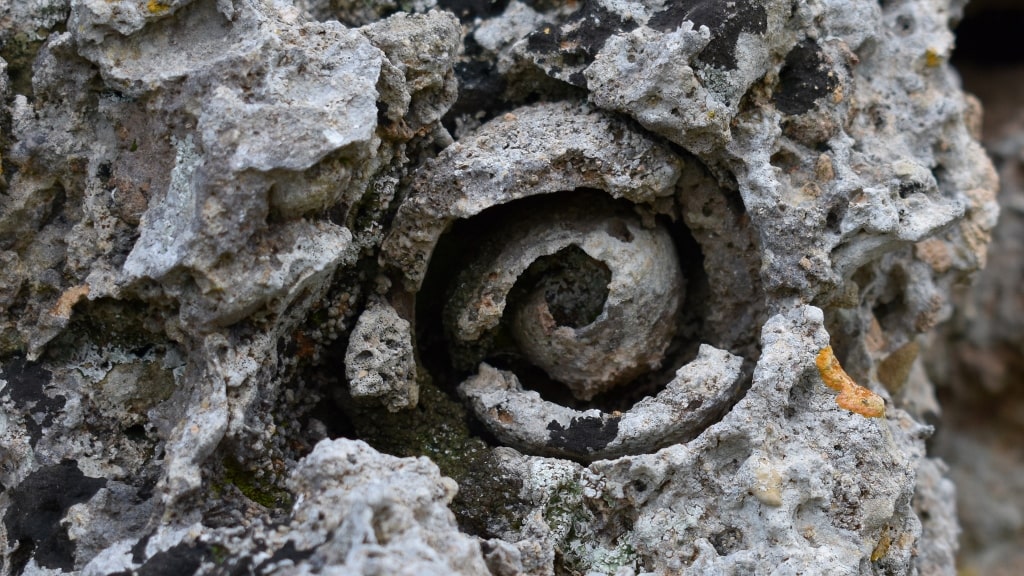
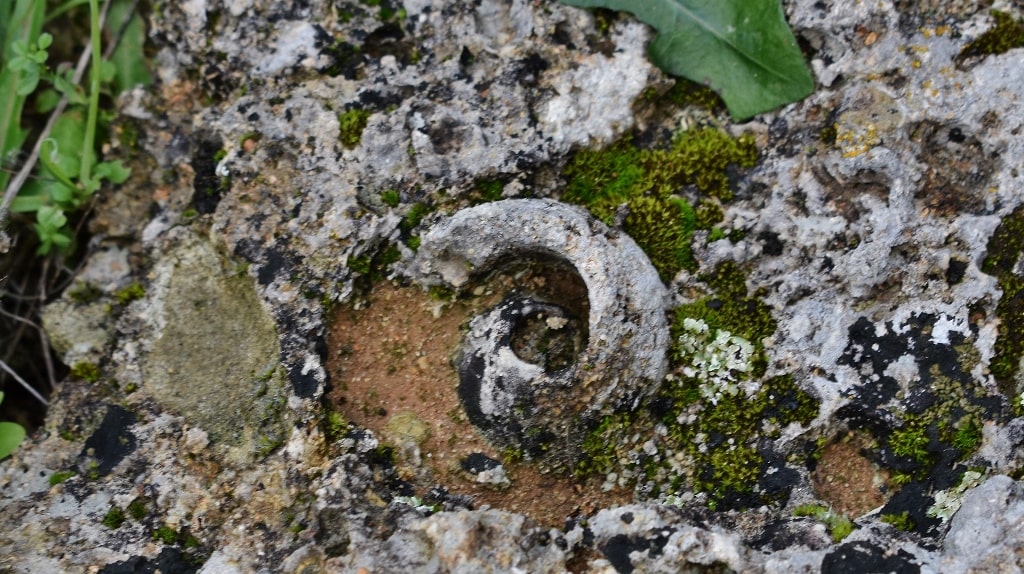

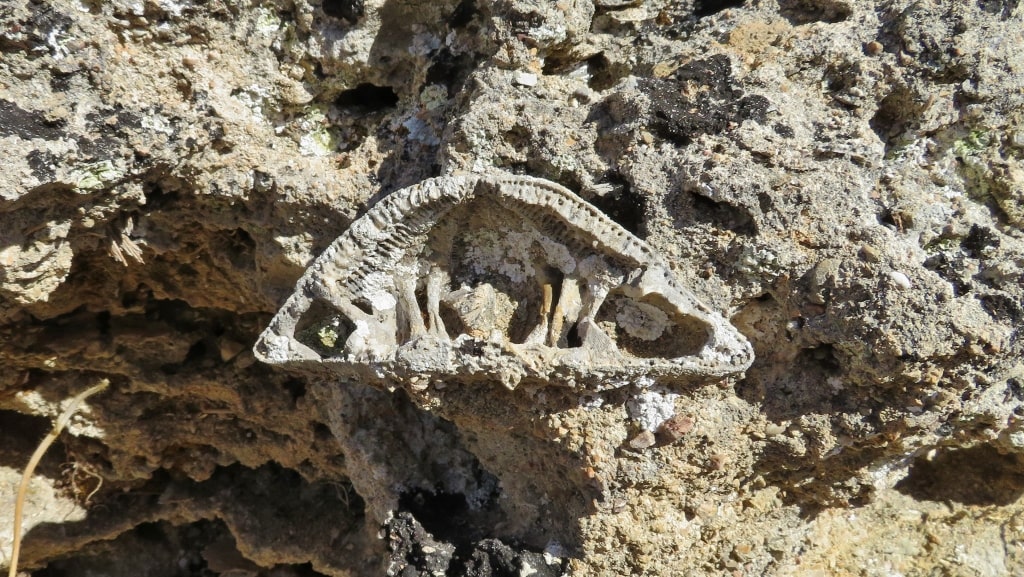

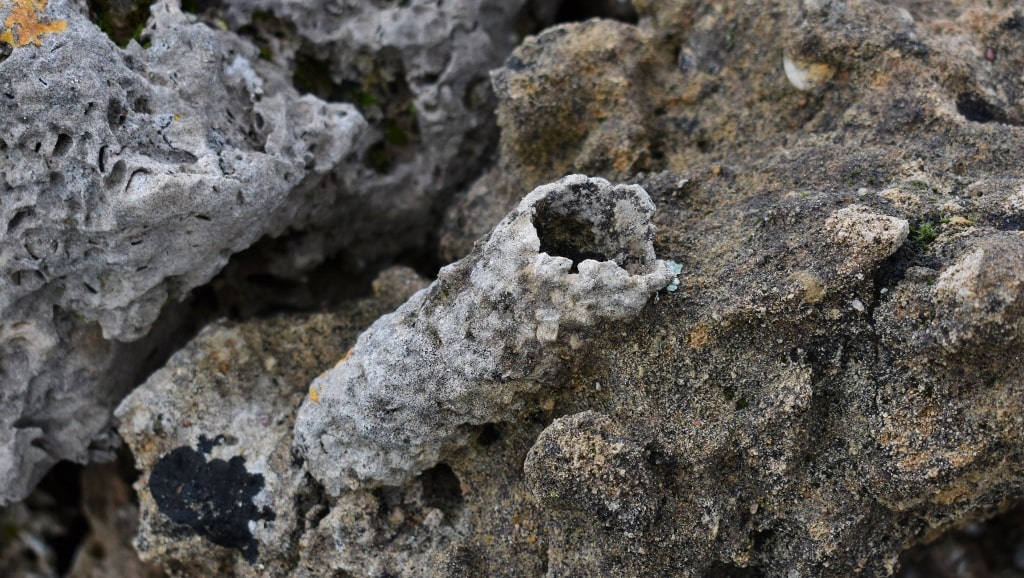
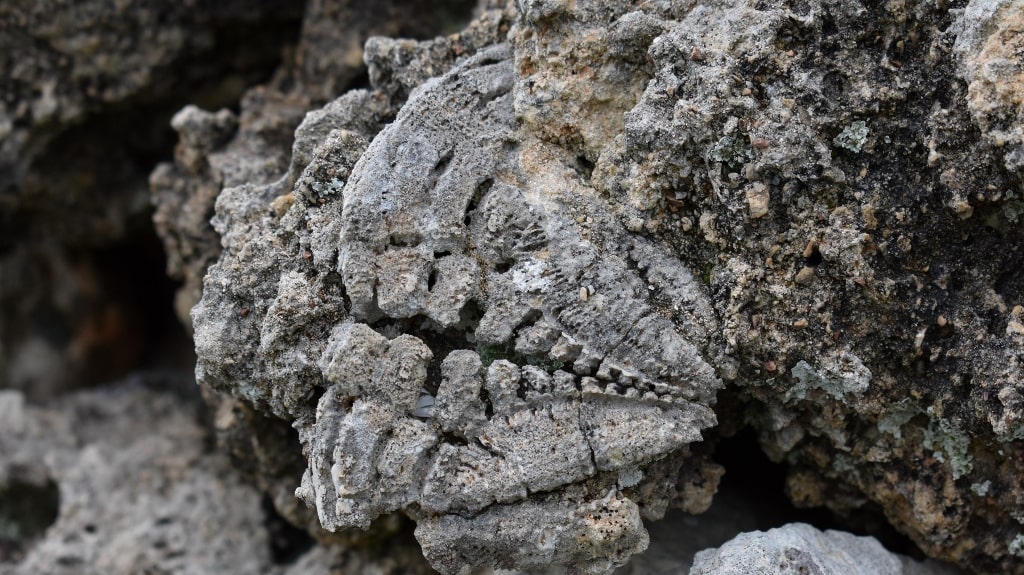
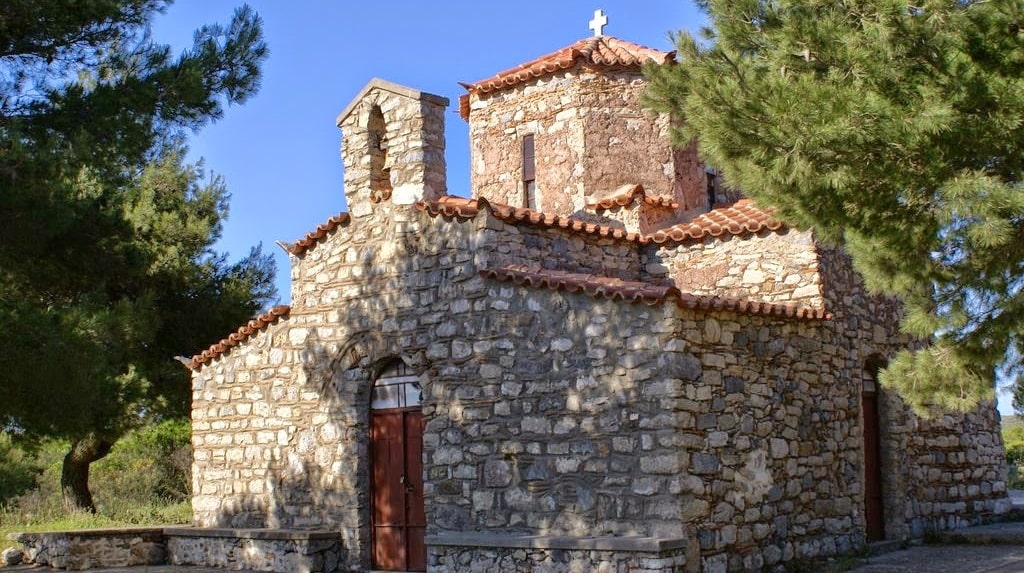
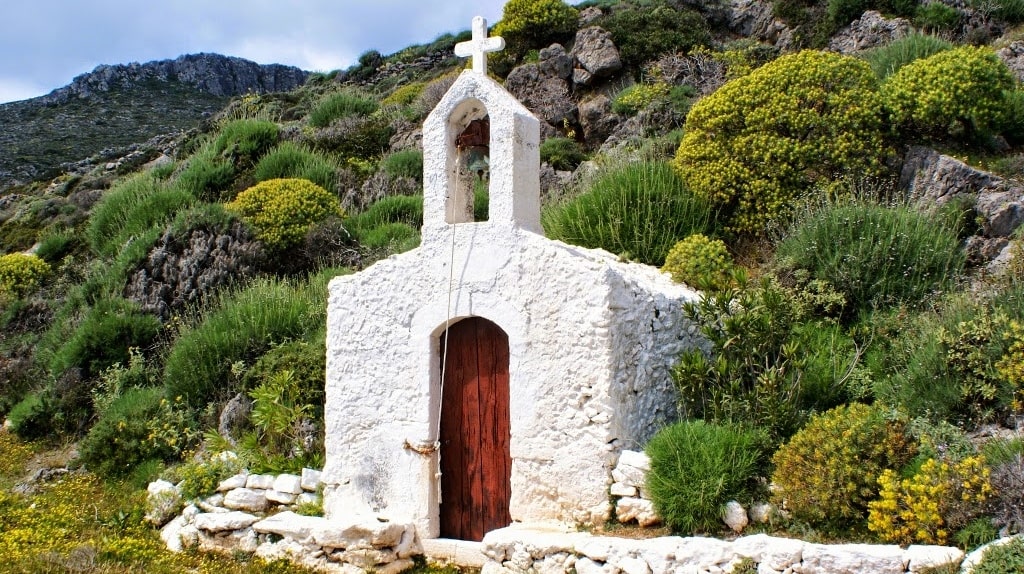
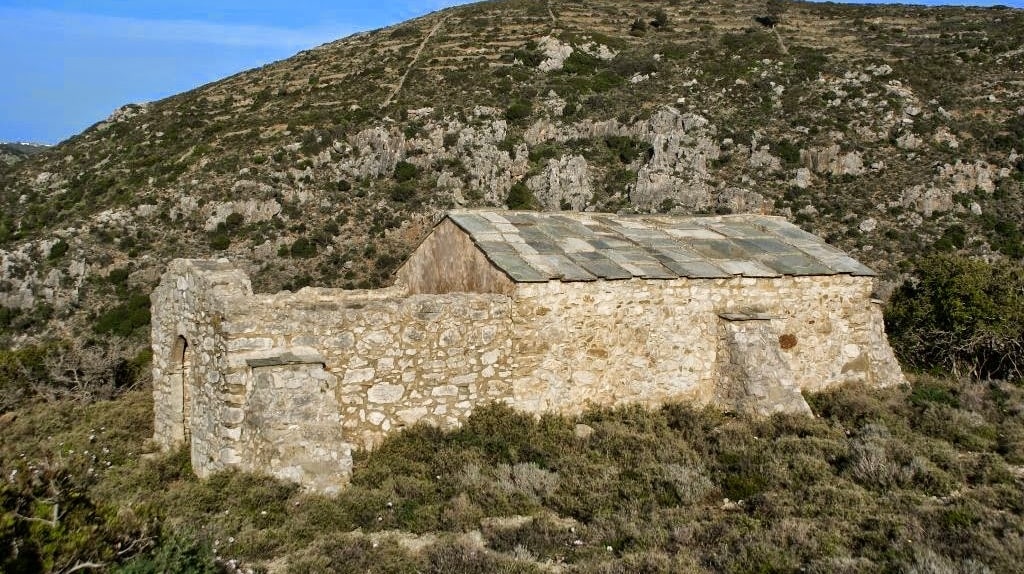
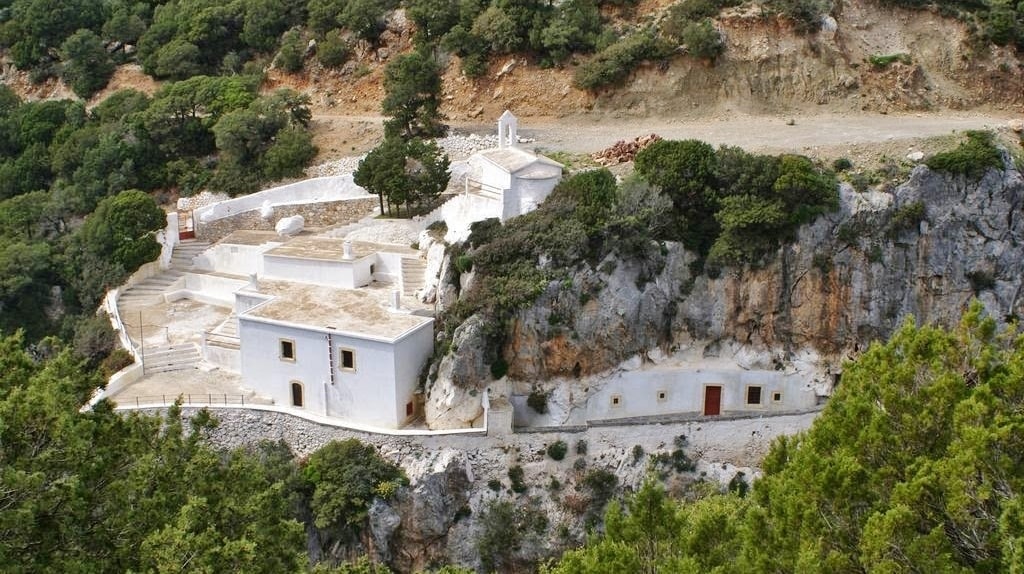

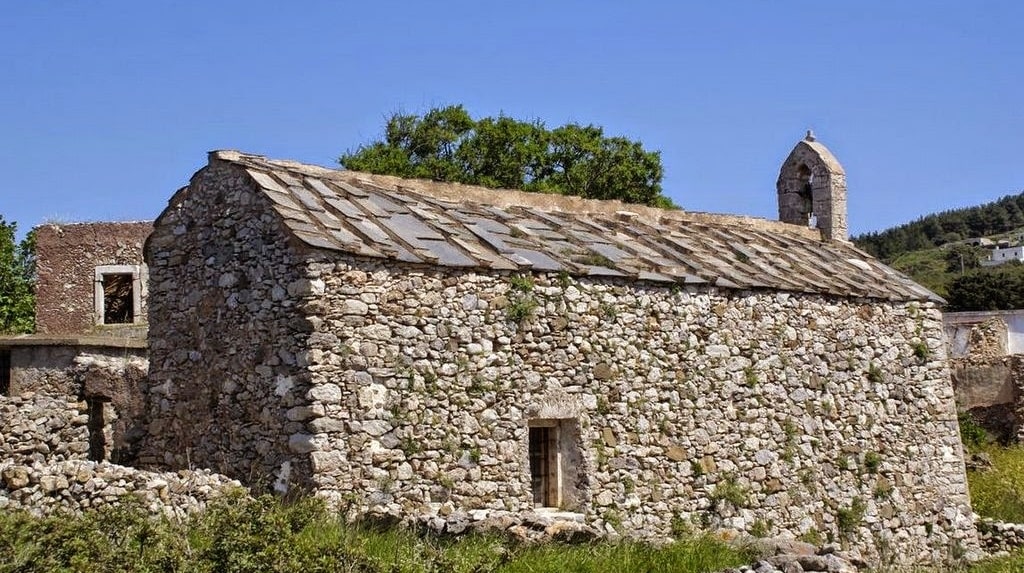
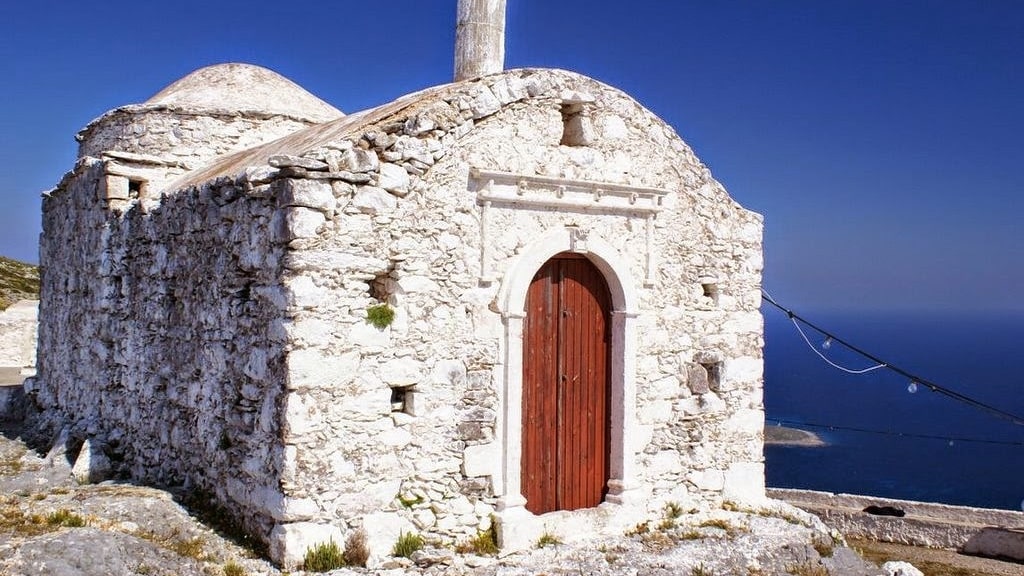
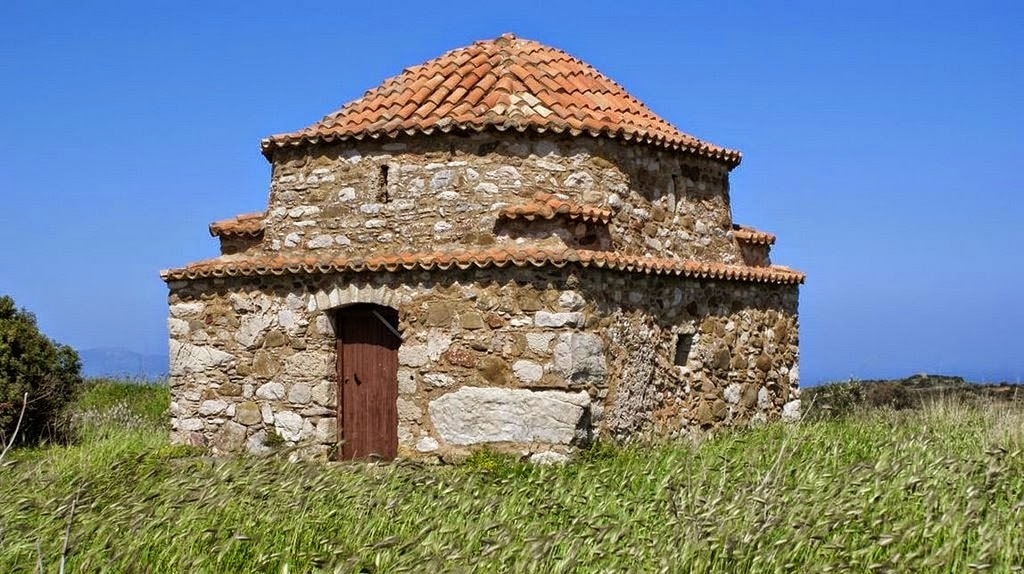
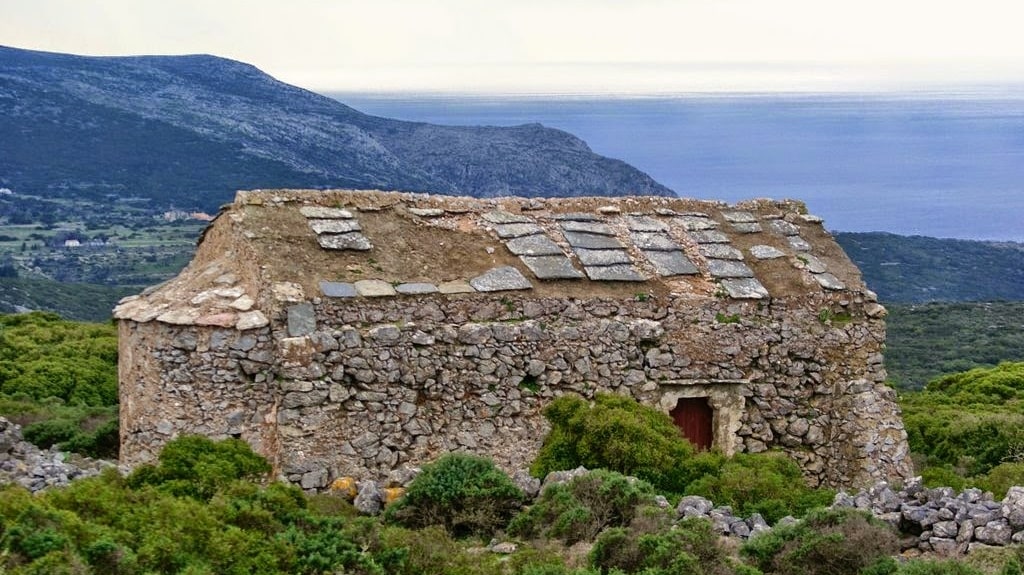
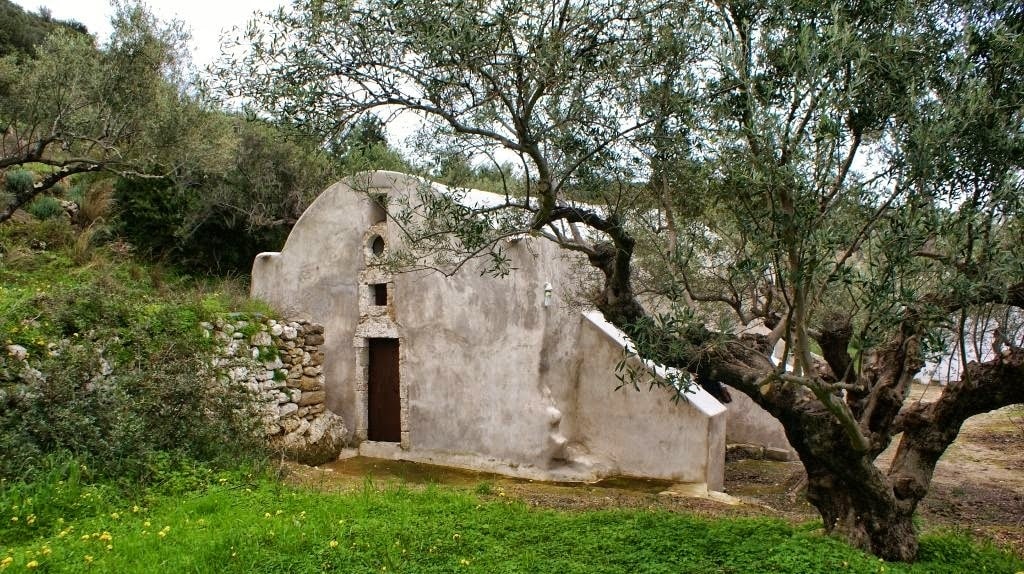
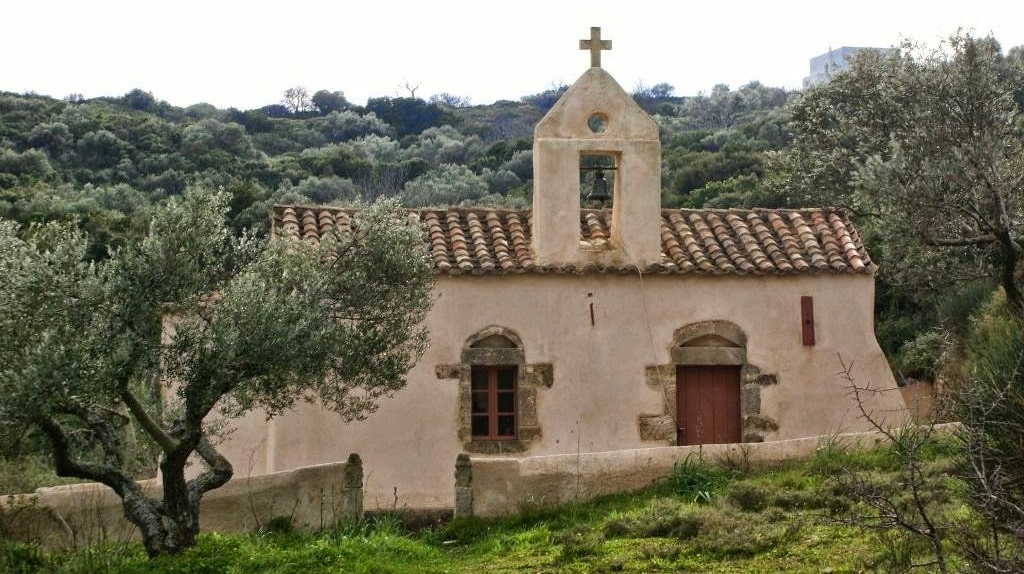
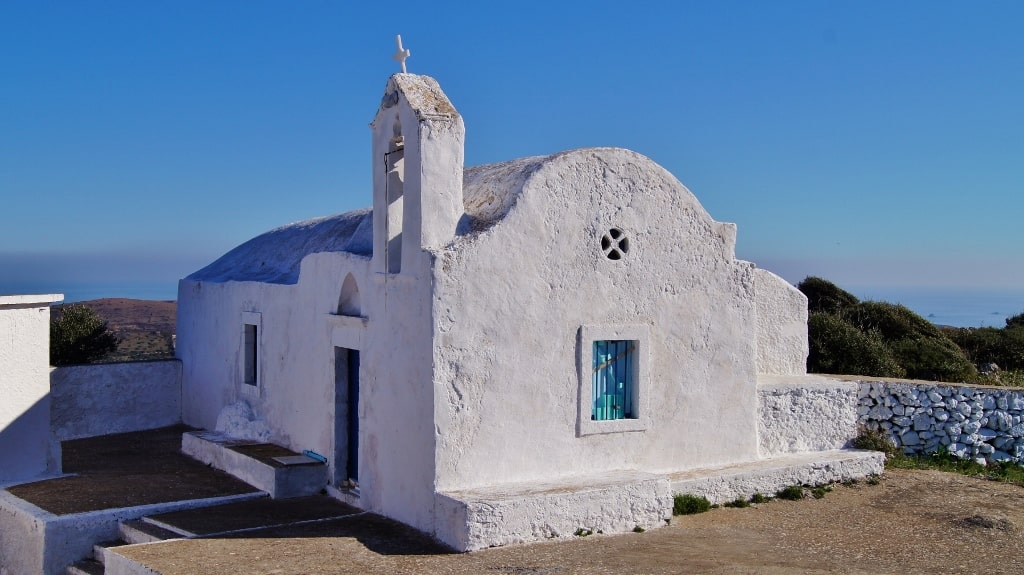

Nobody knows the exact number but probably there are about 400 old churches on the island. Mostly build between the 7 th and 15 th century. A lot of them are family owned, they are small and simple but with lovely architectural features and on unique locations. A special type of four-cornered church architecture is only found on Kythira, like Agios Nikon in Zaglanikianika. There are some beautiful Monasteries on the island of which Moni Myrtidiotissa and Osios Theodoros are the most important. Myrtidiotissa is opened every day and it should be on your list as a must-see attraction.
From the Epiphani (the dive for the cross) on 6 of January until Christmas. All year around visitors of Kythira are welcomed with open arms to join the locals in their many celebrations. Highlights are Potamos Sunday market, the Carnaval, Clean Monday in early Spring, the Easter parades in Avlemonas and Chora, Easter Sunday in Agia Pelagia, the Mitata Wine festival in August, the 12 May celebration at Osios Theodoros in Pitsinades, the 15 August Celebration in Myrtidiotissa Monastery, the Panagiria (Summer festivals), the end of Summer feast in Agia Pelagia and Ochi Day on 28 October.
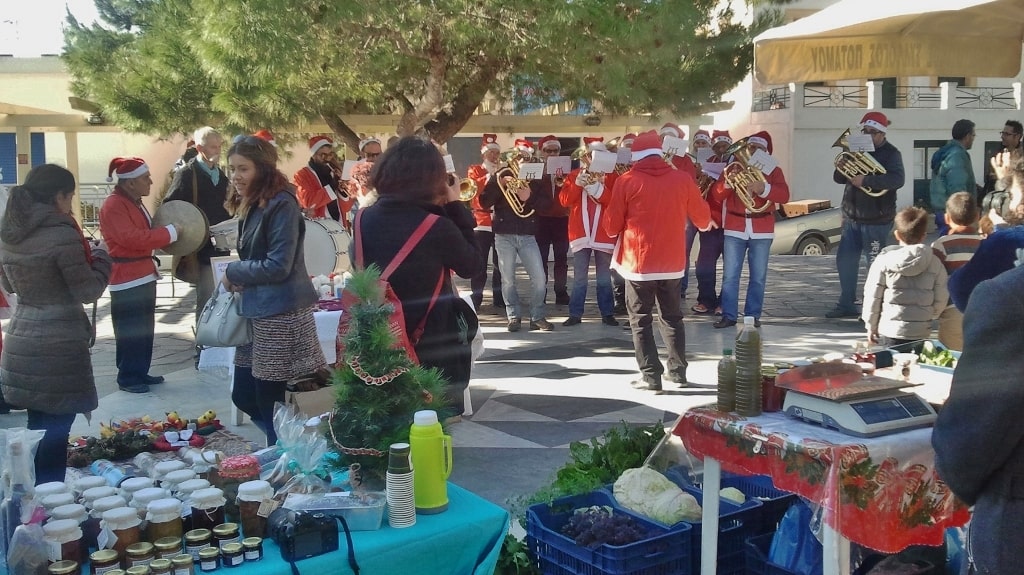
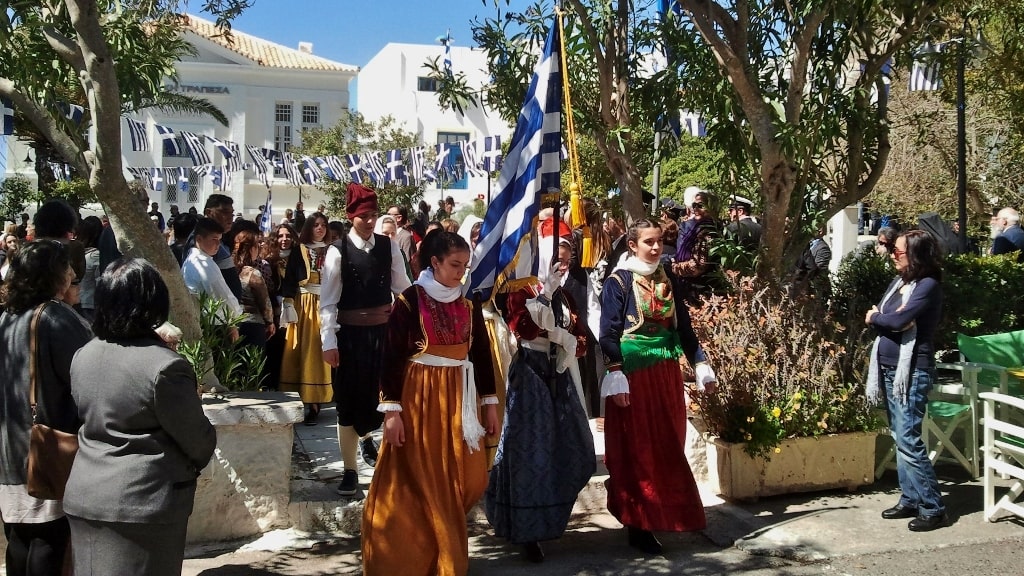
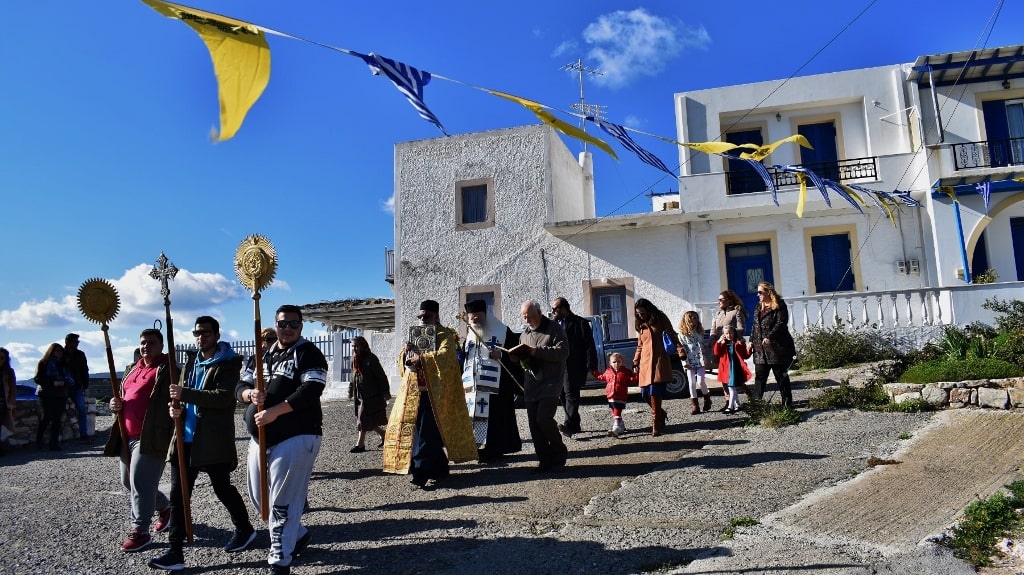
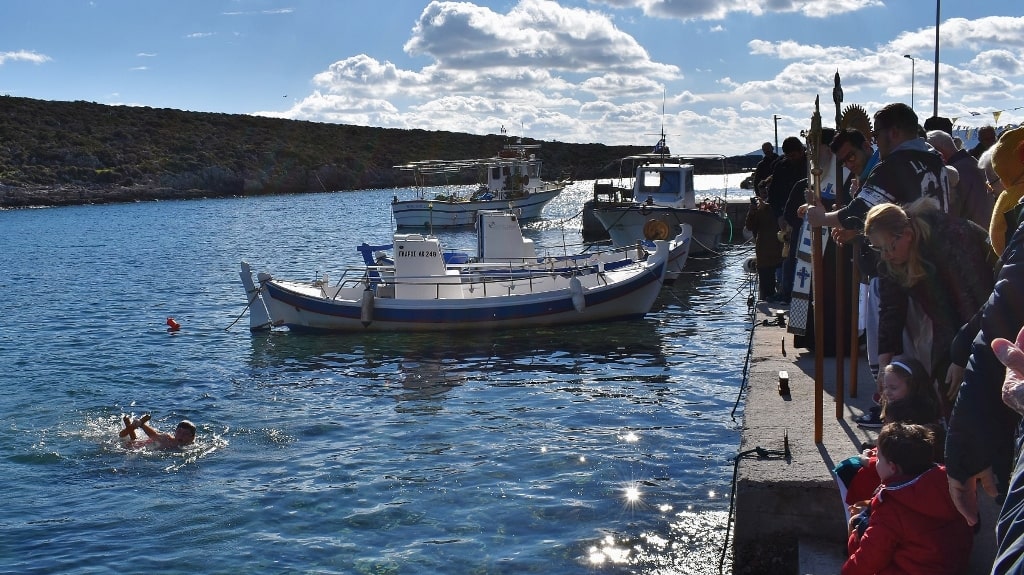
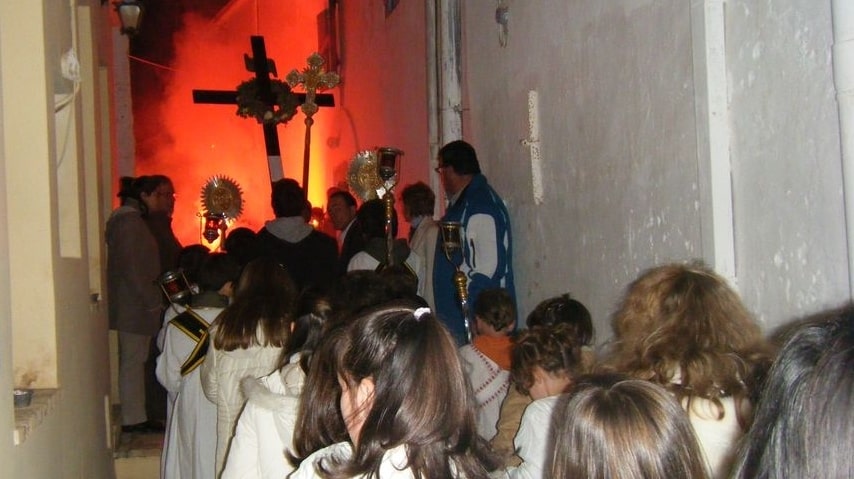
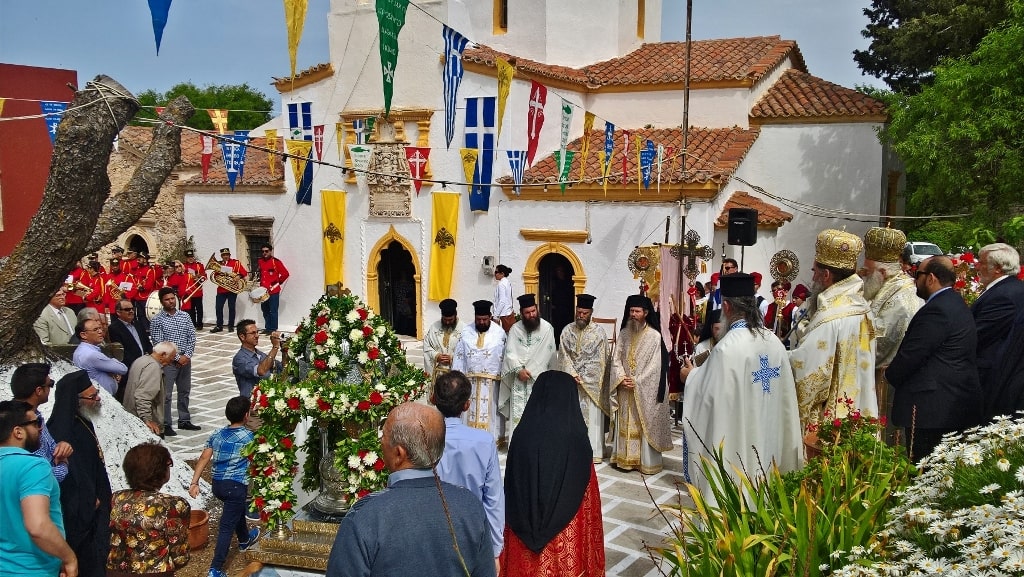

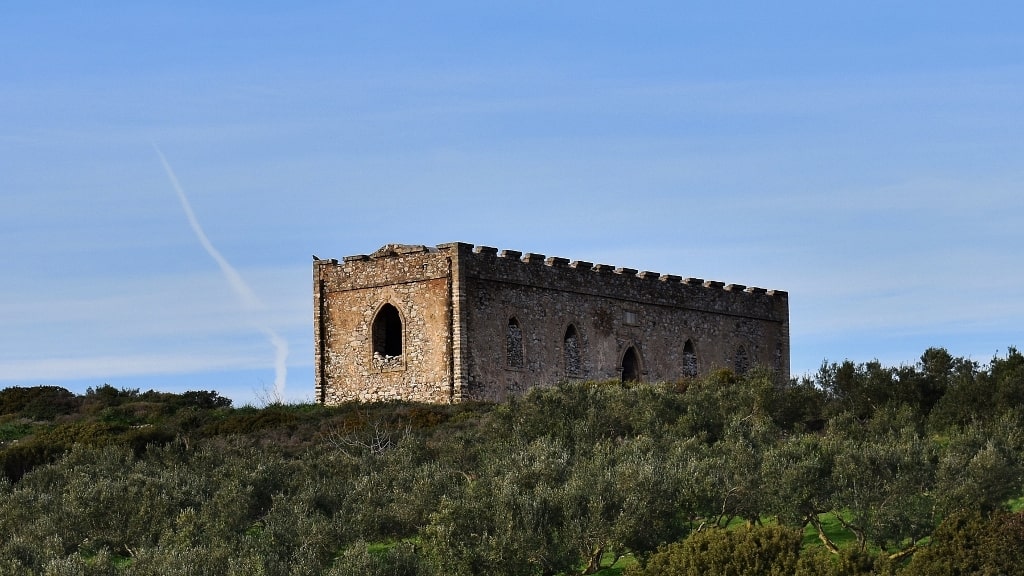
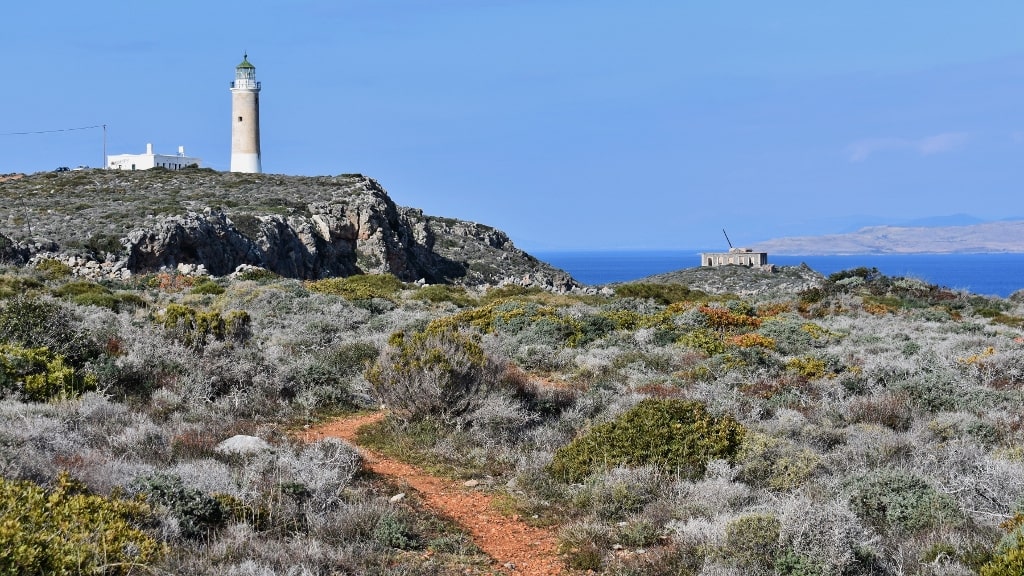
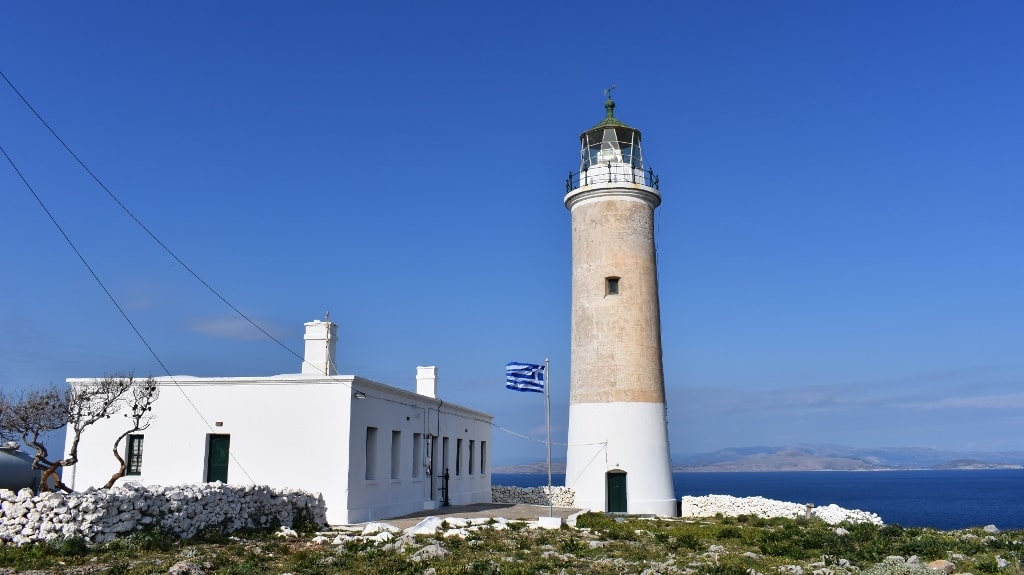

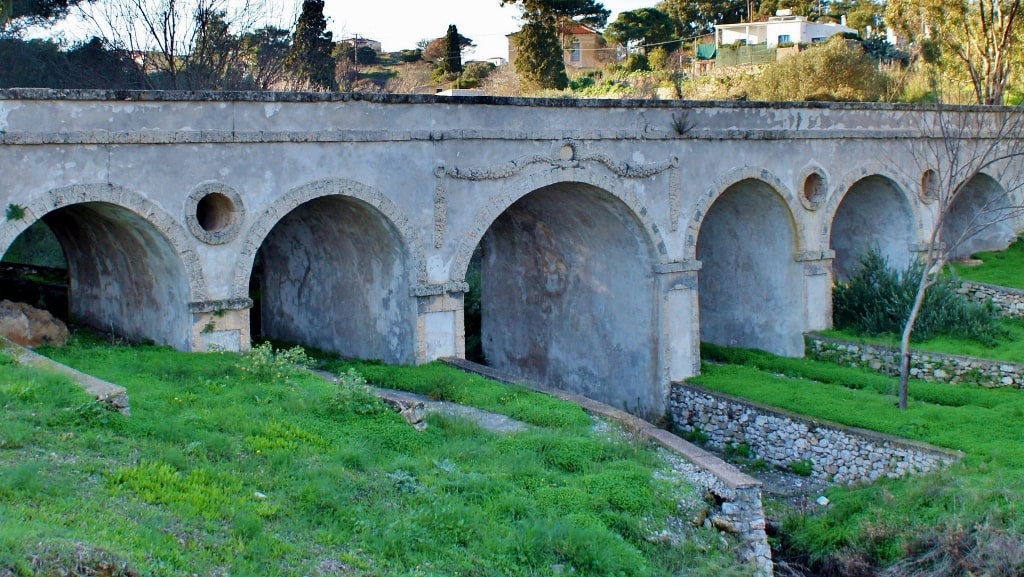
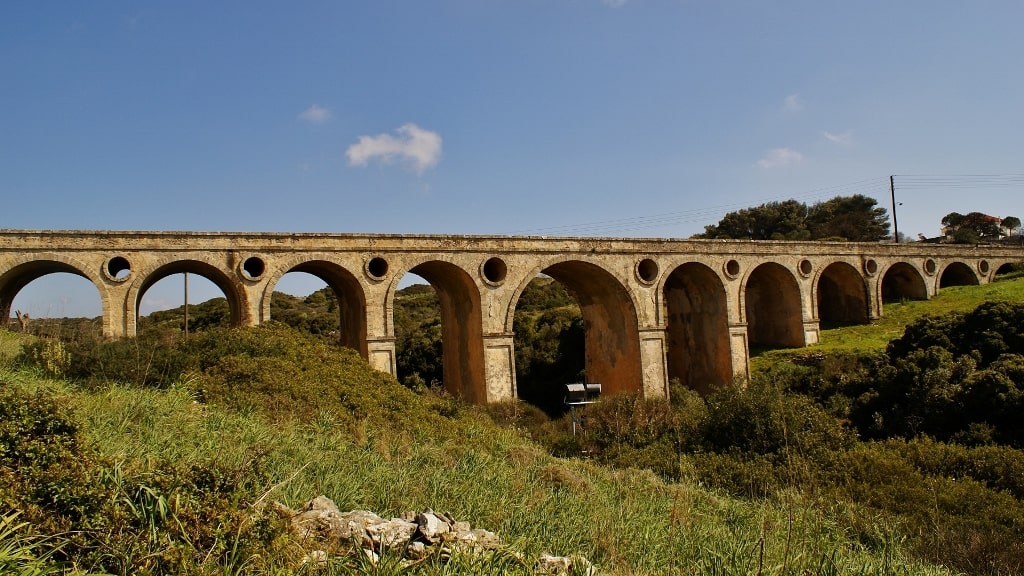

The British ruled Kythira from the beginning of the 19th century until 1864. In this relatively short period they carried out large scale public works, like an entire new road system, bridges, schools, the Lazaretto (a quarantine station for sailors), aqueducts, cisterns etc. Most of the structures are still standing and are examples of fine architecture. The most famous one is the Katouni bridge, which according to legend was build by a British officer so he could more easily reach his fiancée, who lived in Katouni on the other side of the valley.
Kythira is a mountainous island with many verdant valleys, waterfalls, springs and deep gorges. The island is a balanced combination of wild nature and cultivated fields. The protected valleys have already for centuries been used for cultivation of olive trees, vines and other fruit trees. The rest of the island is relatively green and mostly covered with unique Mediterranean shrubs, but also with cypress and pine forests . The large and beautiful Gerakari forest, full with pine and eucalyptus trees is absolutely worth a visit.

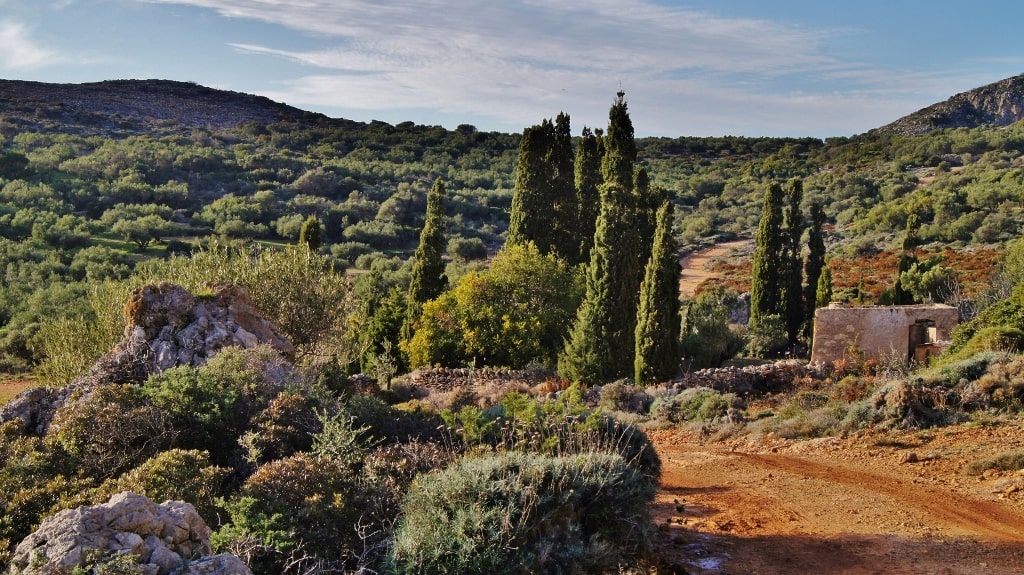
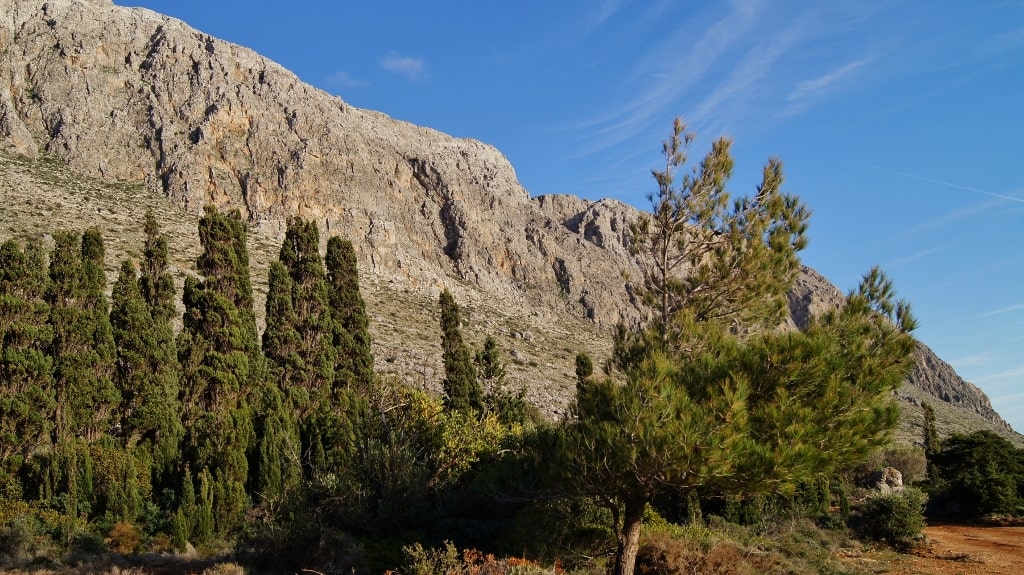
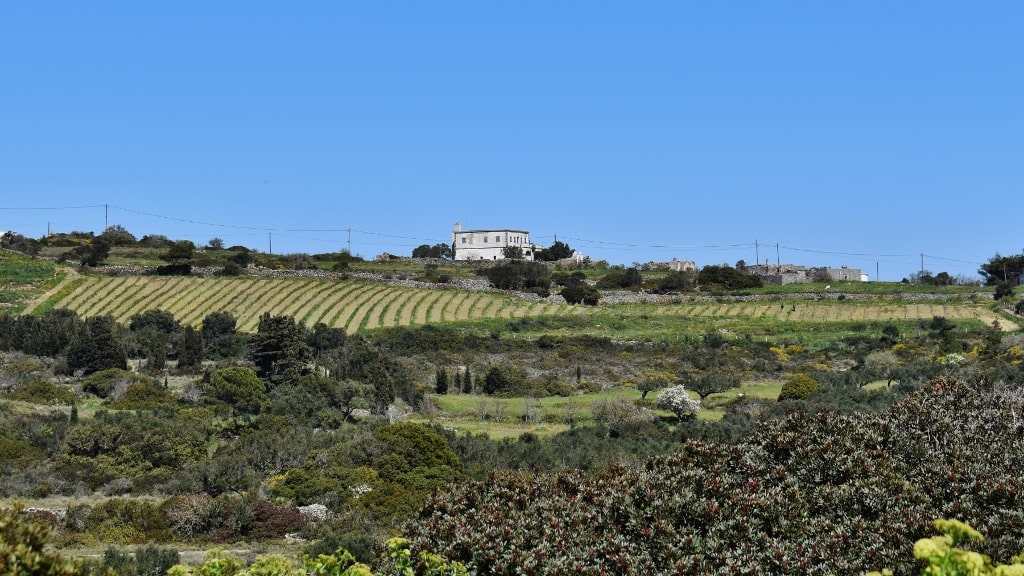
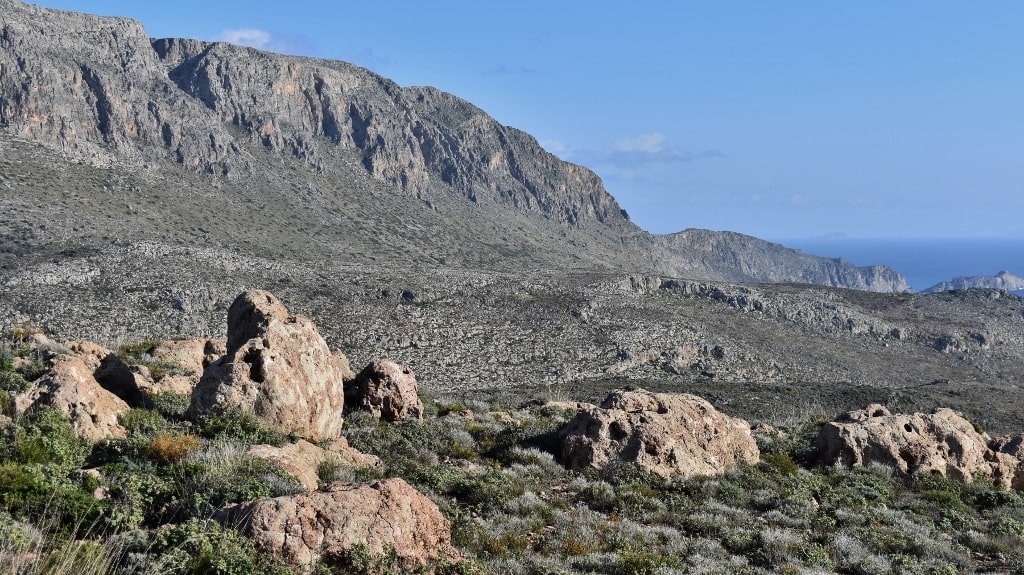
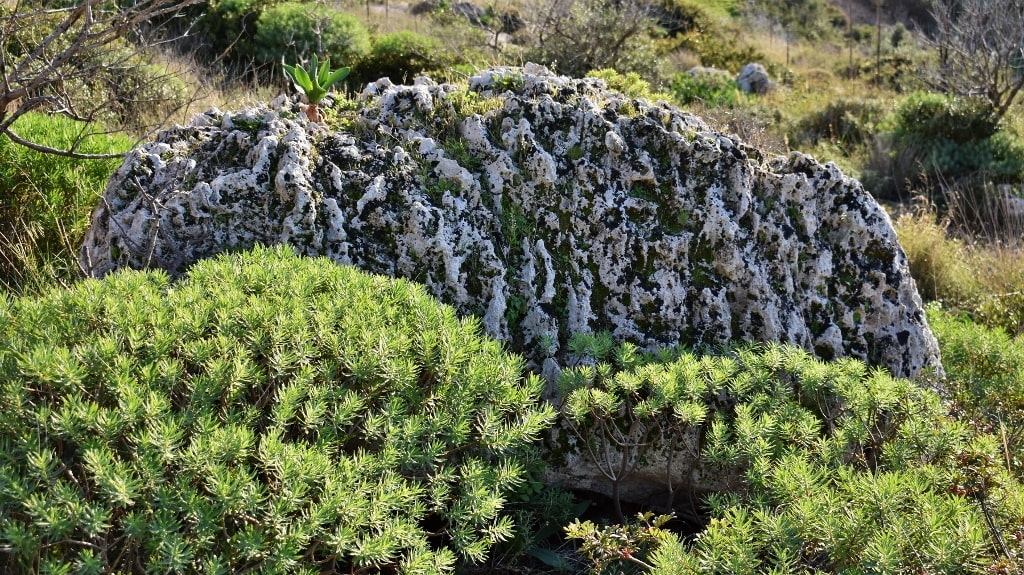


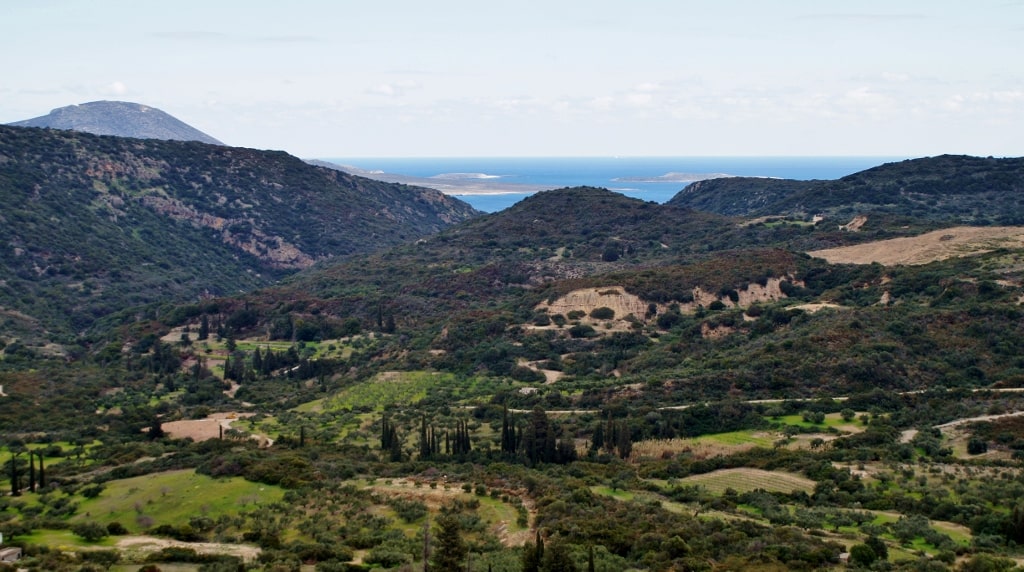
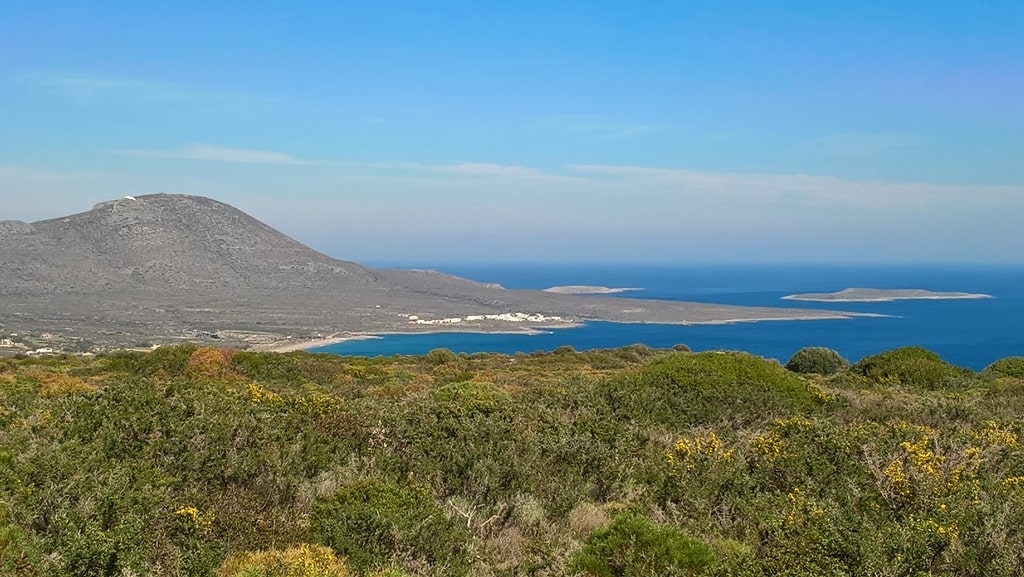
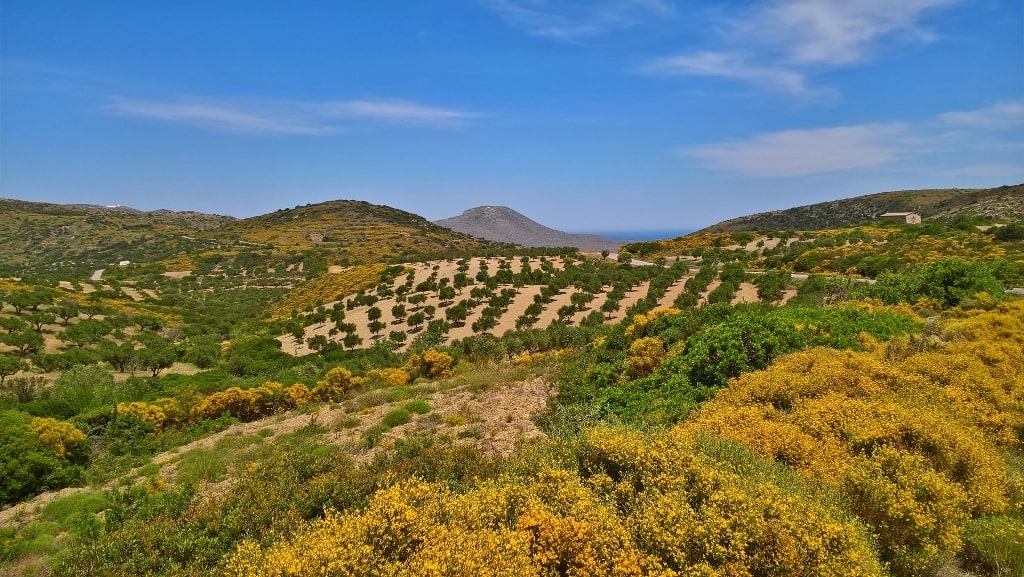
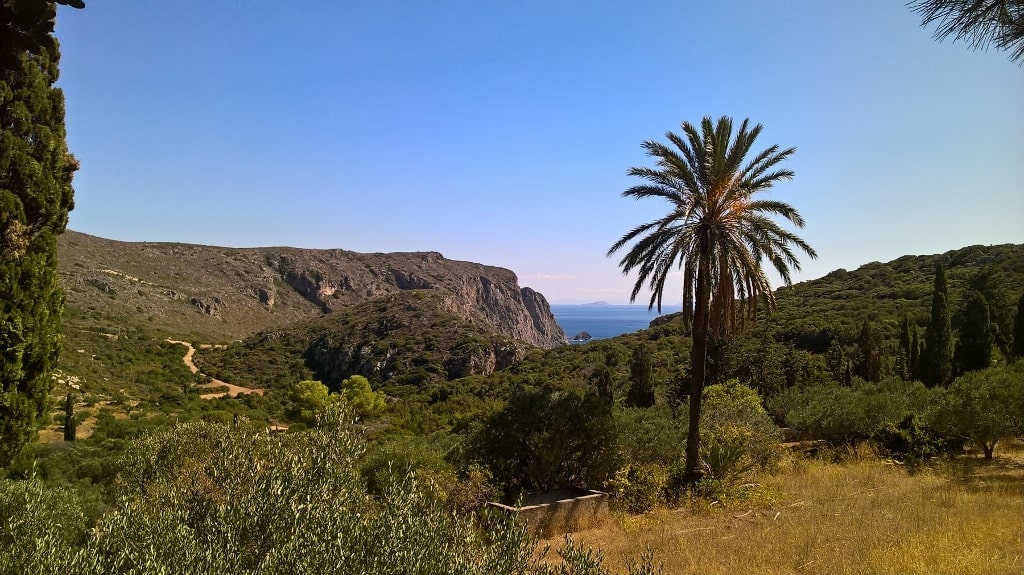


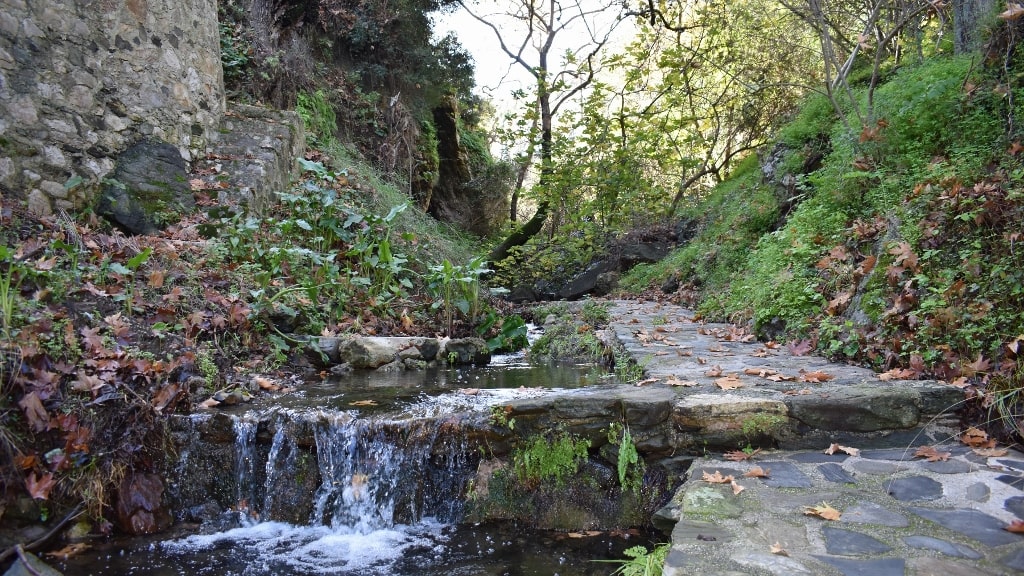

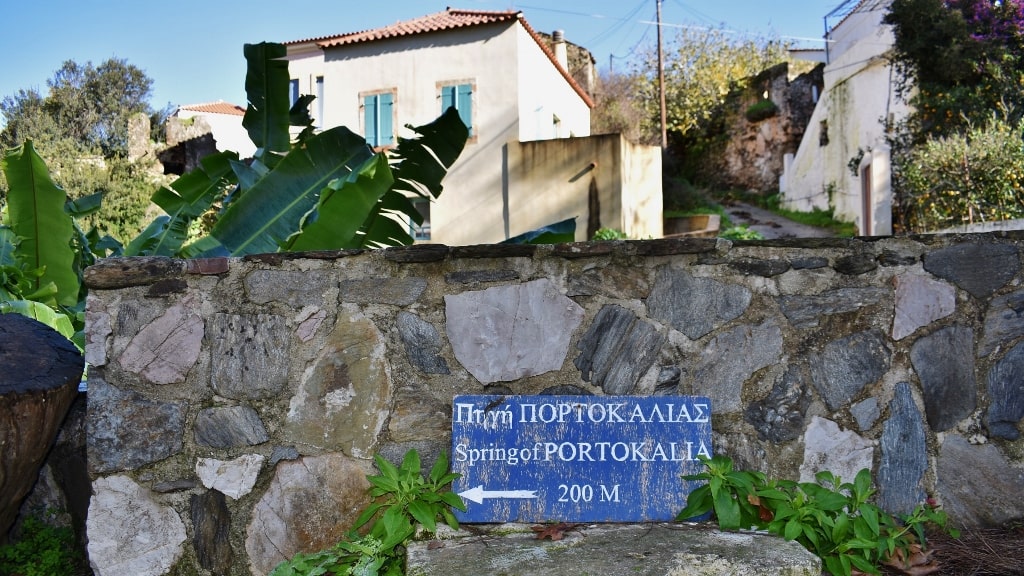

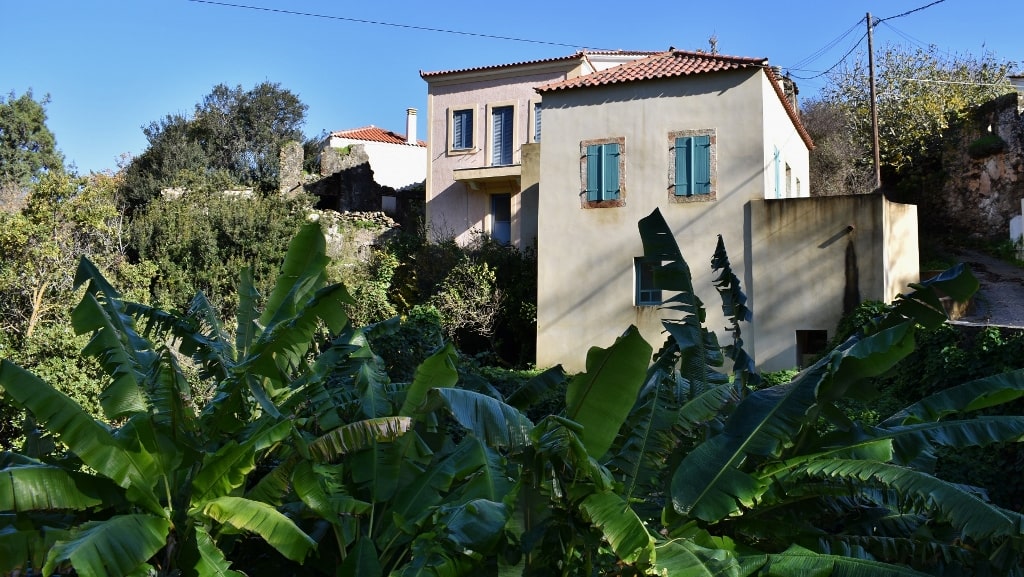
Karavas is a very charming and green village consisting of a collection of small settlements spread along a ravine. A stream, fed by many springs, cuts through the village. The area of Amir Ali is especially picturesque. From here you can hike along the riverbanks that are covered with lush vegetation, like banana trees and other exotic fruit. The nearby Portokali spring is named after a huge orange tree, which was loaded with oranges. There were so many that they were even exported to Athens.
A great way to get to know more about the history and culture of Kythira is to visit the museums. The Archaeological museum in Chora was heavily damaged by an earthquake and reopened 2016. It is small but very interesting and houses some of the most important finds from excavations on Kythira and Antikythera dating back to 6500 BC. In the castle of Chora you can visit the Permanent Exhibition of Coats of Arms and the Byzantine museum in Kato Livadi
exhibits a fine collection of Byzantine works of art.
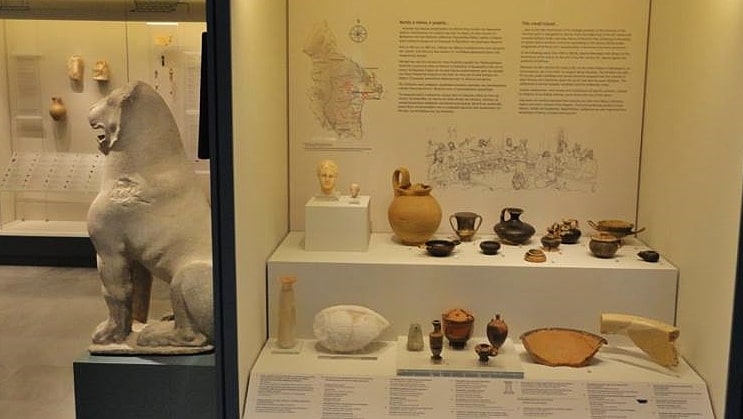

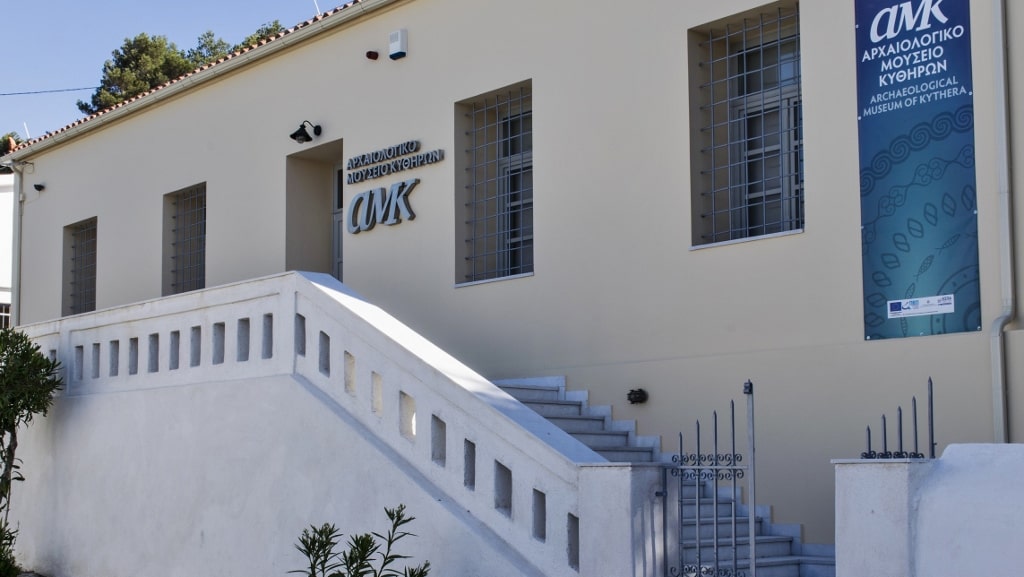
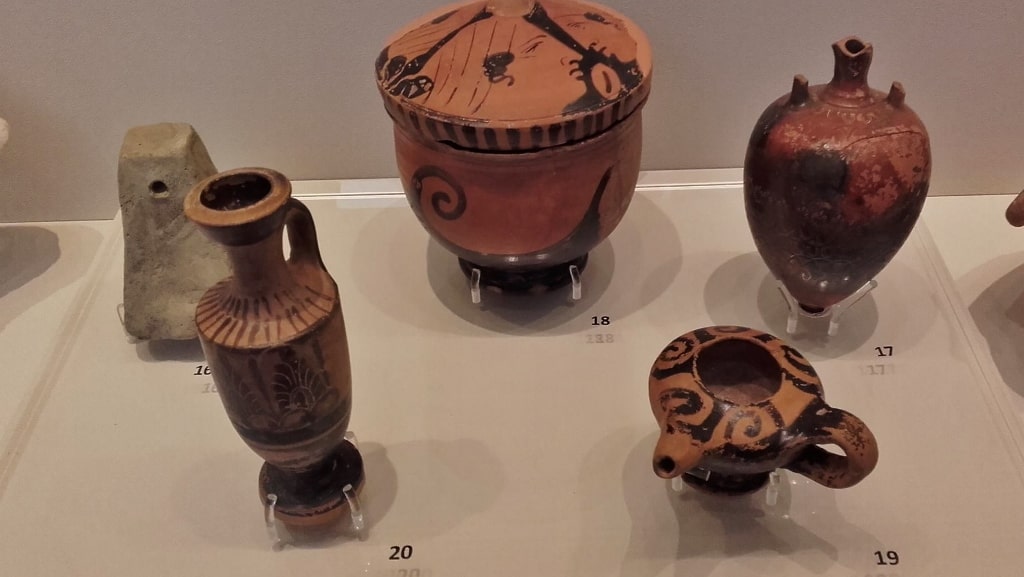
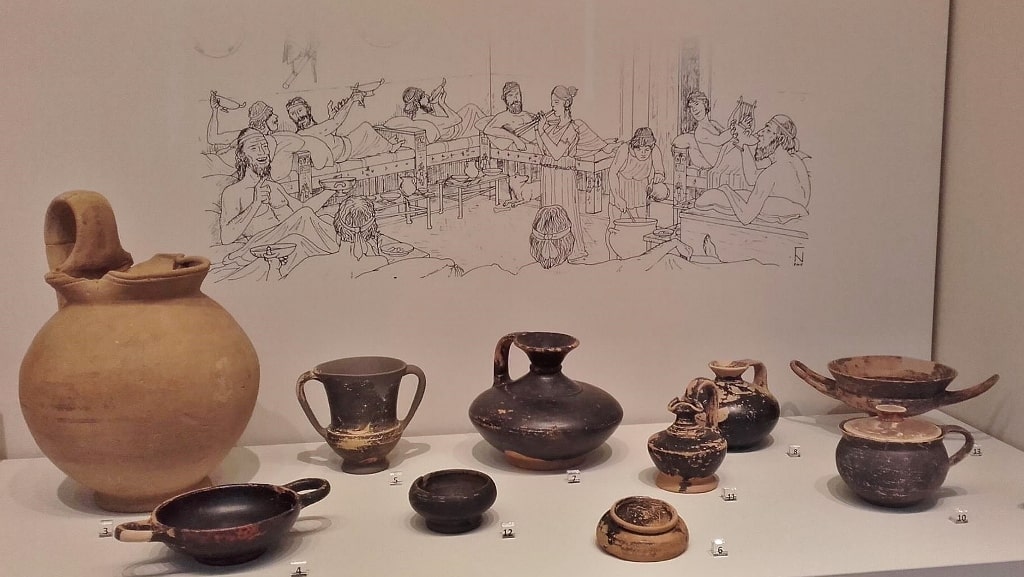



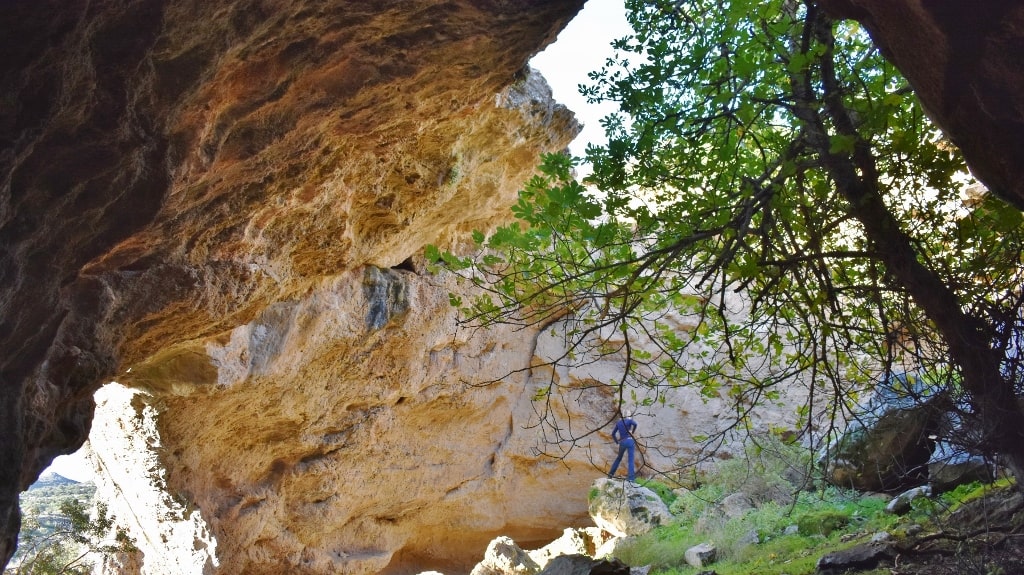
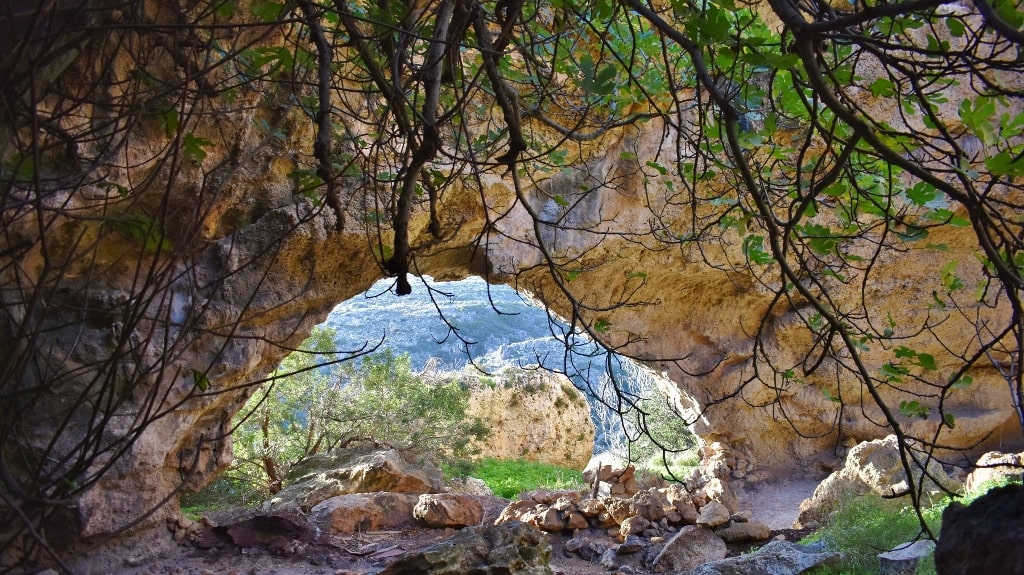

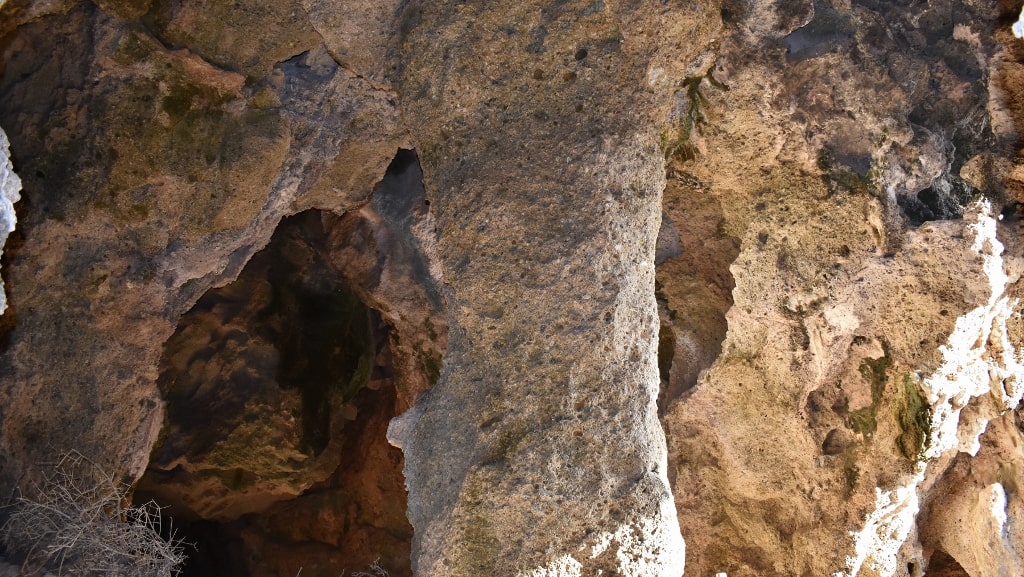
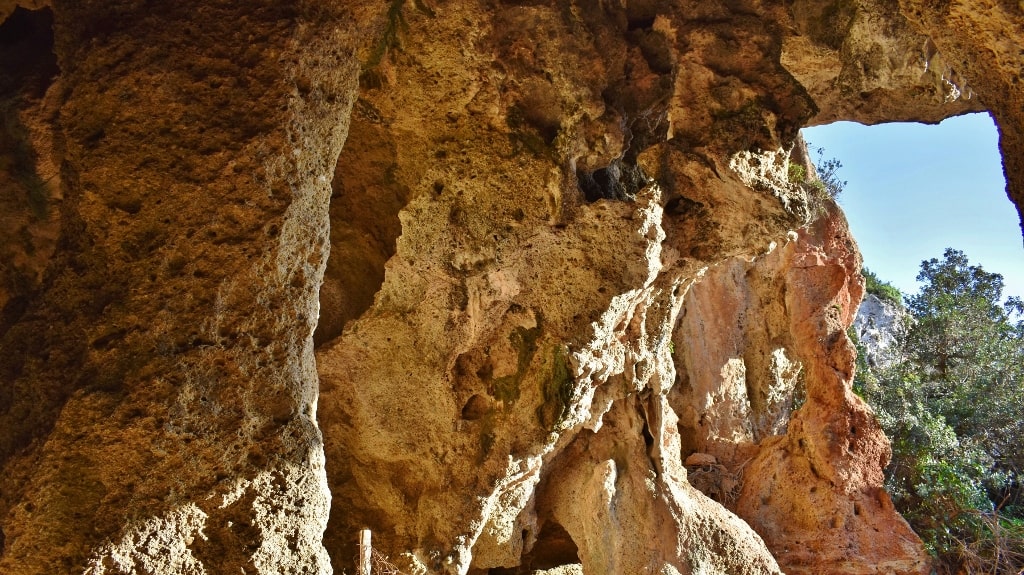
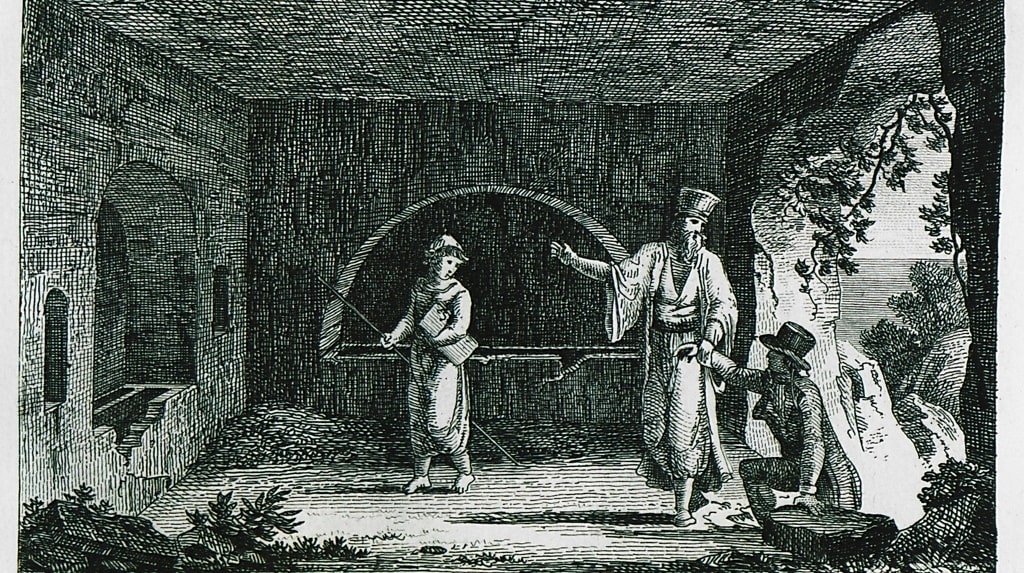

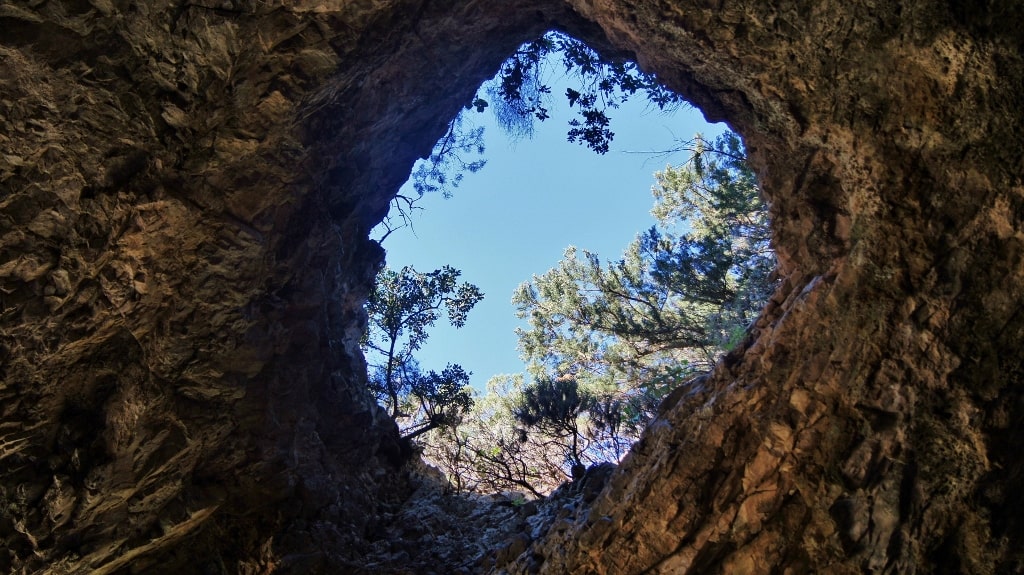
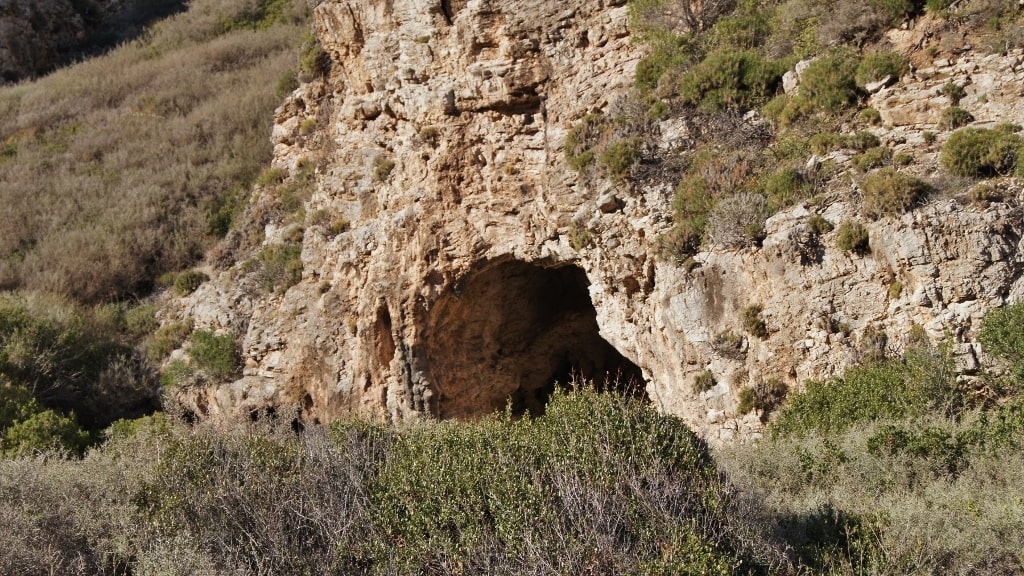
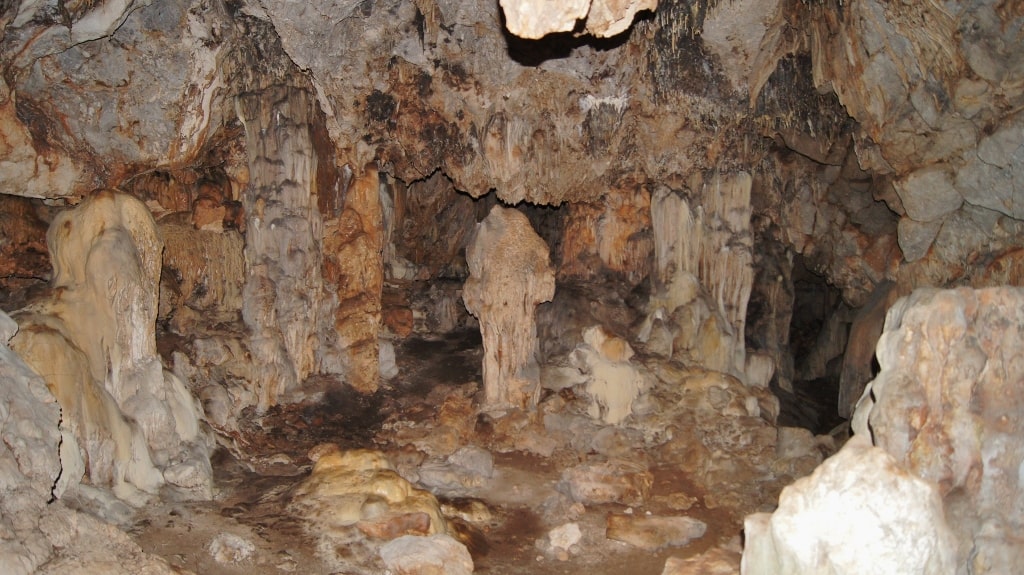

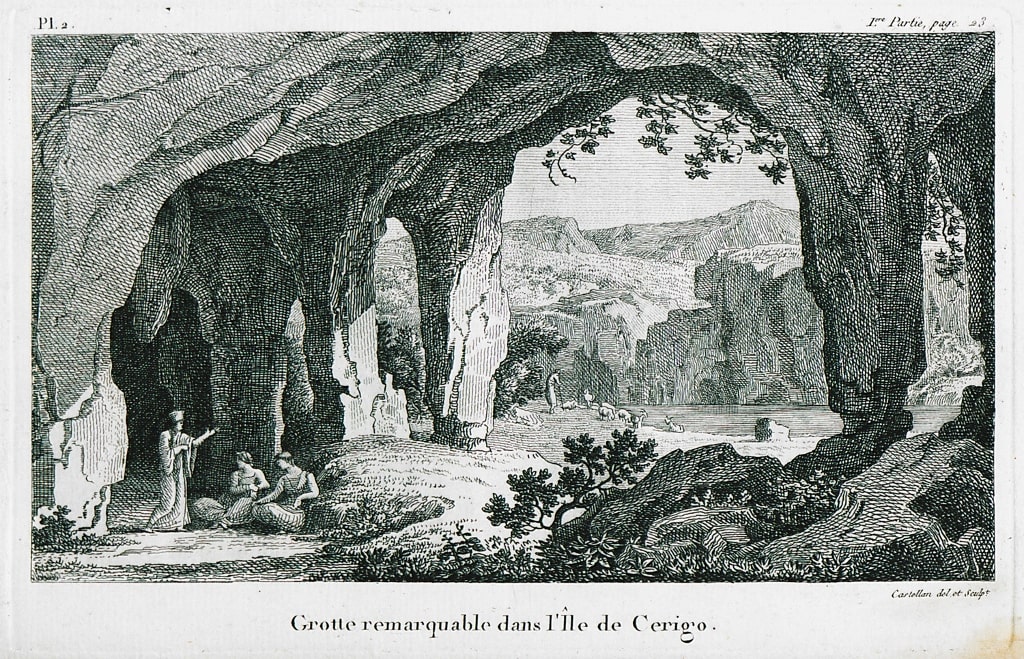
Kythirian Ioannis Petrocheilos already conducted speleological research on Kythira from the 1930’s on. He was the first one in the whole of Greece to do this in a professional way. The caves were used as animal barns, tombs or to house churches.
There are many church caves. Three of them have the same name, Agia Sofia, and they are all worthwhile visiting. Legend has it that the 3 caves are connected underground. Once a cat has been seen entering the cave in Mylopotamos and coming out again in Kalamos. The cave in Myloptamos can only be visited in the Summer, with a local guide.
Kythira has many beautiful beaches. Places like Kaladi, Kombonada, Melidoni, Fyri Ammos, Chalkos, Lykoudimou and Fourni are well known and relatively easy to access. But if you want to escape the hotspots you can also find a lot of unknown and hidden beaches. Real gems that can only be reached by hiking, swimming or by boat. Have you ever heard of Fanakopia, Ammoutses, Kyriakoula or Vlychada? If you are willing to make the effort, these pristine and deserted beaches are just waiting to be discovered!
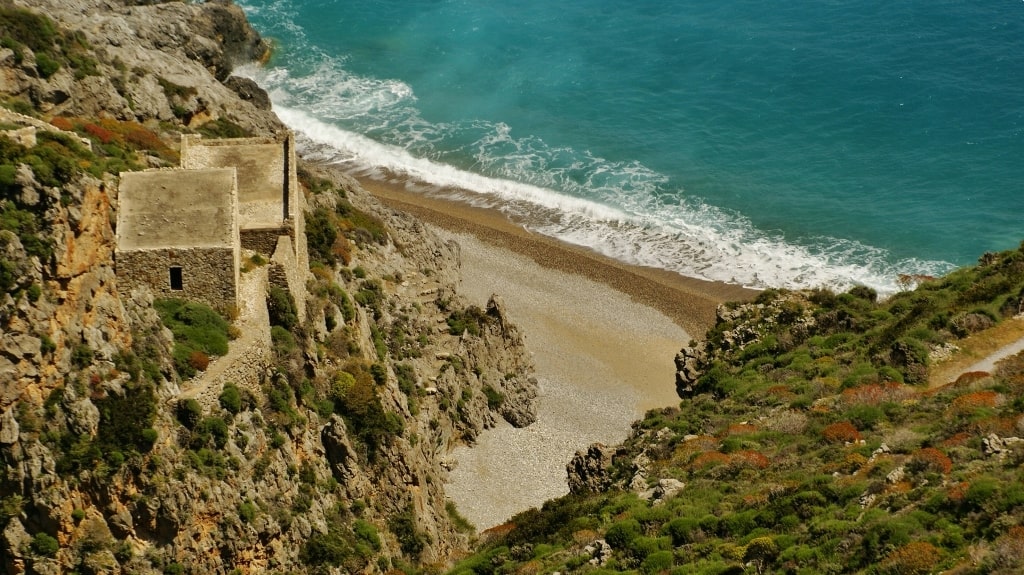
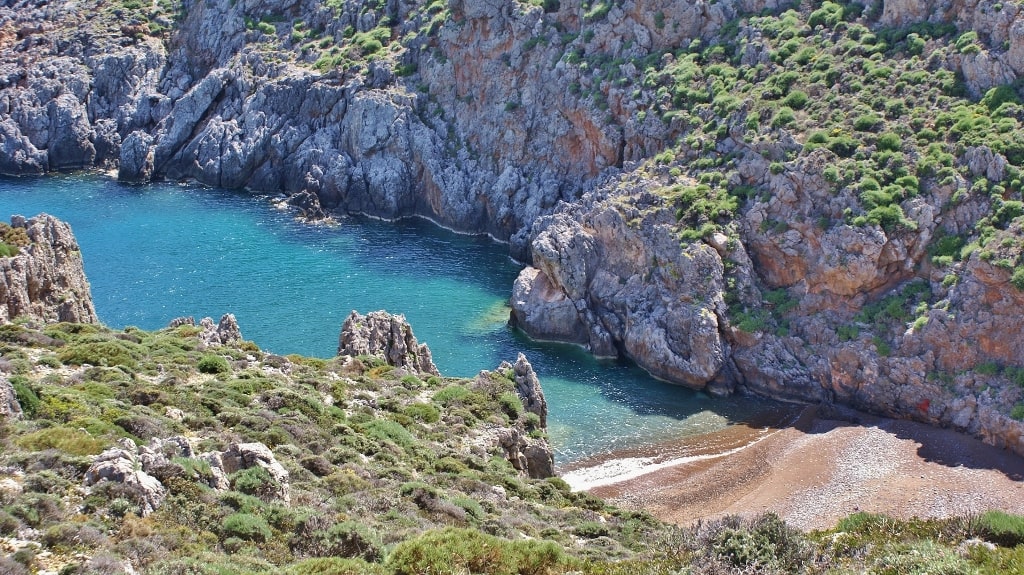
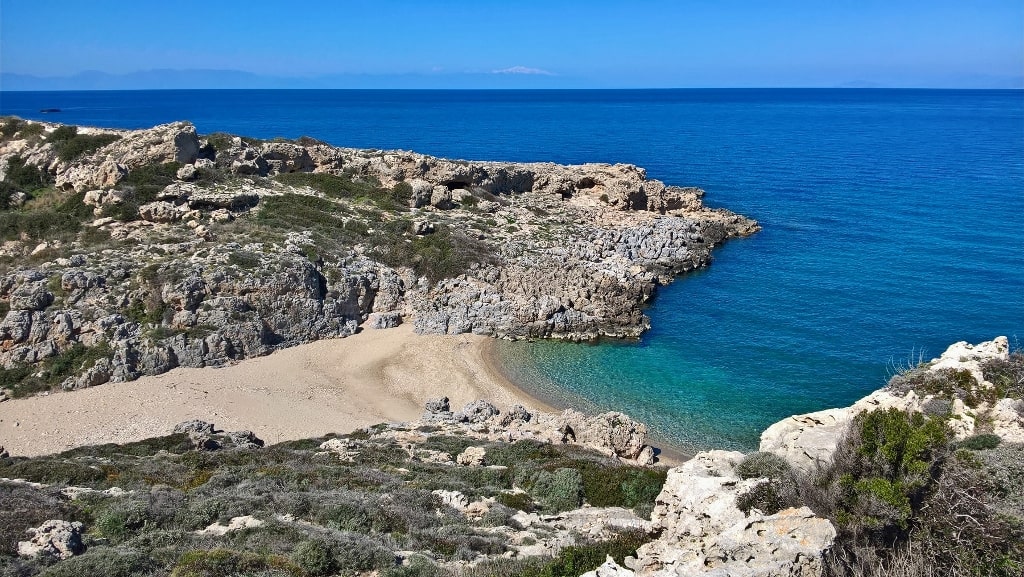
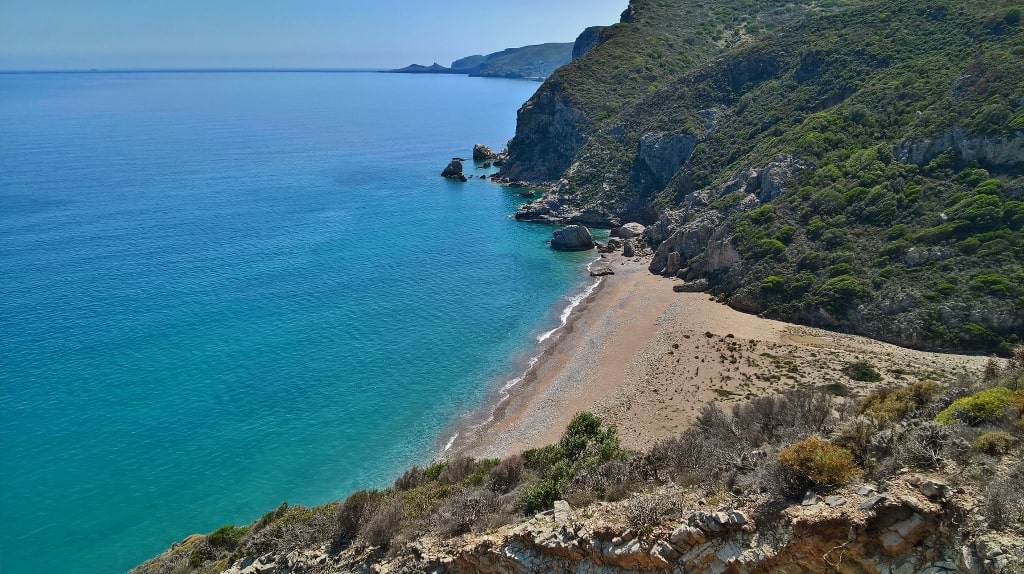
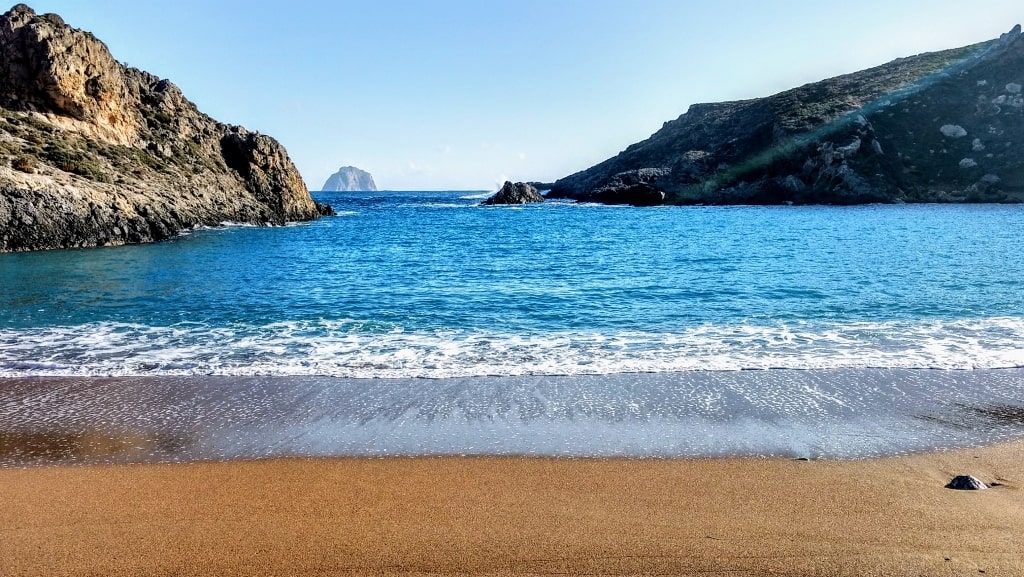
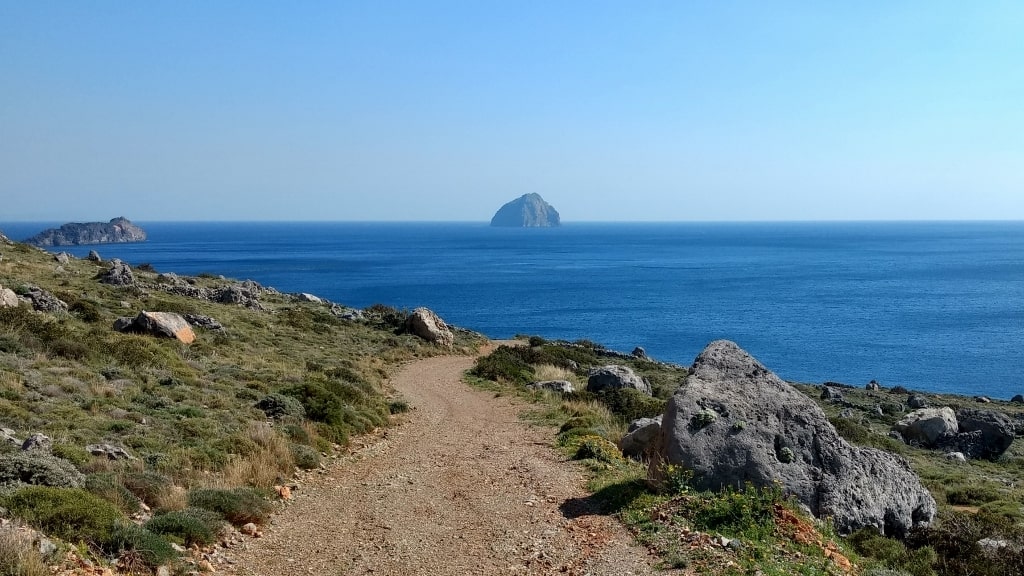

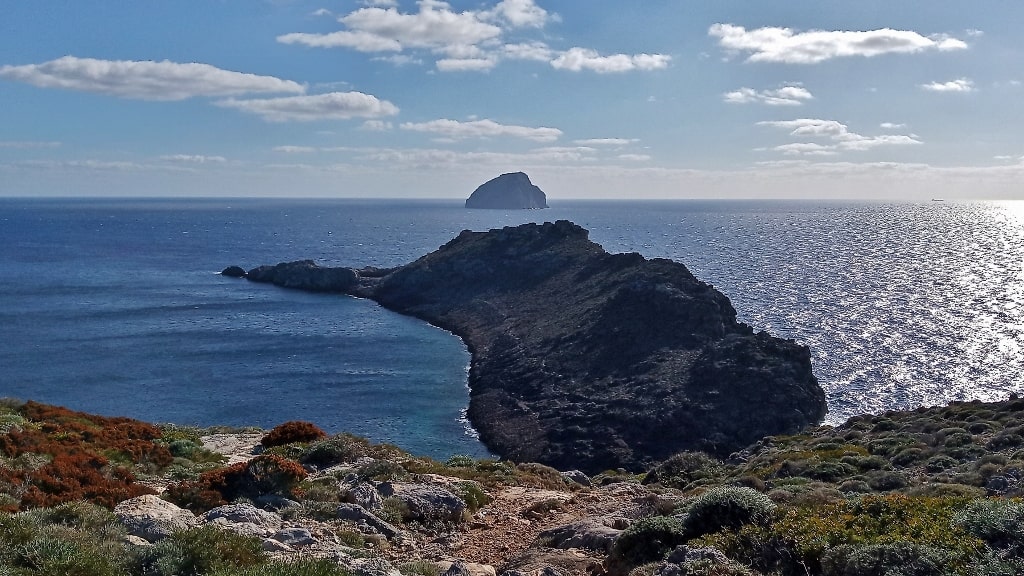
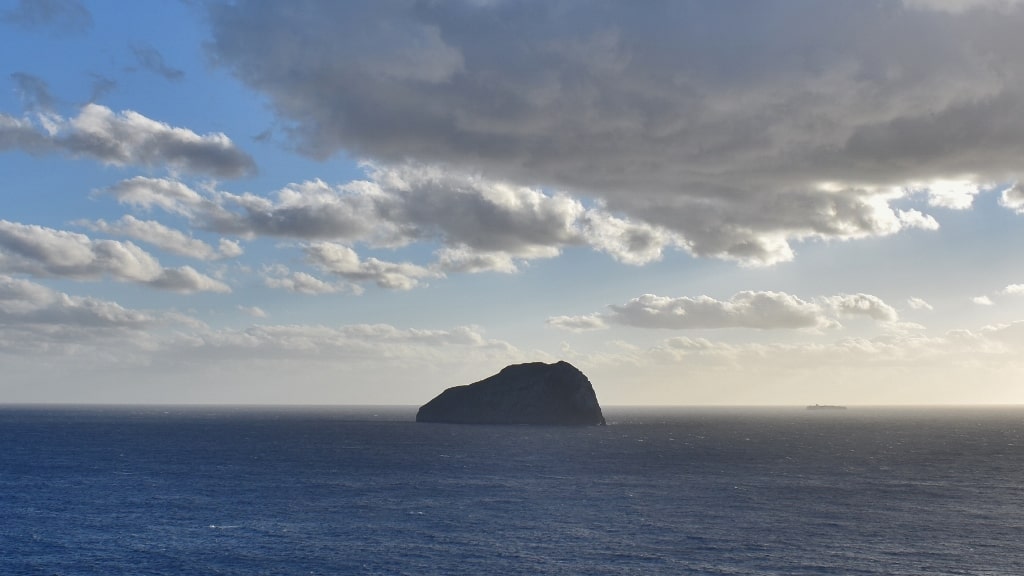
The tiny island Chytra is located just south of Kythira. Chytra (meaning ‘cooking kettle’) derives it’s name from the mist coming up around the island mostly in the Winter and giving the impression of a kettle boiling over. It is the place where the famous everlasting Sempreviva flower is collected. But the highlight of the island is the impressive sea cave on the west side. In the Summer the Glass bottom boat sails a few times per day to Chytra and you will be able to enjoy a swim inside the cave in the bluest water you will ever see. Take the trip at the end of the day when the sun shines into the entrance of the cave and creates a fountain of colors.
The many traditional settlements of Kythira are all located in the central plateau of the island, far away from the dangerous coastline. Inside these villages you will find numerous fine examples of local architecture. The North is clearly influenced by the Peloponnese, while the houses in the South are more build in Cretan style. Venetian influences can be found all over the island.
Explore the villages by foot and you will be surprised by the many architectural details like arches, chimneys, woodovens, winepresses, stairways and flowerboxes.

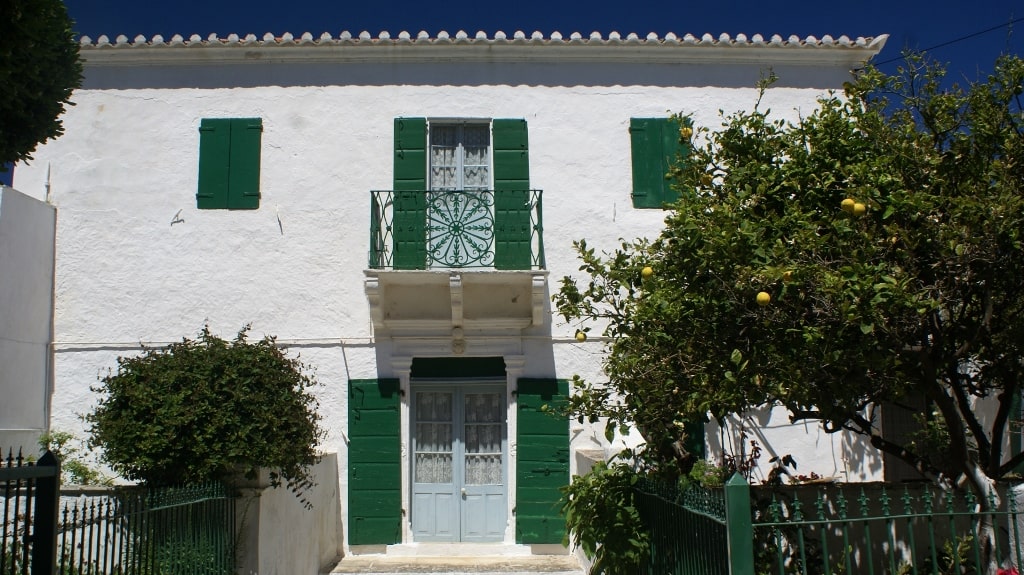
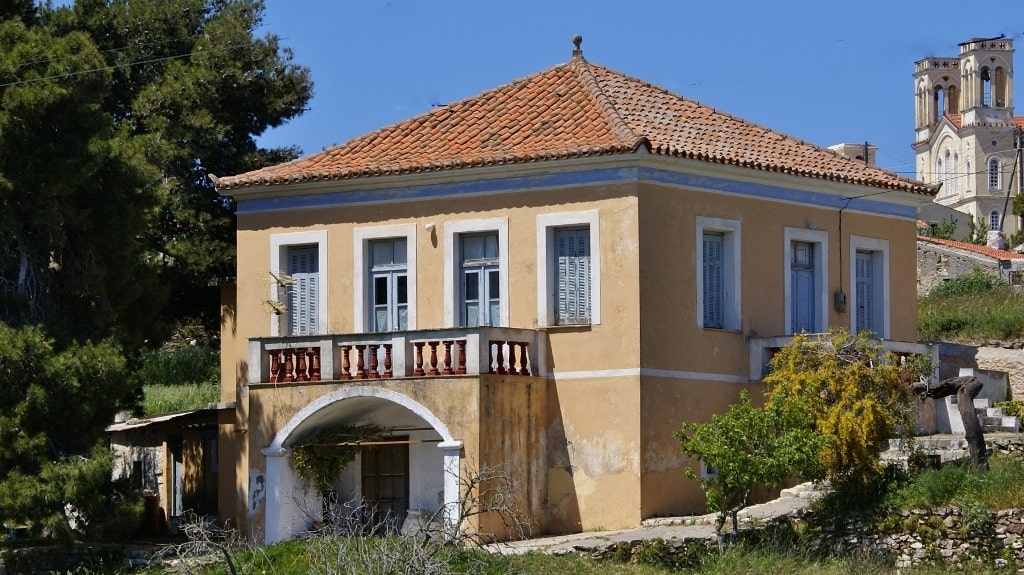
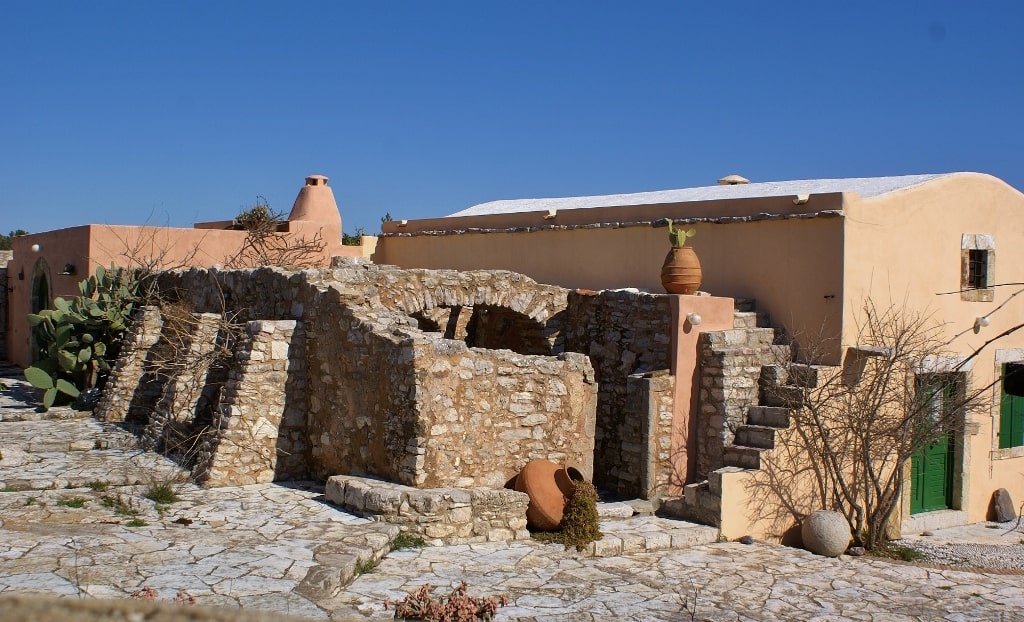
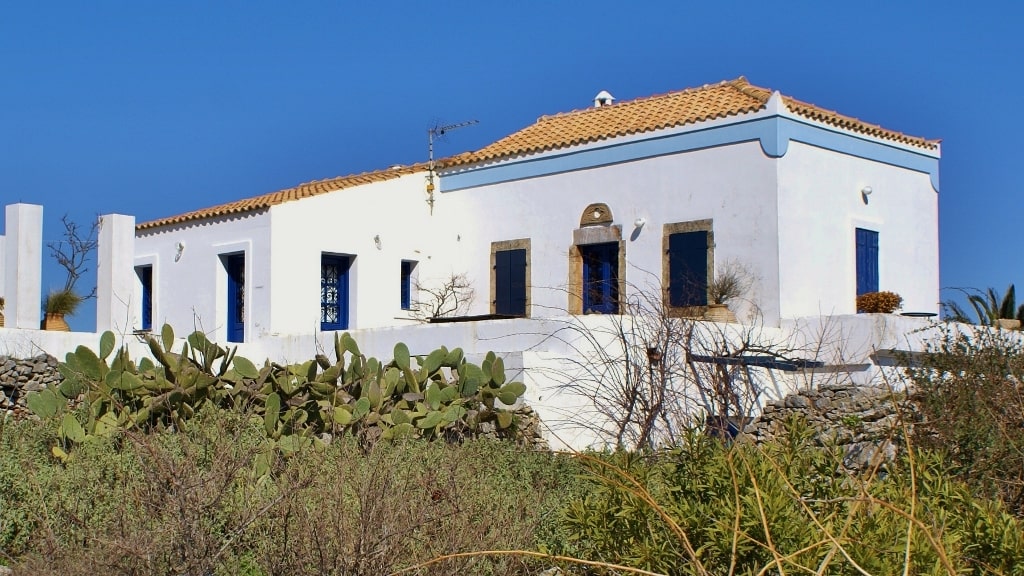
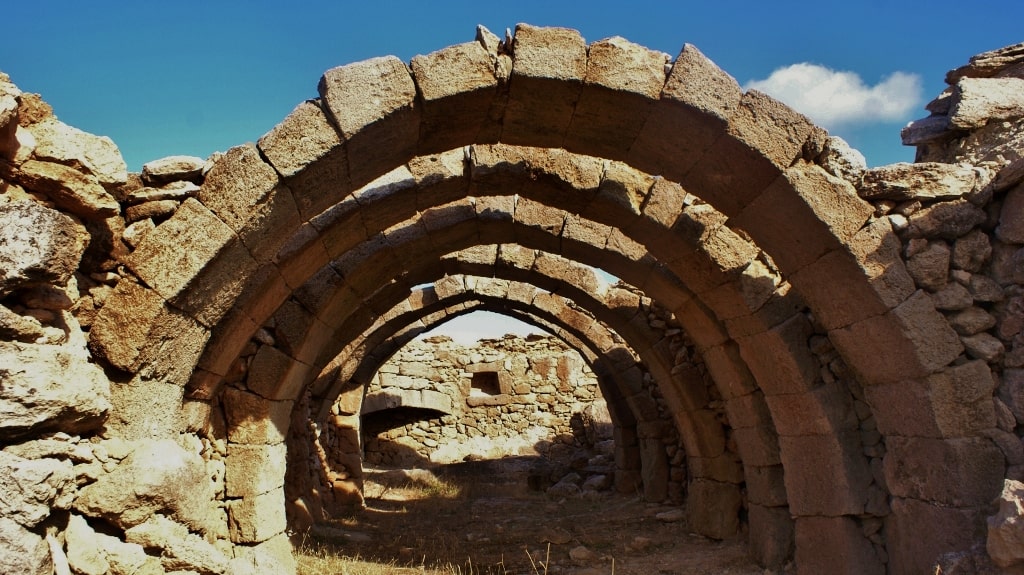

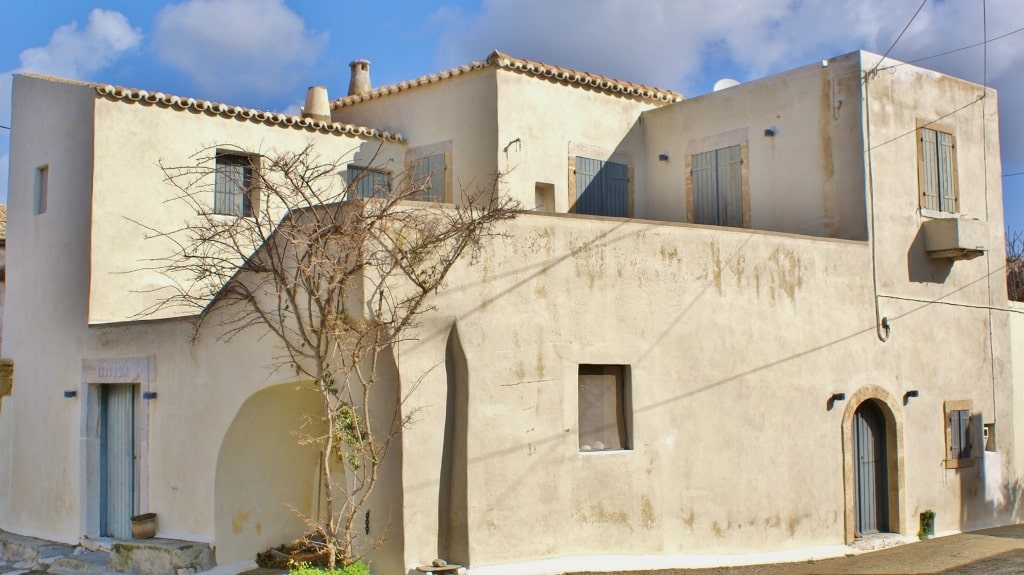
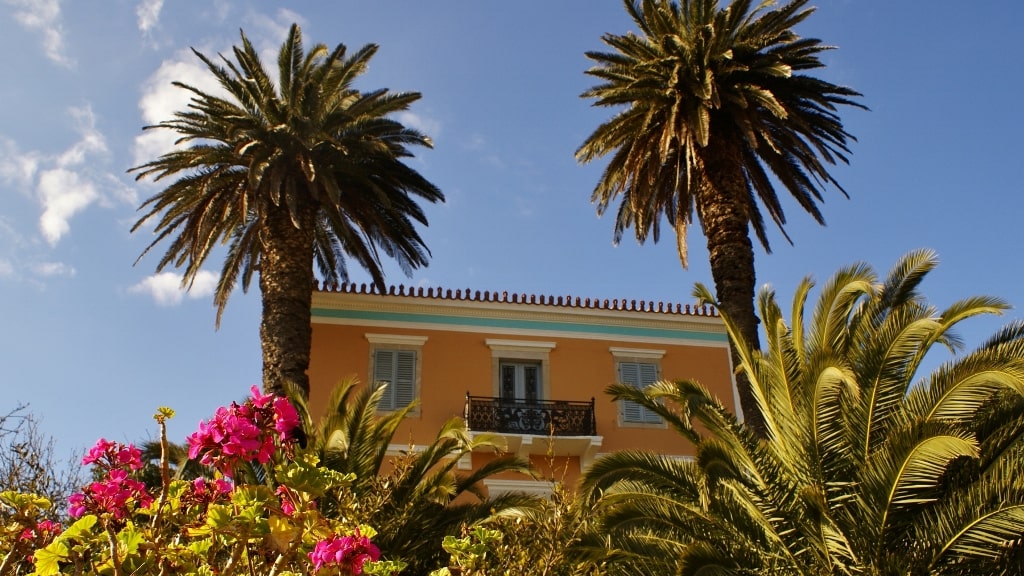
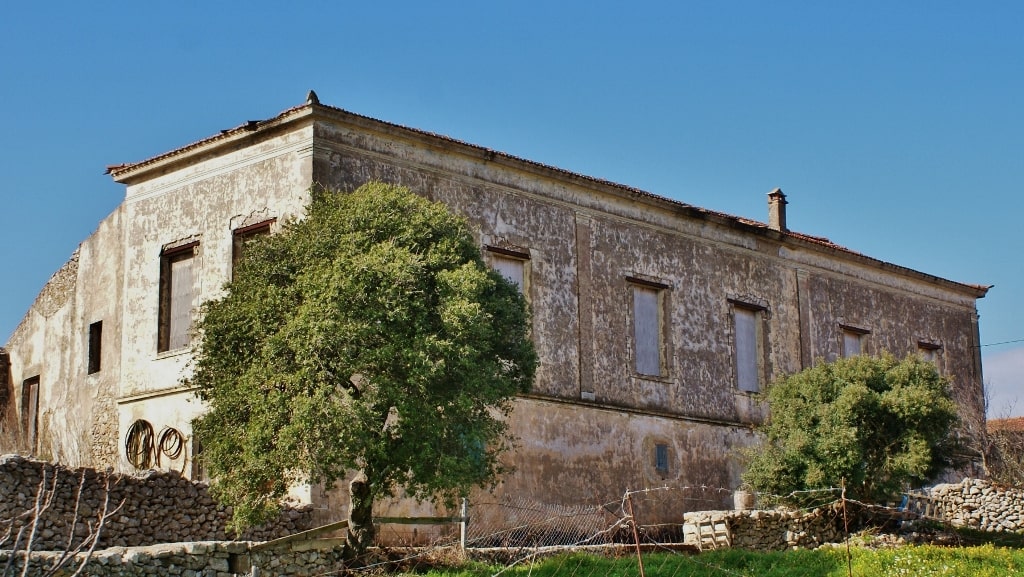



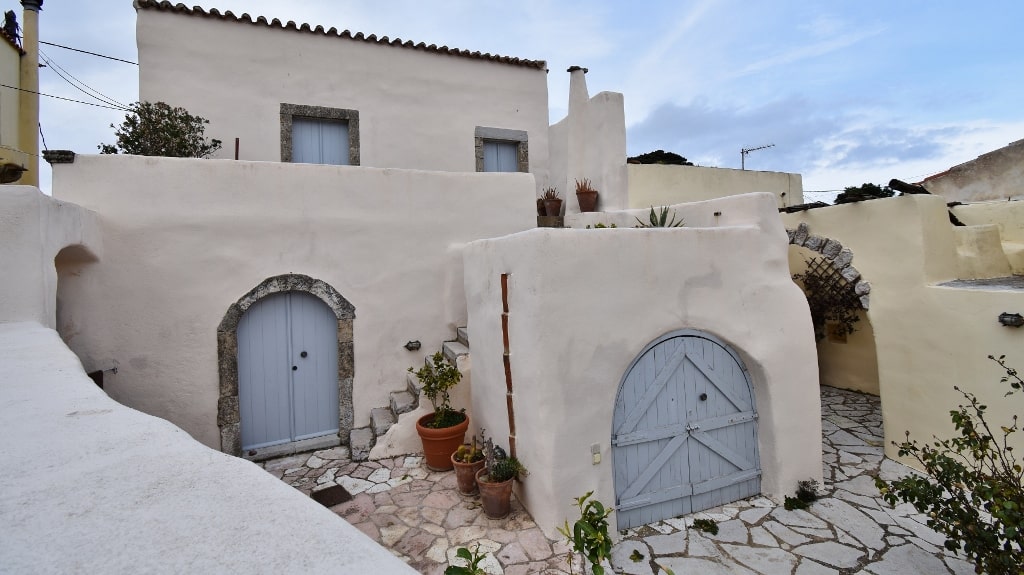
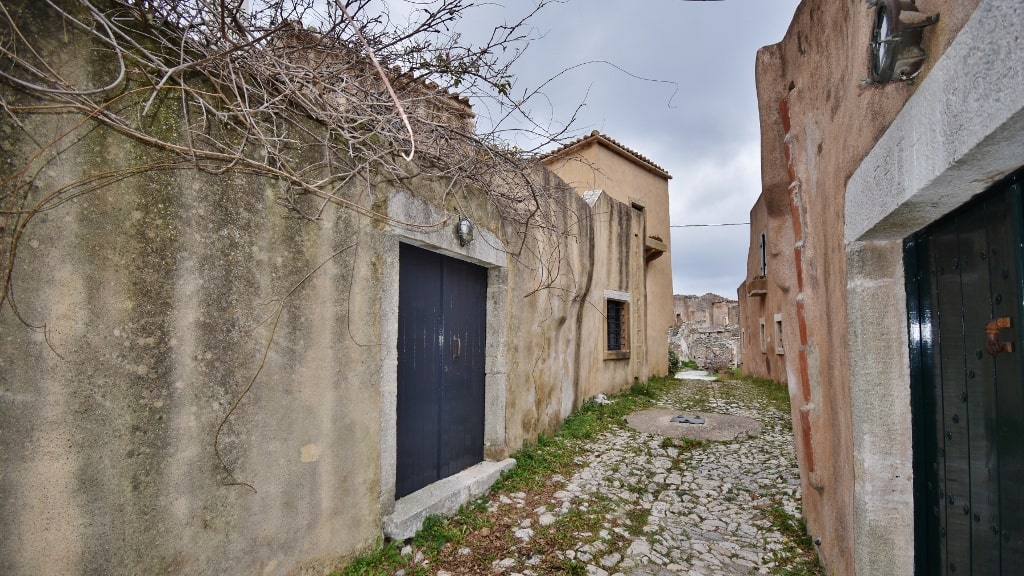

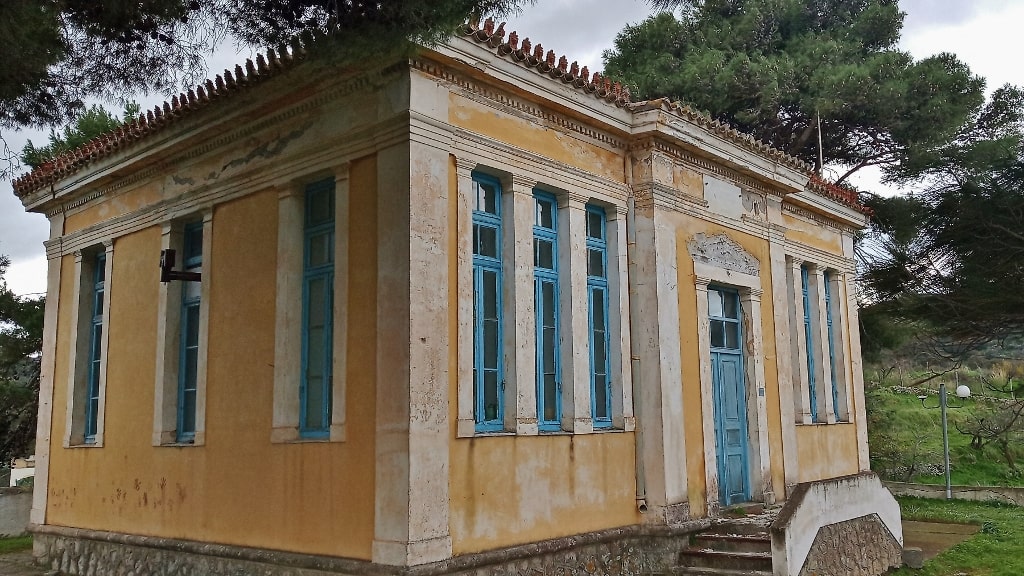
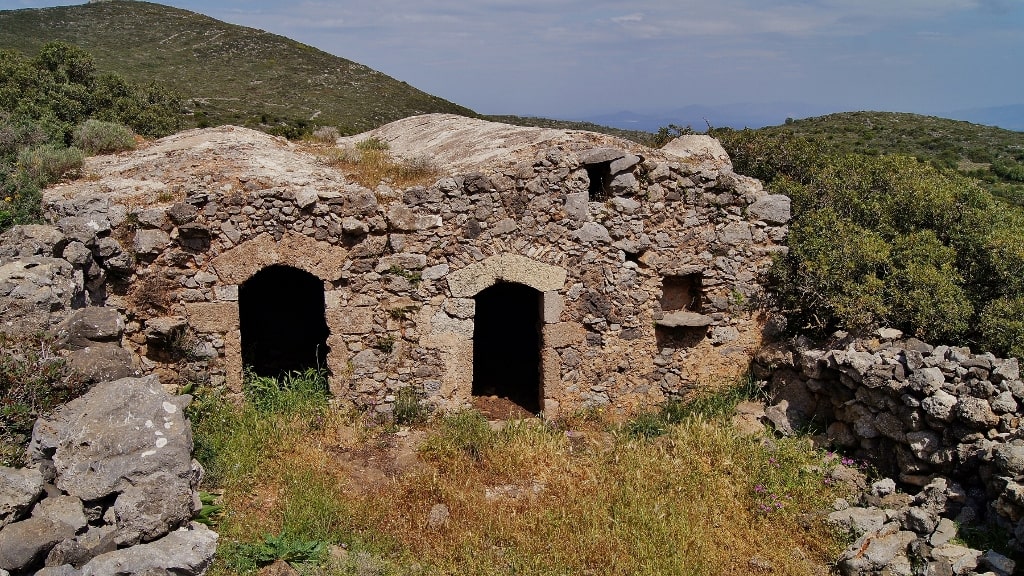
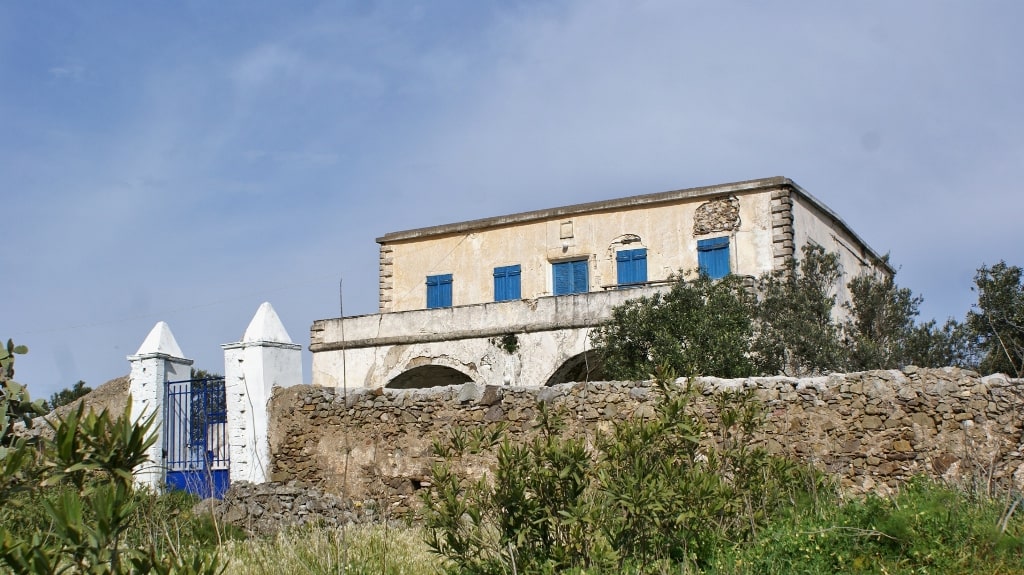

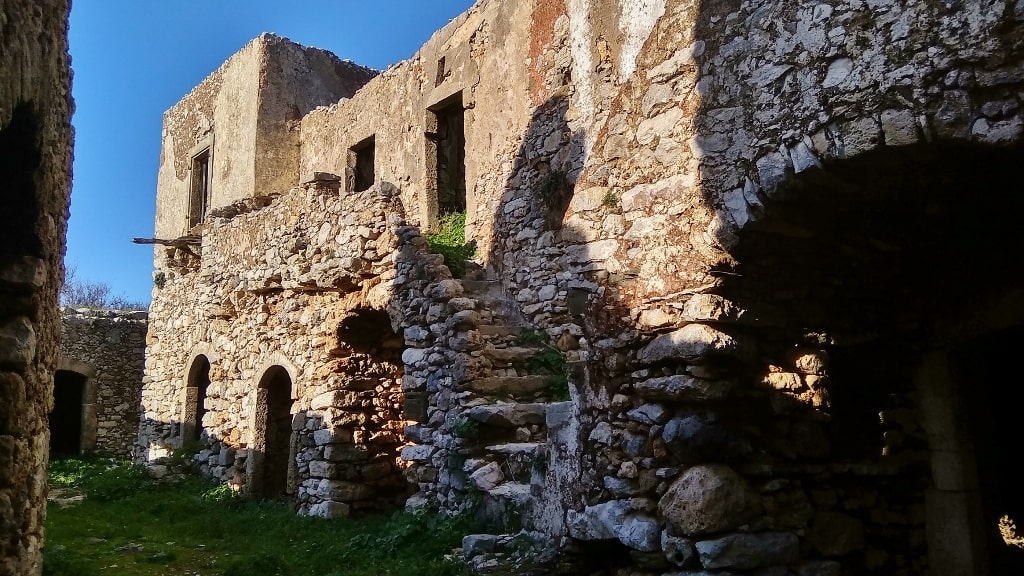

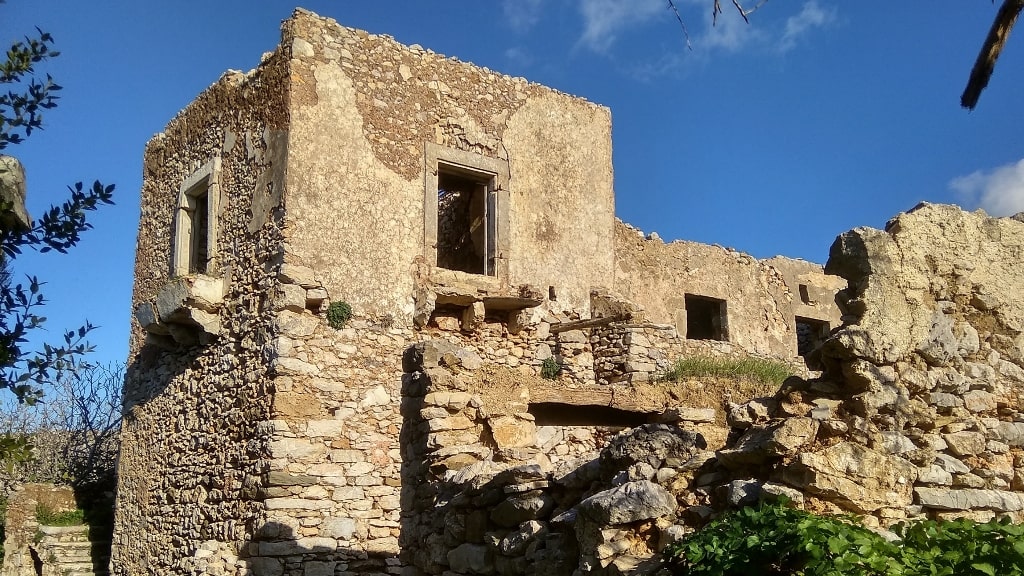

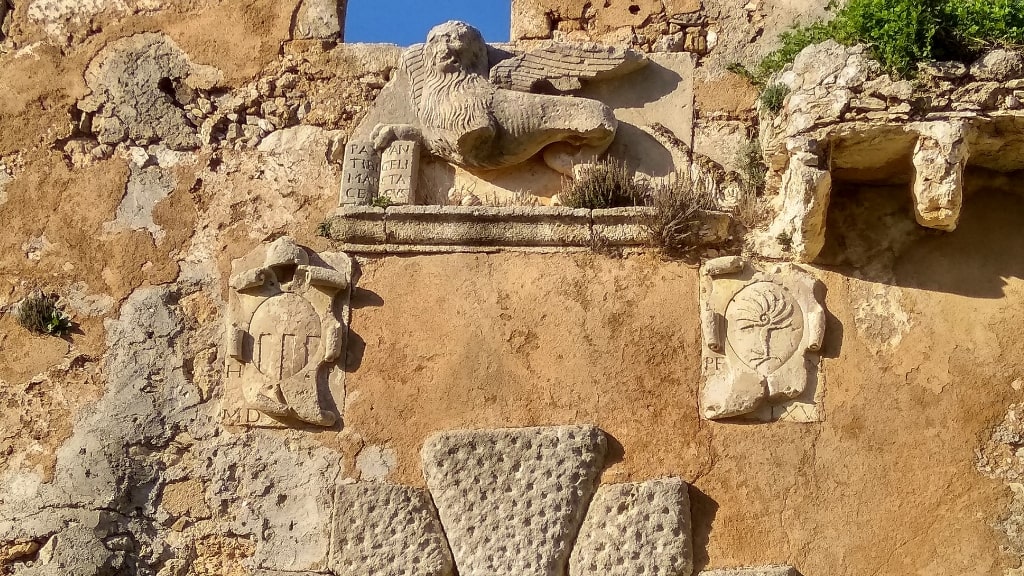
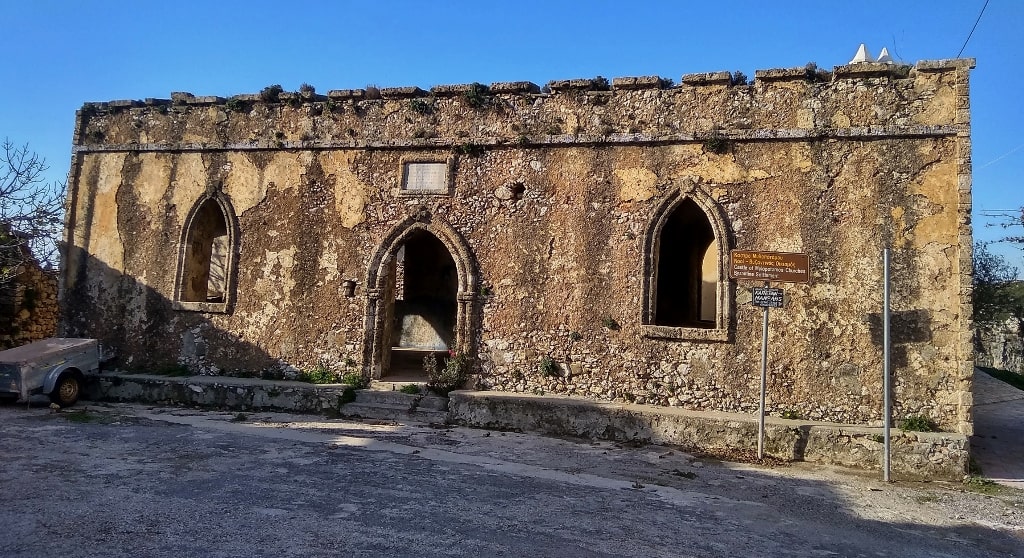
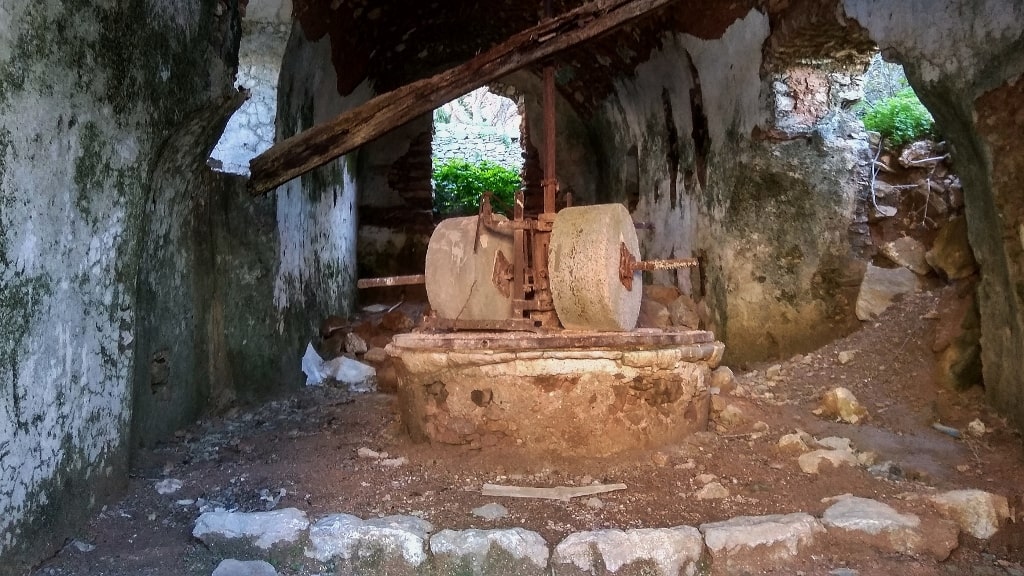
Mylopotamos is one of the oldest and most beautiful villages on the island, with traditional architecture, lush vegetation and plentiful water. On the magnificent village square you can enjoy a Greek coffee and very nice food under the old plane trees. The area of Kato Chora is a fortified settlement dominated by the Venetian castle, build to protect the village and oversee the west coast. The best way to discover the area is to follow the signposted paths of Kythera Trails.
In springtime, the many wild flowers that color the island are an impressive sight. But also in high Summer bunches of beautiful sea daffodils can be found on the blistering hot sandy beaches. There are even a number of indigenous species like Ophrys Candica Cytherea and Centaurea Cytherea. The rare Sempreviva that grows on steep rocks became Kythera’s mascot and it’s unique everlasting flower is being sold in local gift shops.
In early spring it can be a rewarding experience to search for the tiny but amazing bee-orchids . Just don’t pick them….
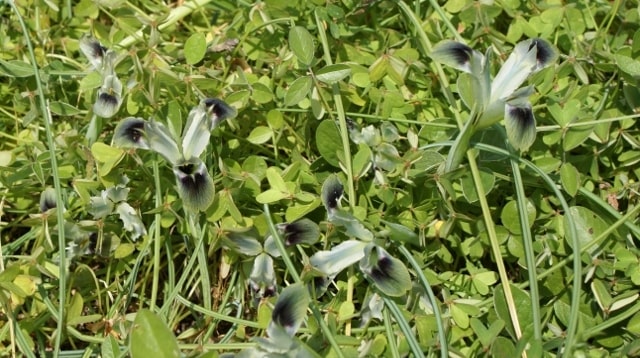
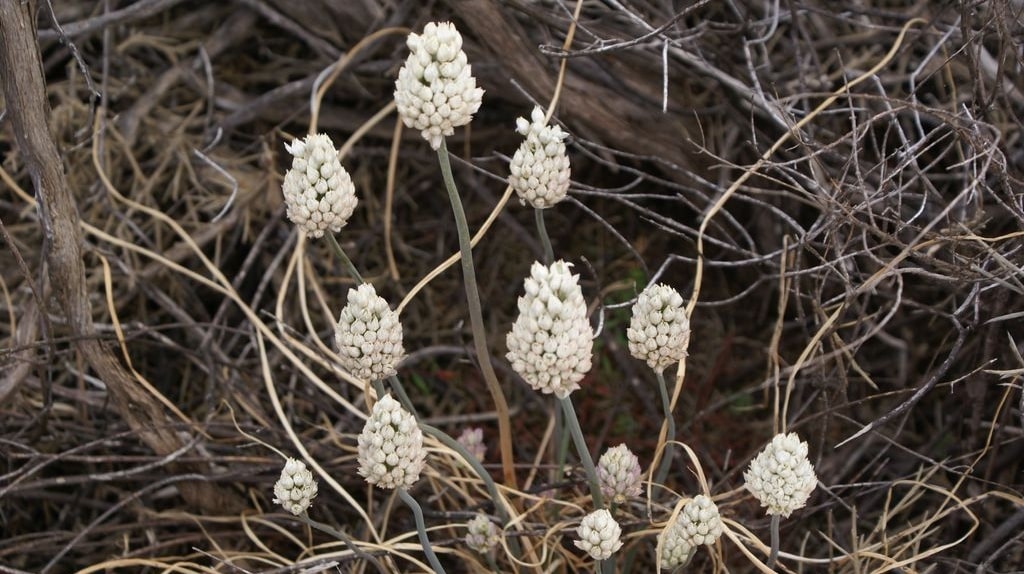
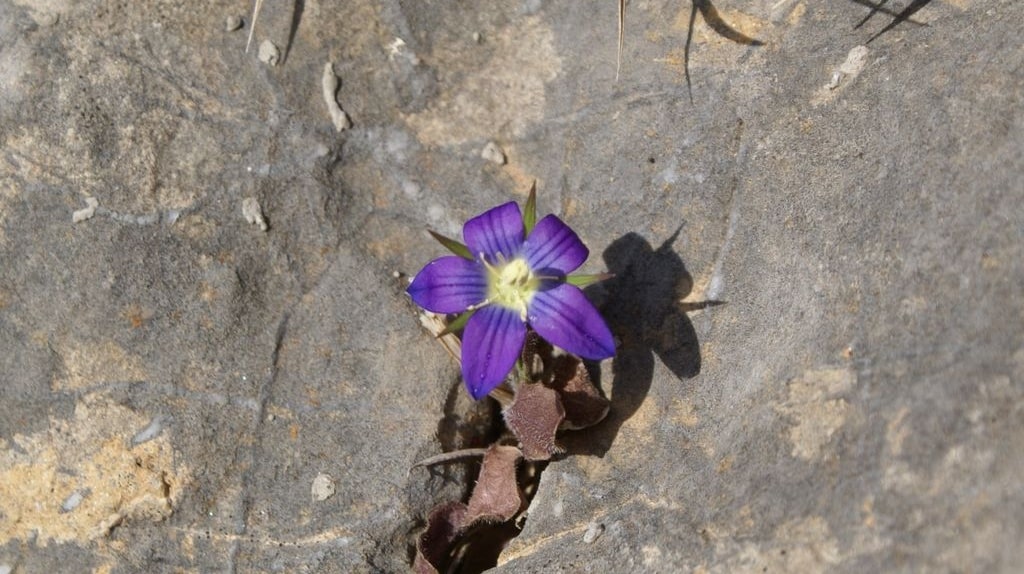
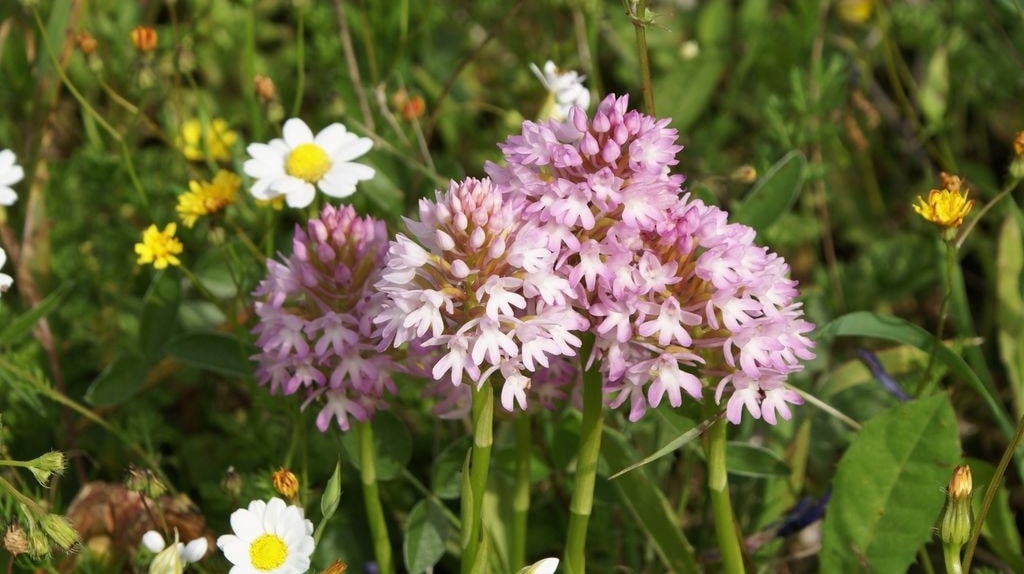

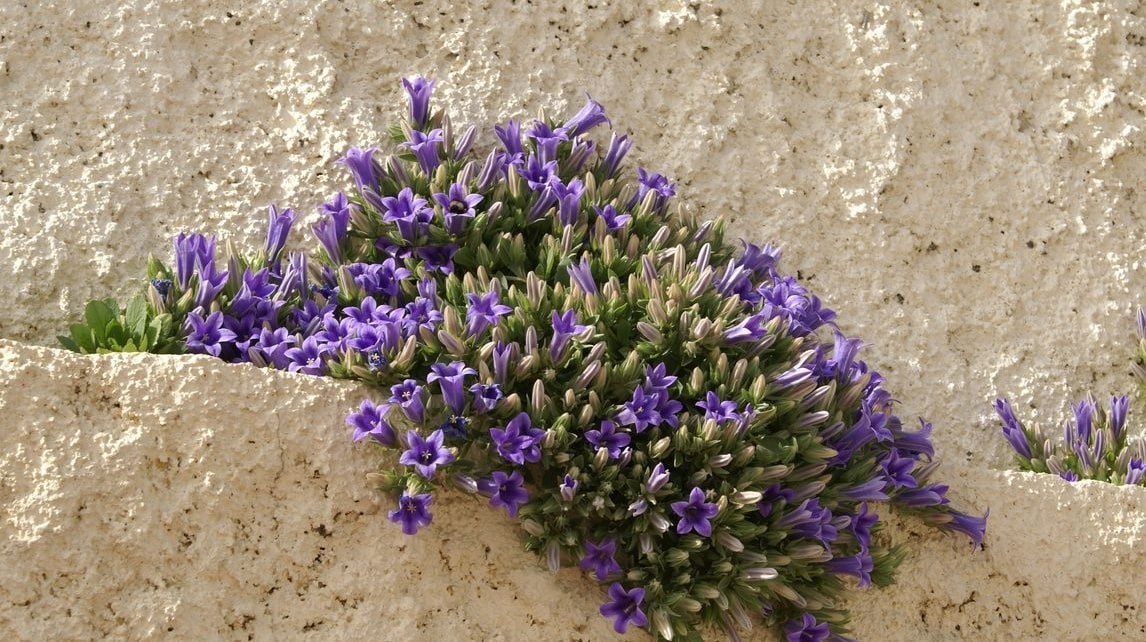
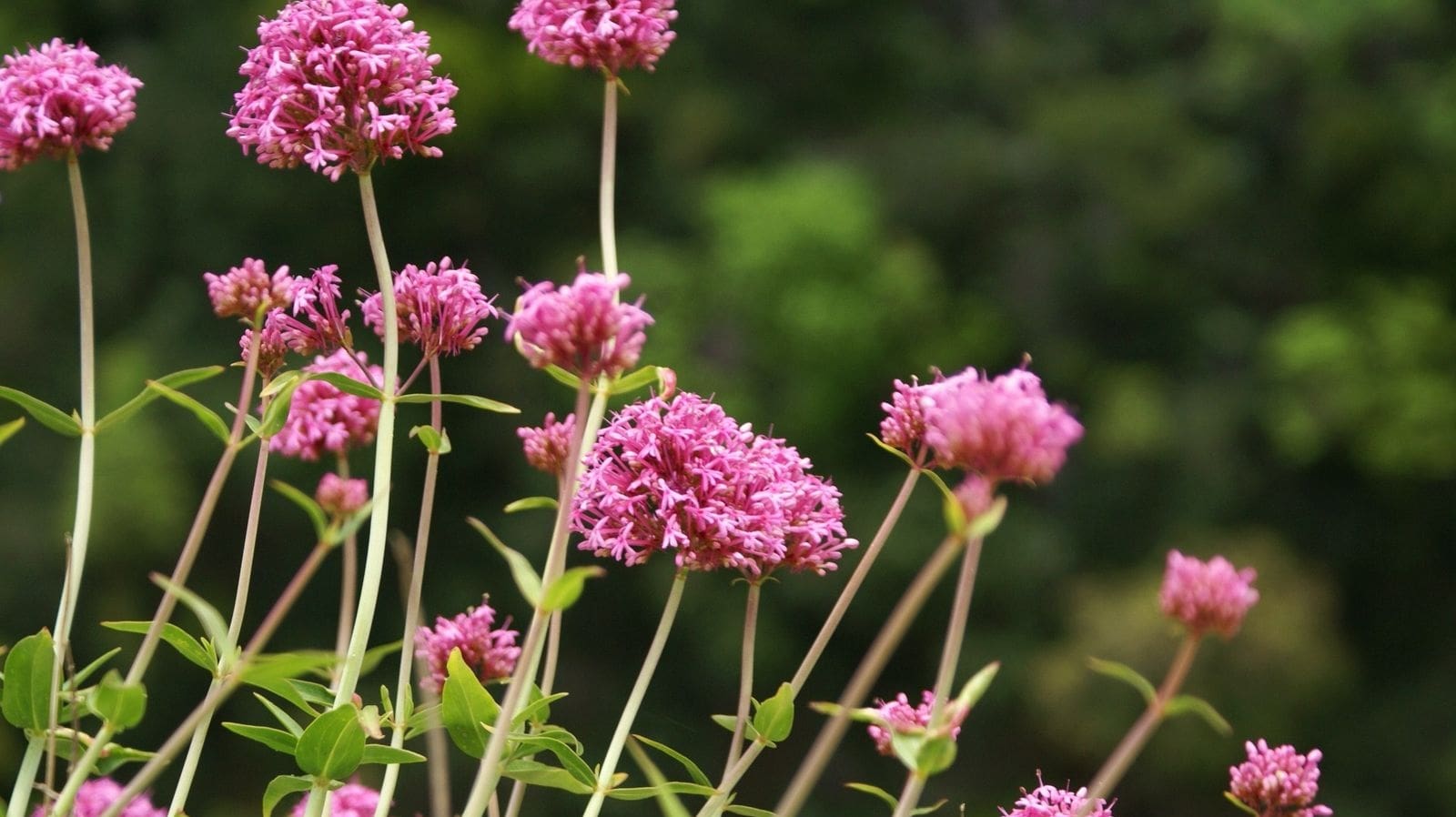

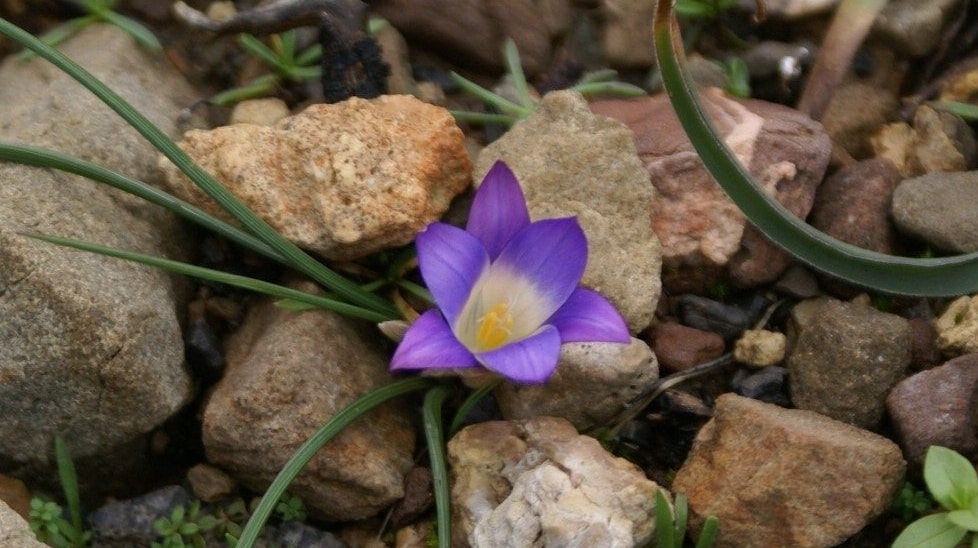
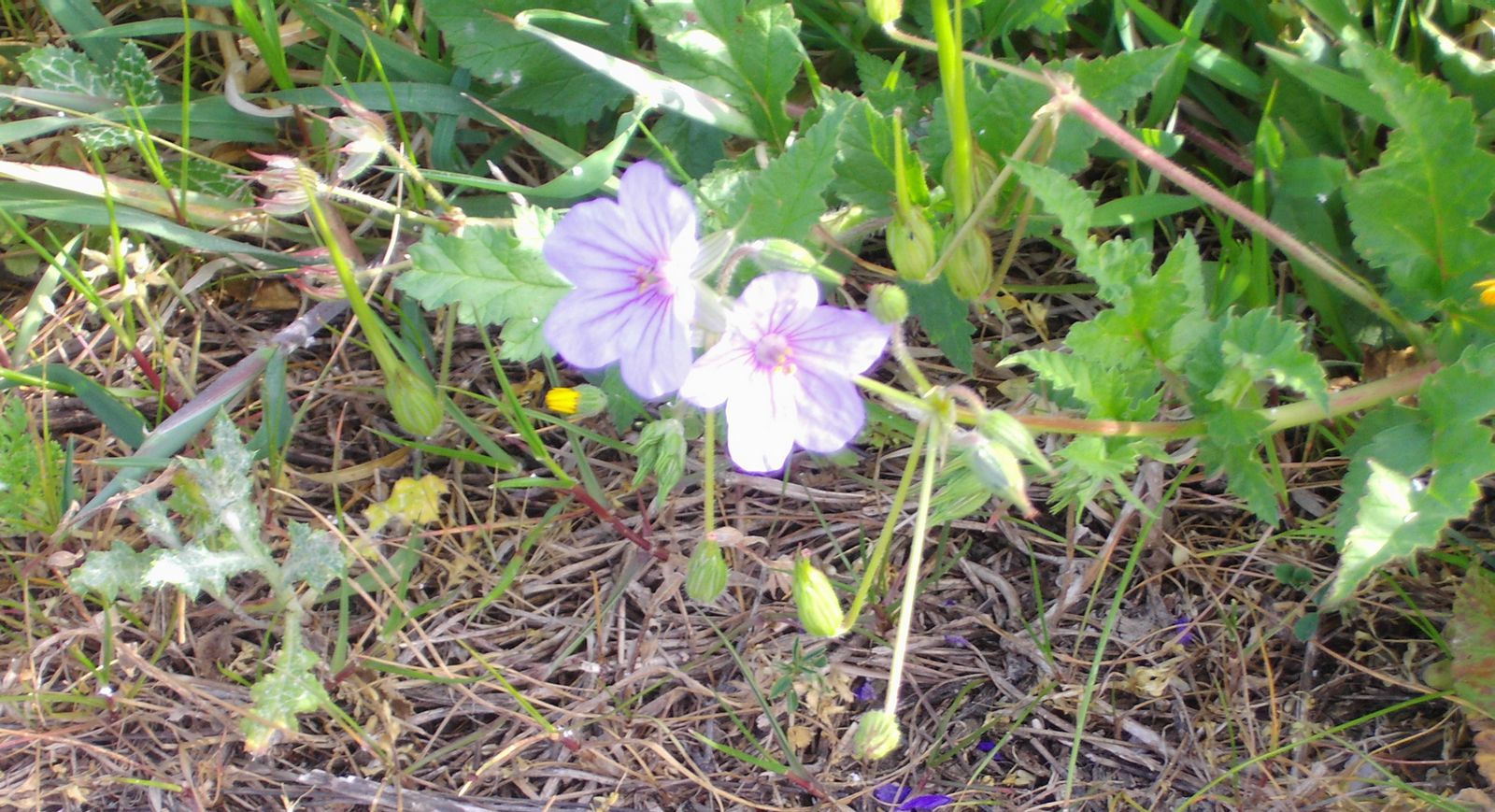
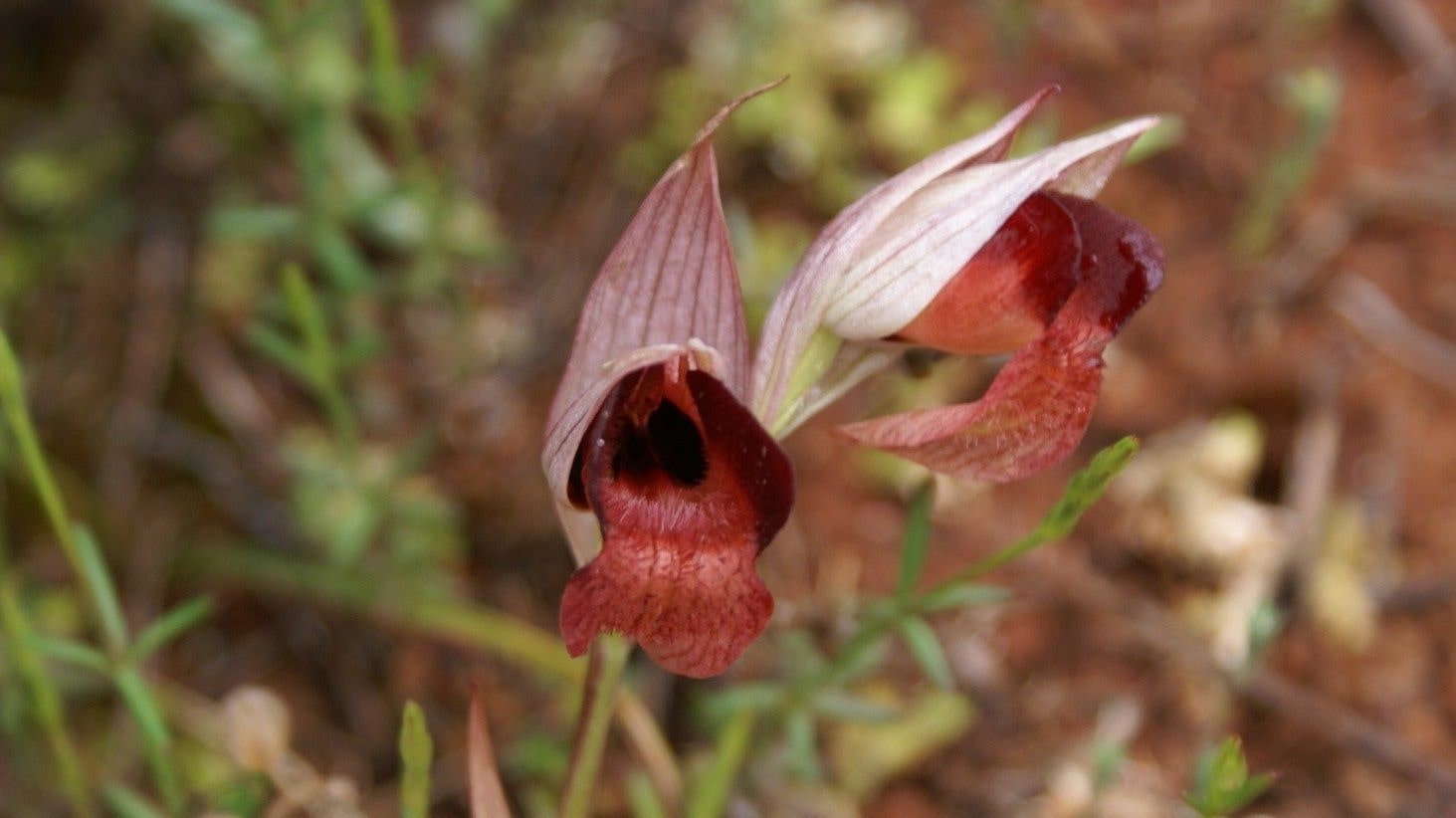

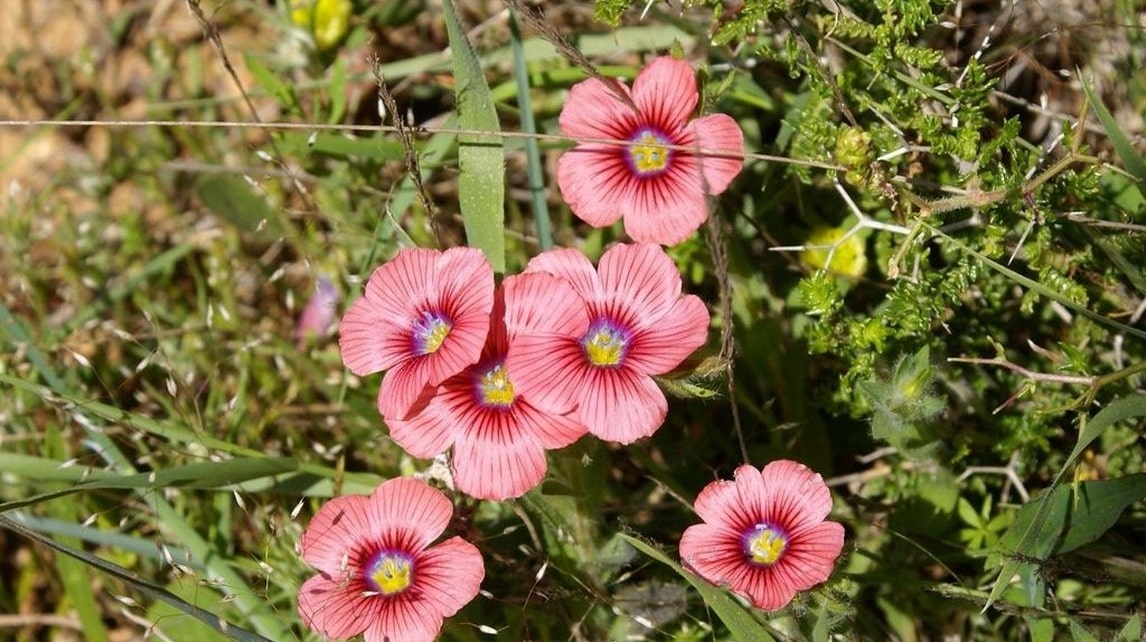
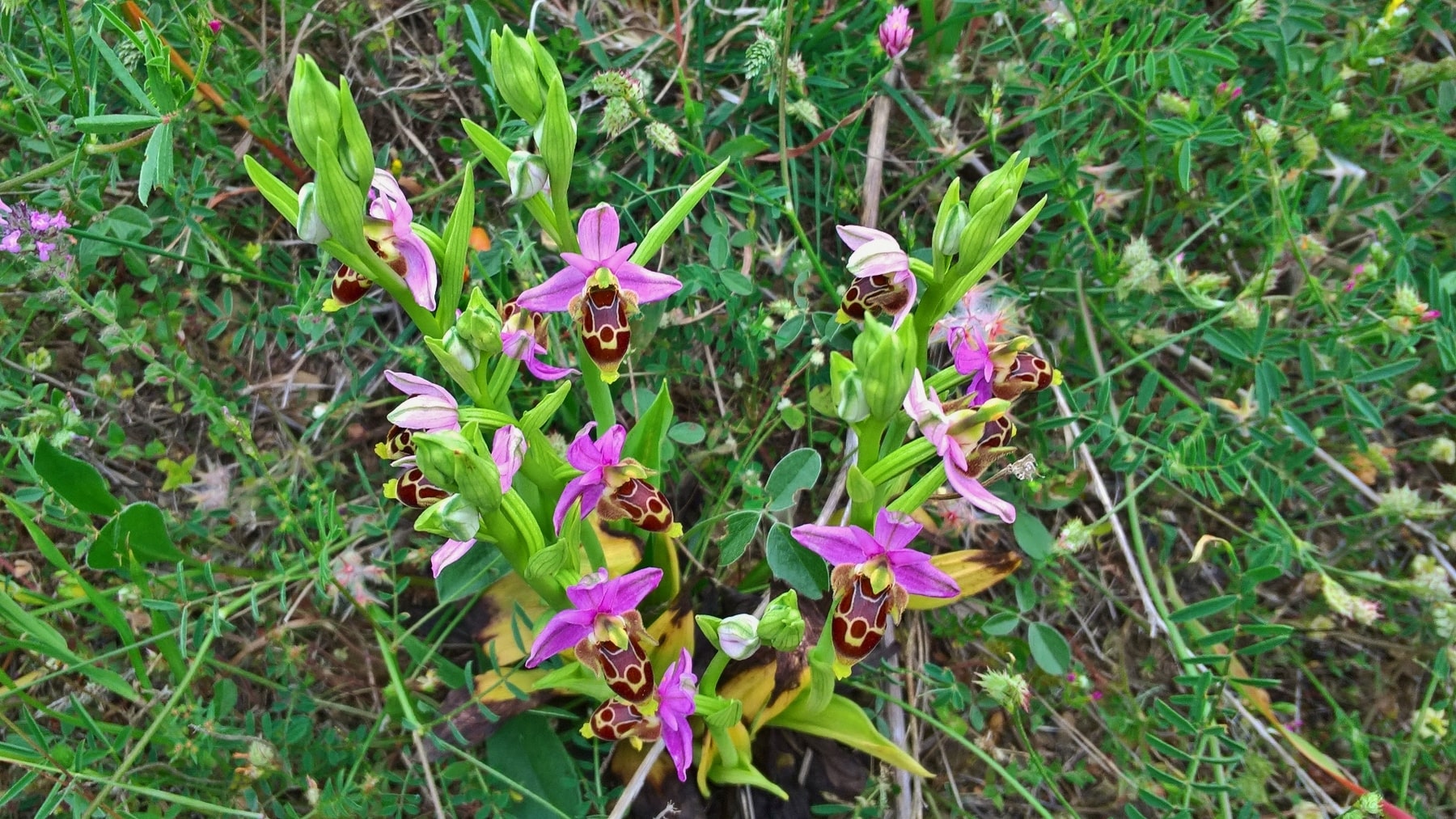

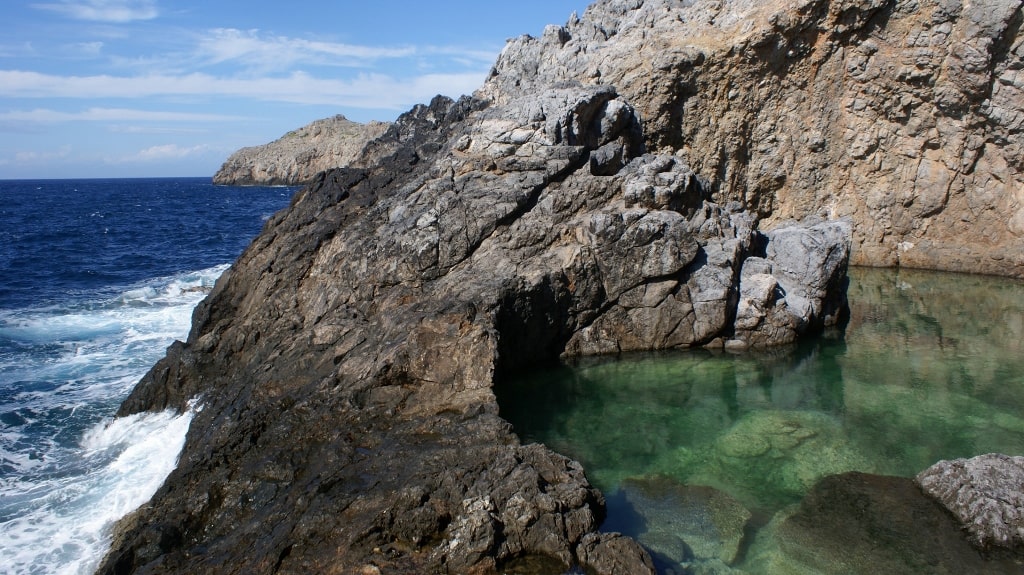
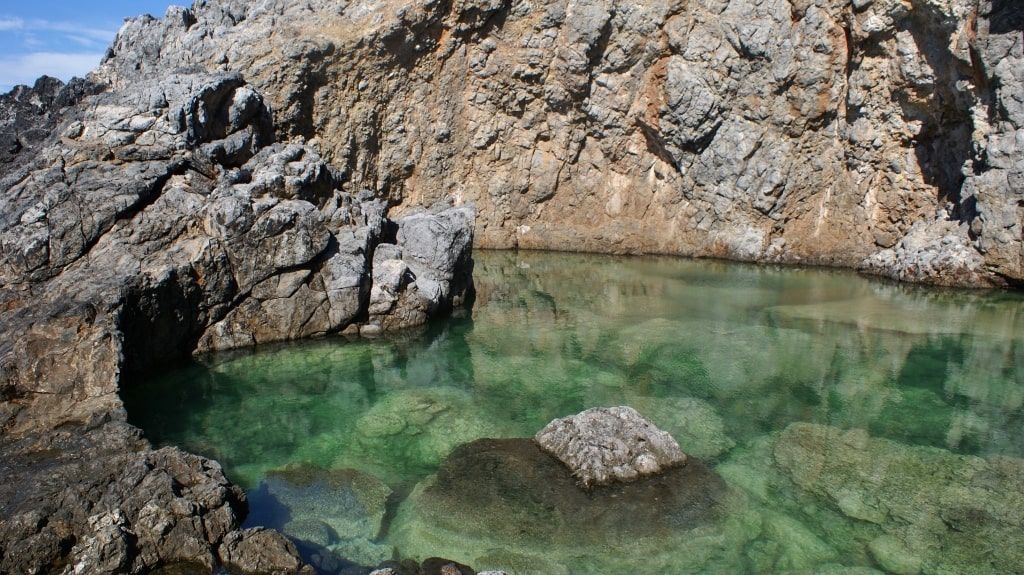
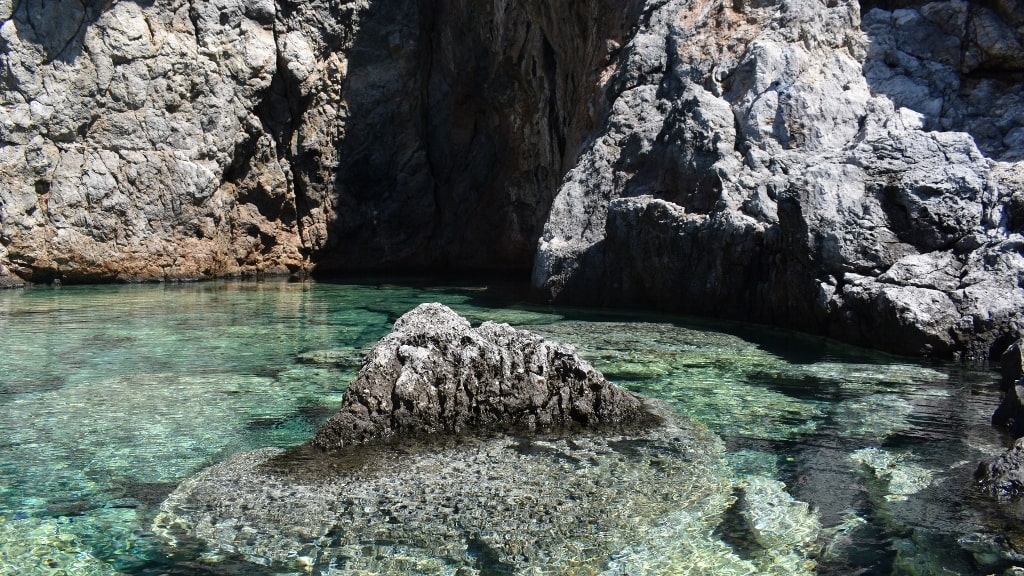
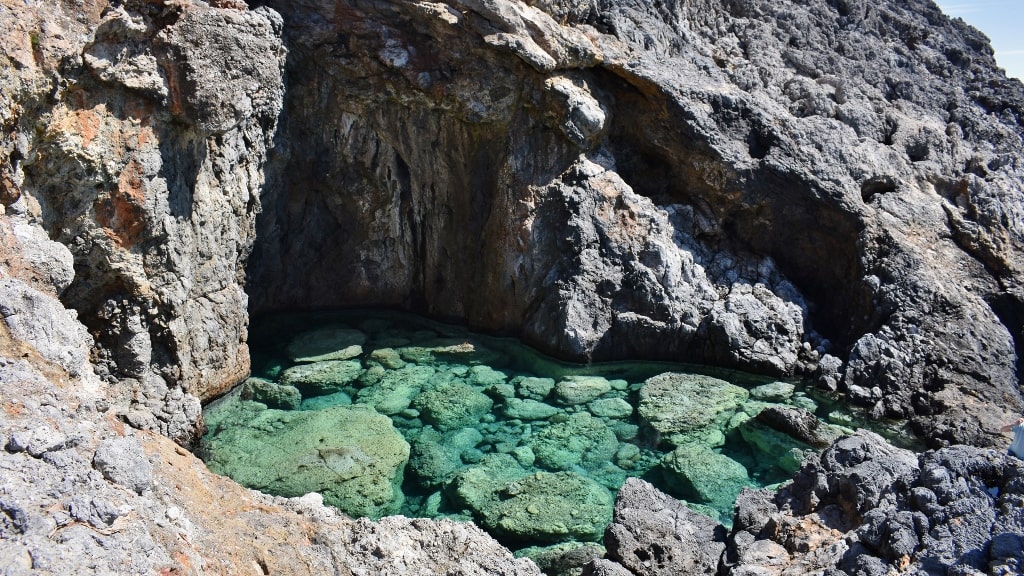
On the west coast, about 45 minutes walking from Limnionas beach you will find one of nature’s small miracles. A stunning natural lagoon with turquoise water, just 2 meters above the wild Mediterranean sea. It is known by locals as the Magic Green Pool or as the Baths of Aphrodite. The hike to the pool is difficult and for people suffering from vertigo certainly not advisable. But those who are willing to take the effort will be rewarded with a lovely swim in crystal clear water on a magical spot.
Chora, the capital of Kythira, and it’s Venetian castle are located on a high ridge with amazing views of Kapsali bay and the Mediterranean sea. The castle in it’s current form was build in 1503 and was the military stronghold of the island and also served as residence of the most important Venetian nobles.
A visit of the castle is an absolute must and also a stroll through the maze of narrow streets of Exo and Mesa Vourgo where you can admire beautiful aristocratic houses and numerous Byzantine churches.

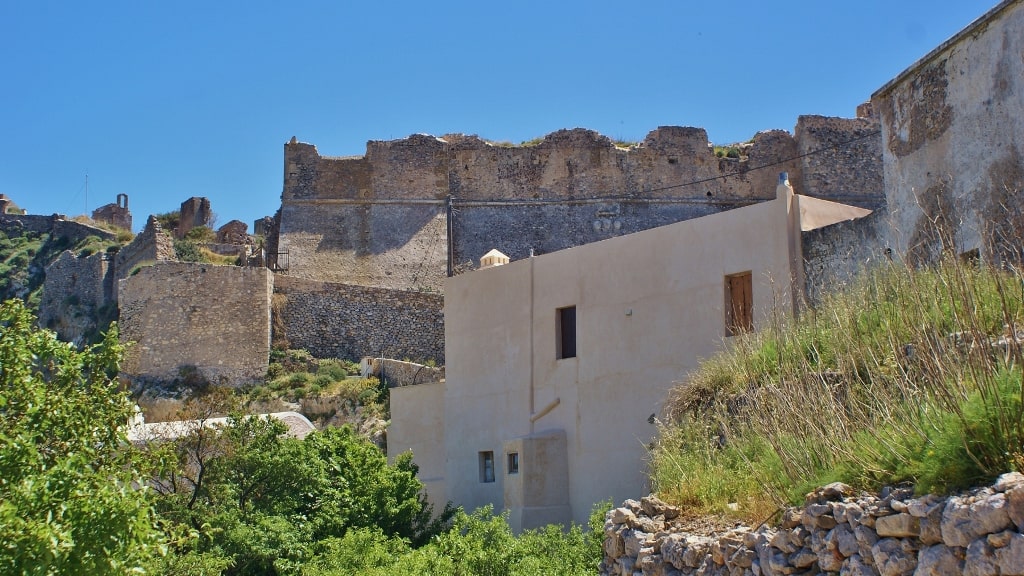
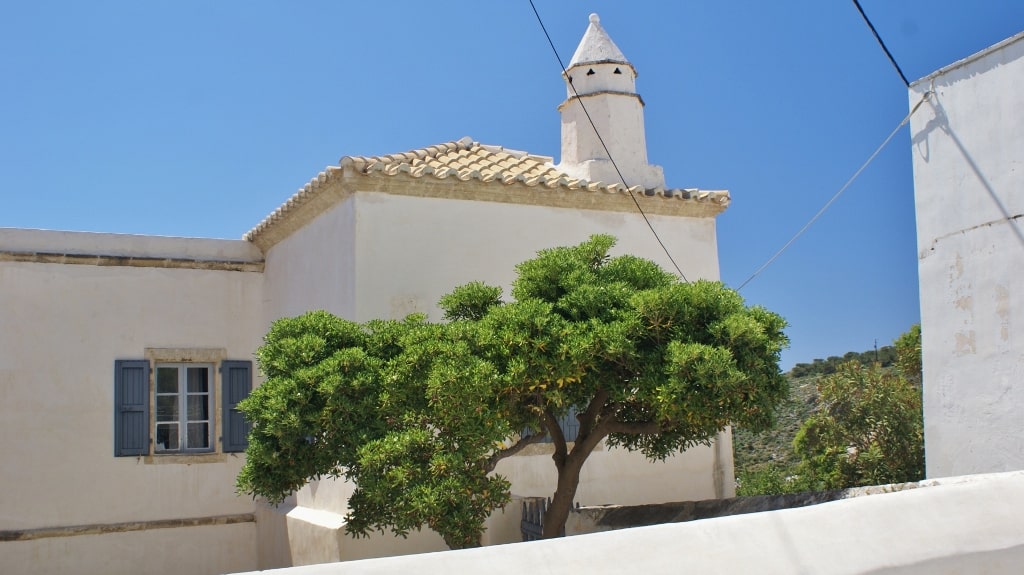

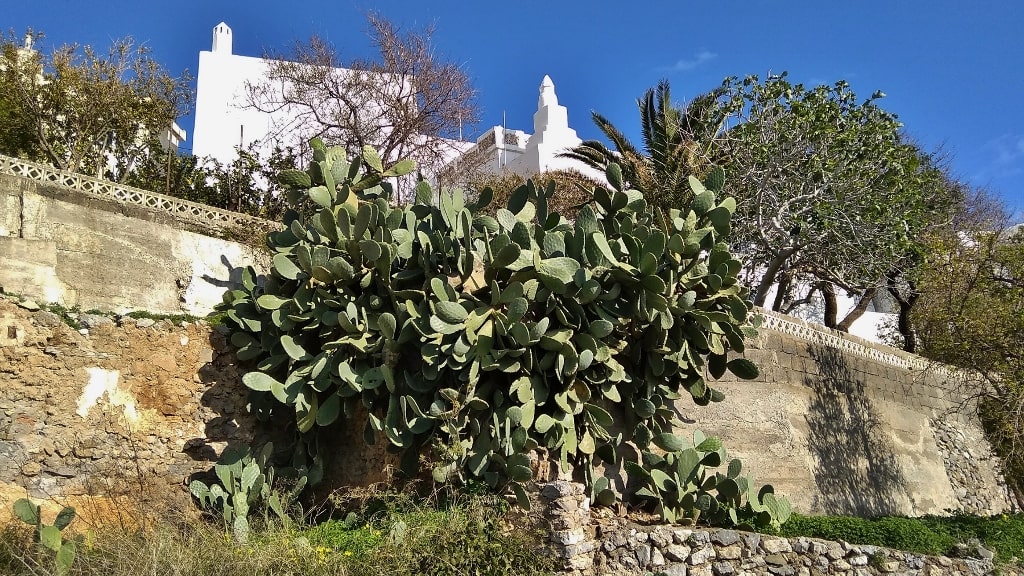

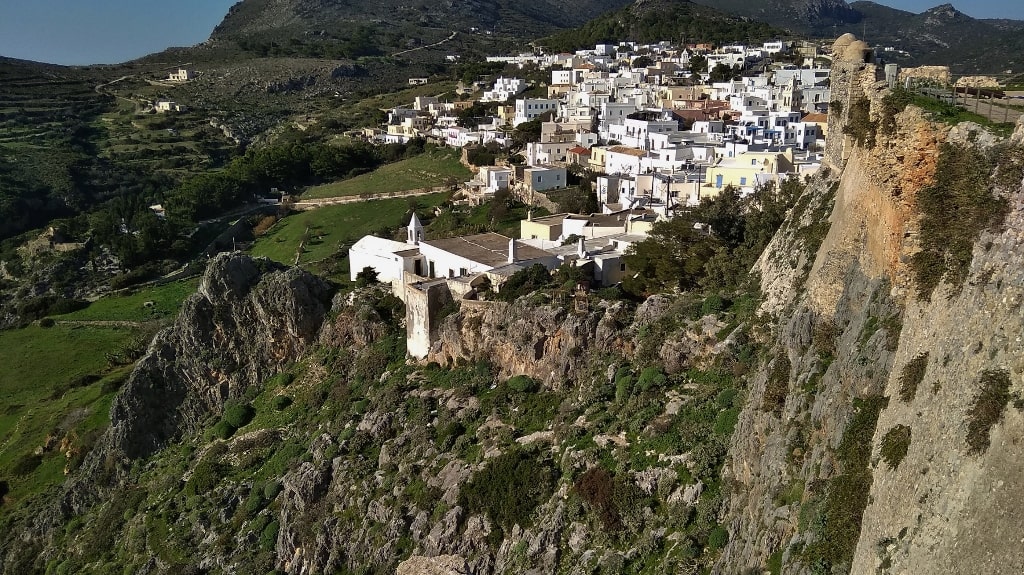

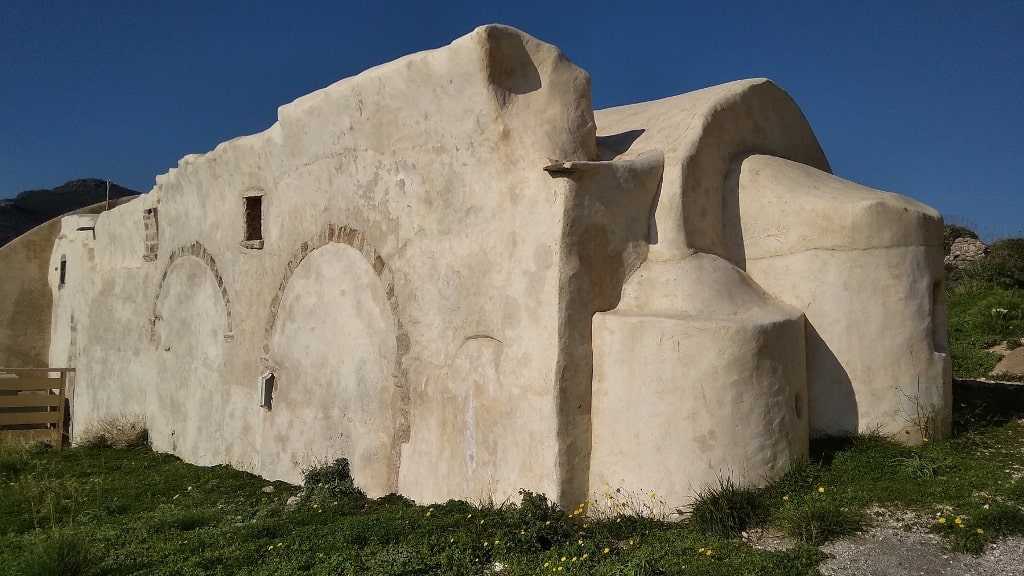
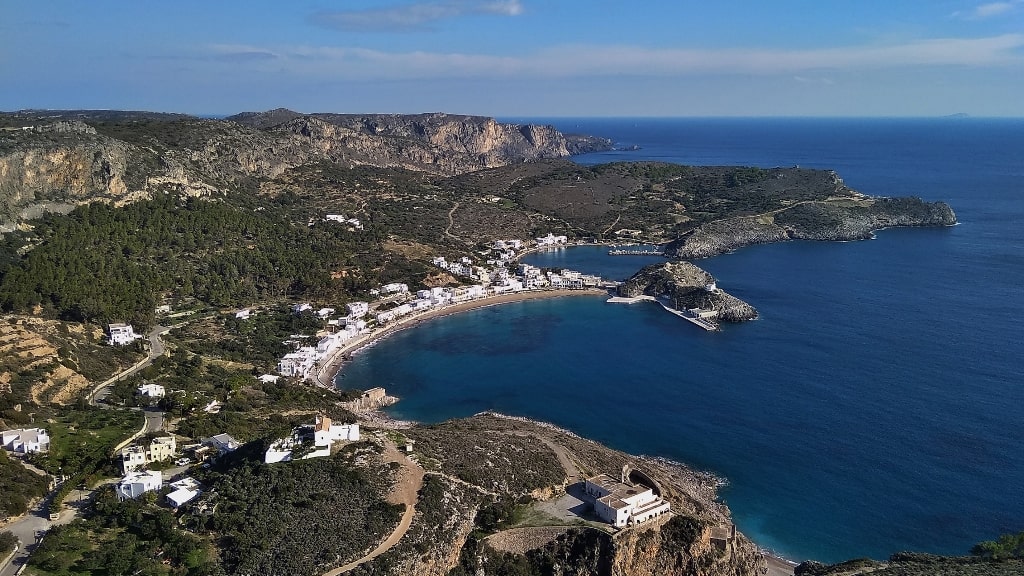
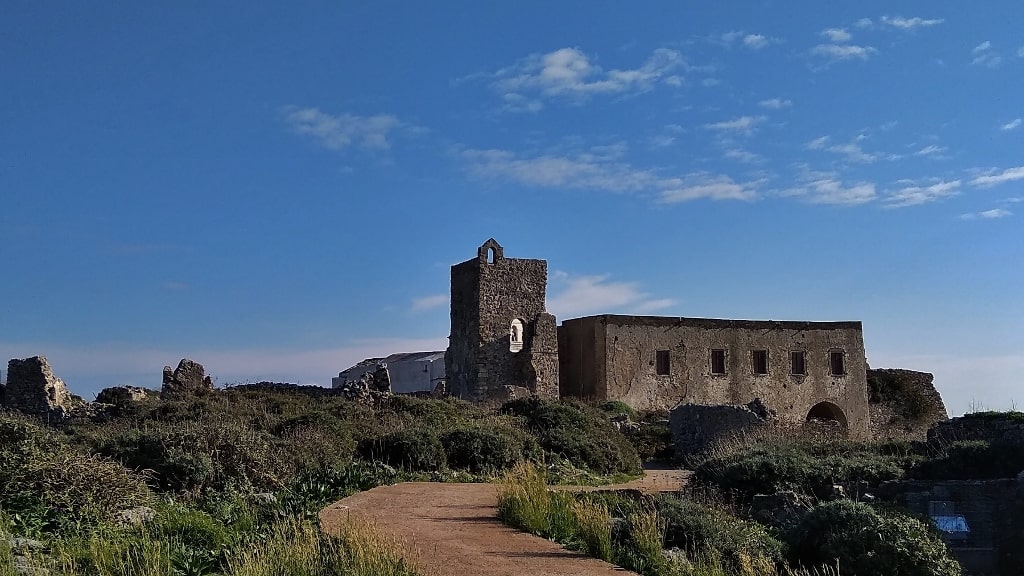

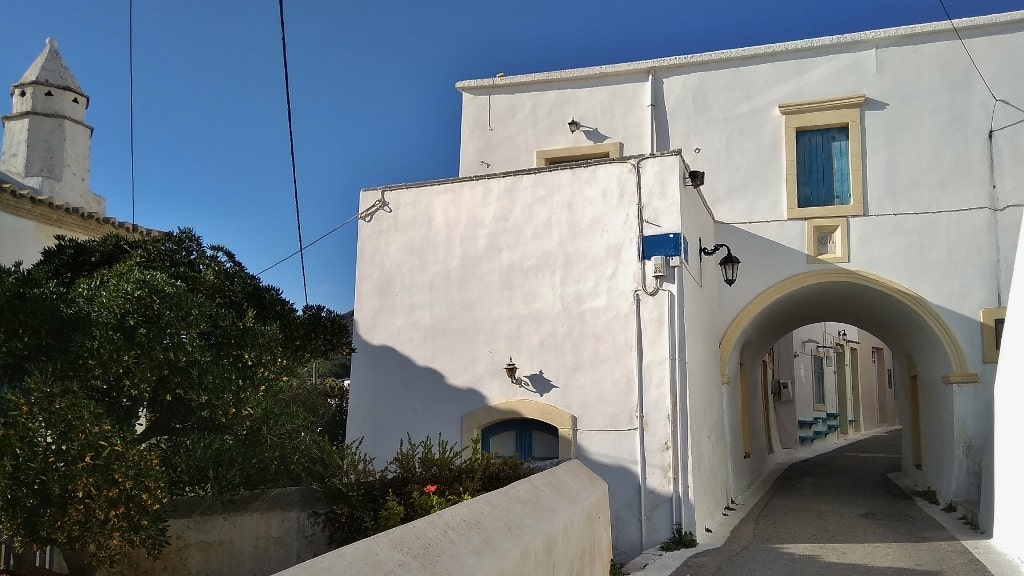
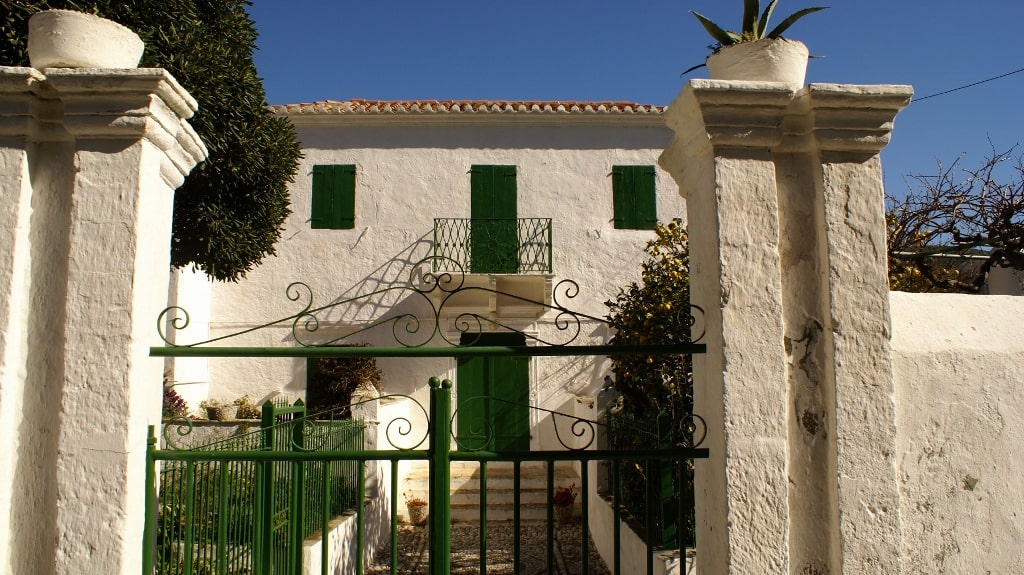
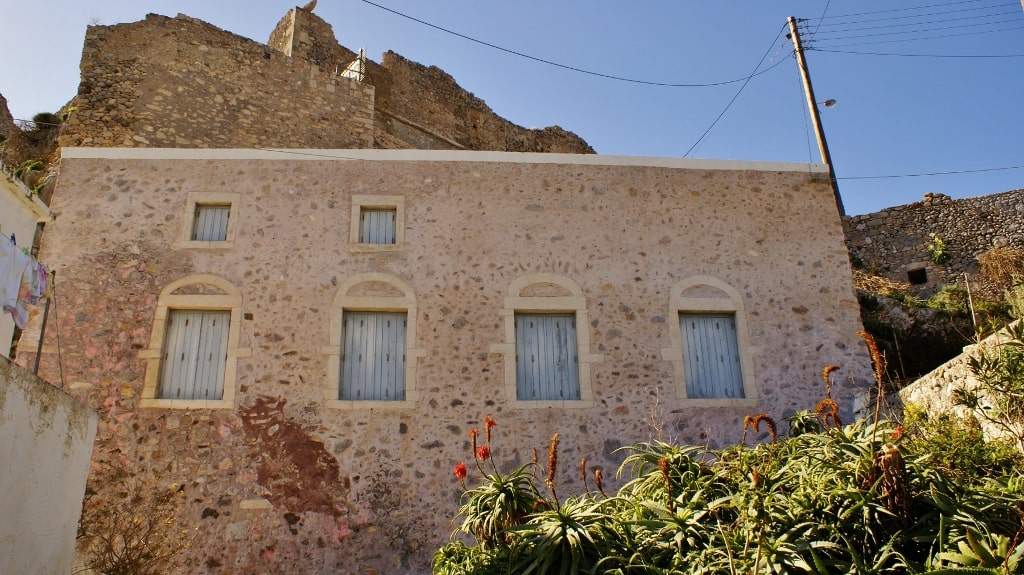
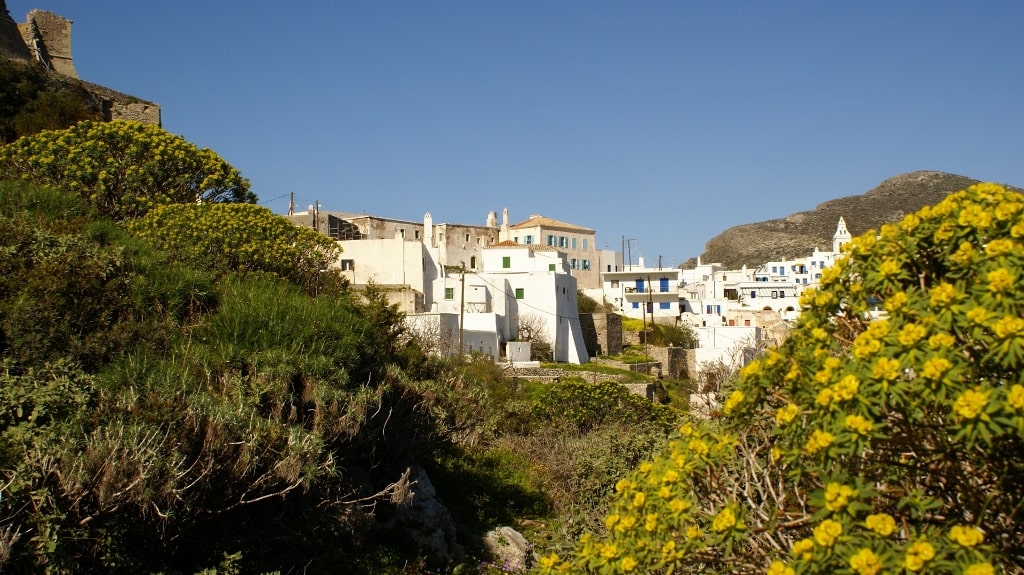
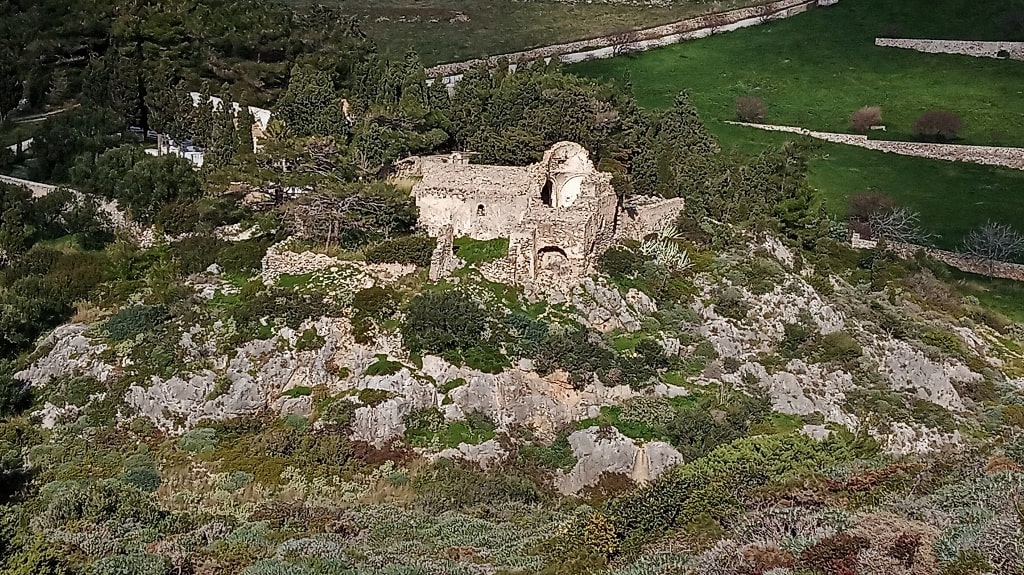


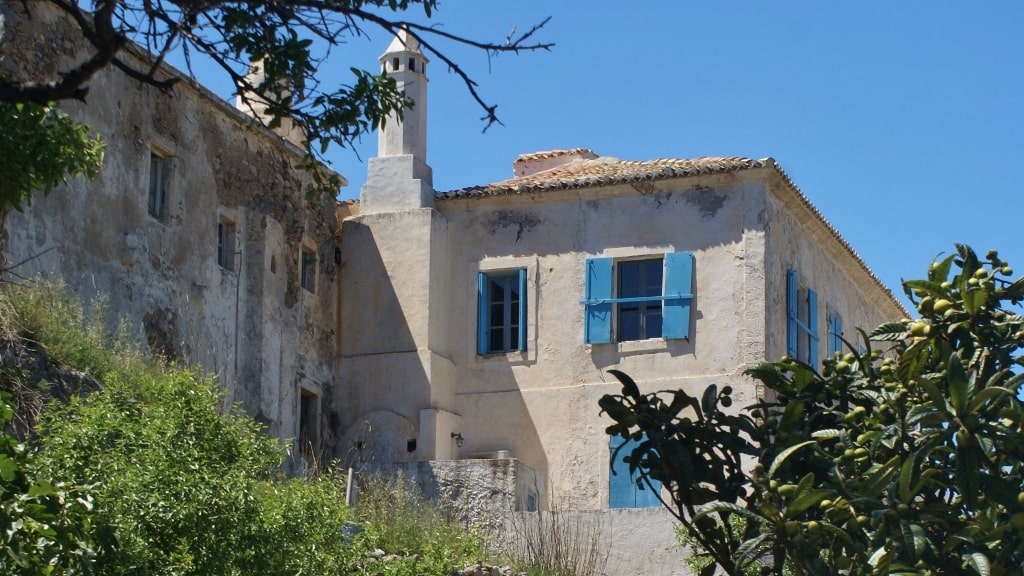
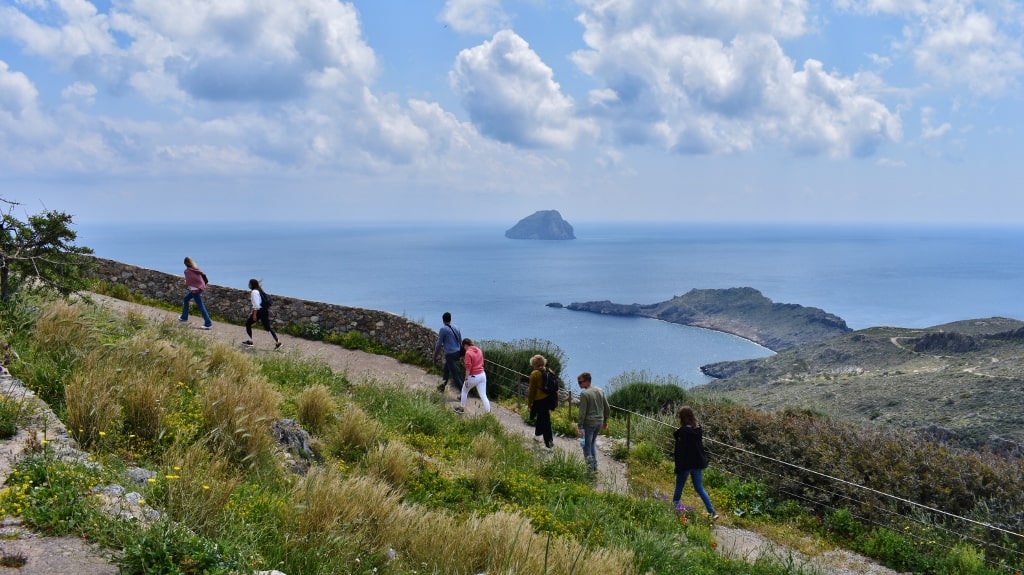


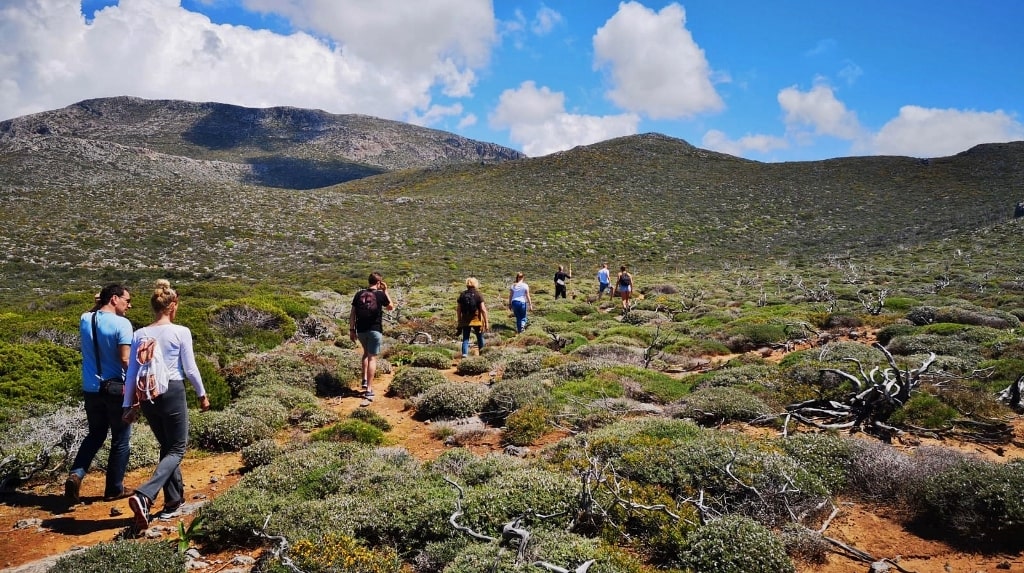

Kythira has an amazing network of monopatia, the old footpaths connecting the villages in the past. Since 2011 the Kythera Trails project aims to clean and open up many of the old and abandoned trails.
Hiking on these signposted paths is for sure the best way to get to know the island and discover it’s exceptional beauty.
For information on the trails and the progress of the project visit Kythera Trails on Facebook.
Just north of Mylopotamos you will find a place of exceptional natural beauty, the valley of the Neraida (water fairy) watermills. Walking down a path from the village of Mylopotamos, the first thing you will see is the impressive 20 meters high waterfall tis Fonissas (murderess). From here the sign-posted hike continues through the lush valley along 23 old watermills, waterfalls, stone bridges and inviting pools. The renovated Filippas mill gives a very good impression of what an old mill on Kythira looked like.
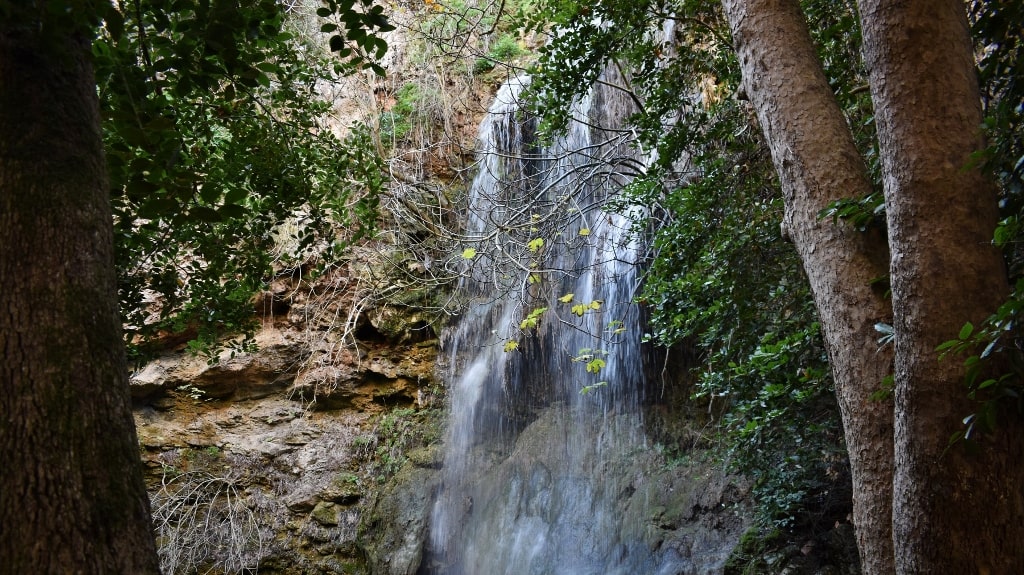
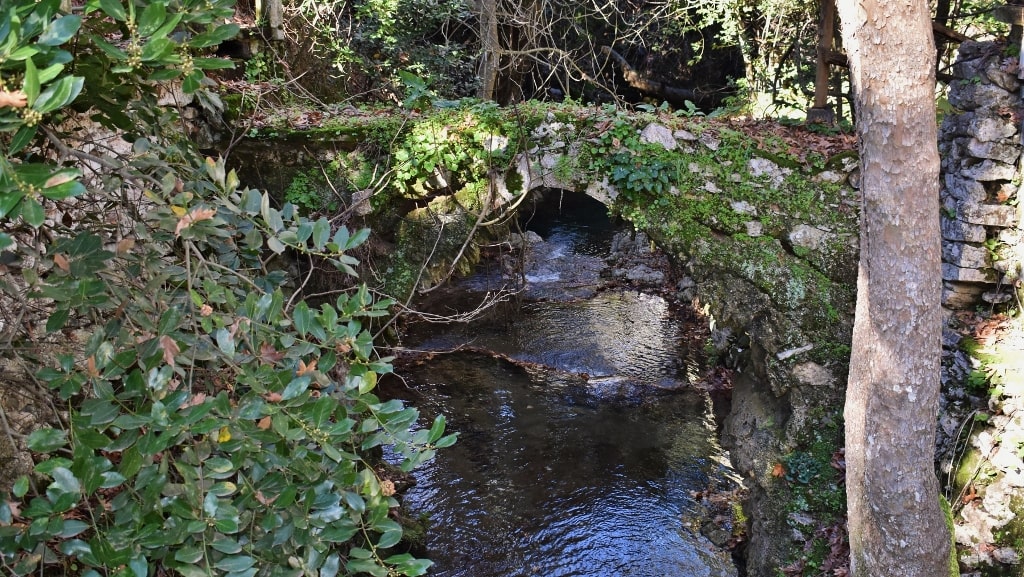
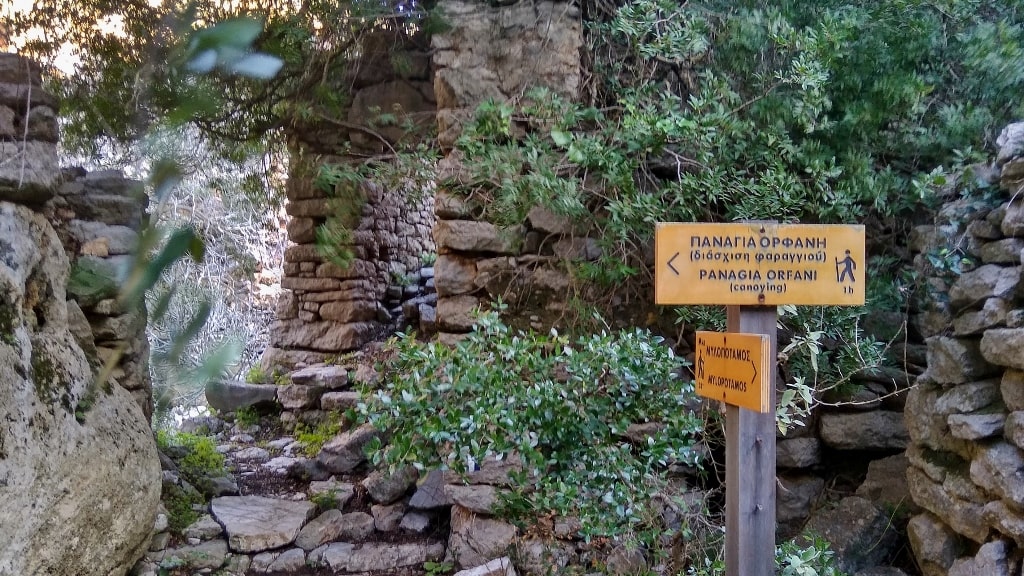
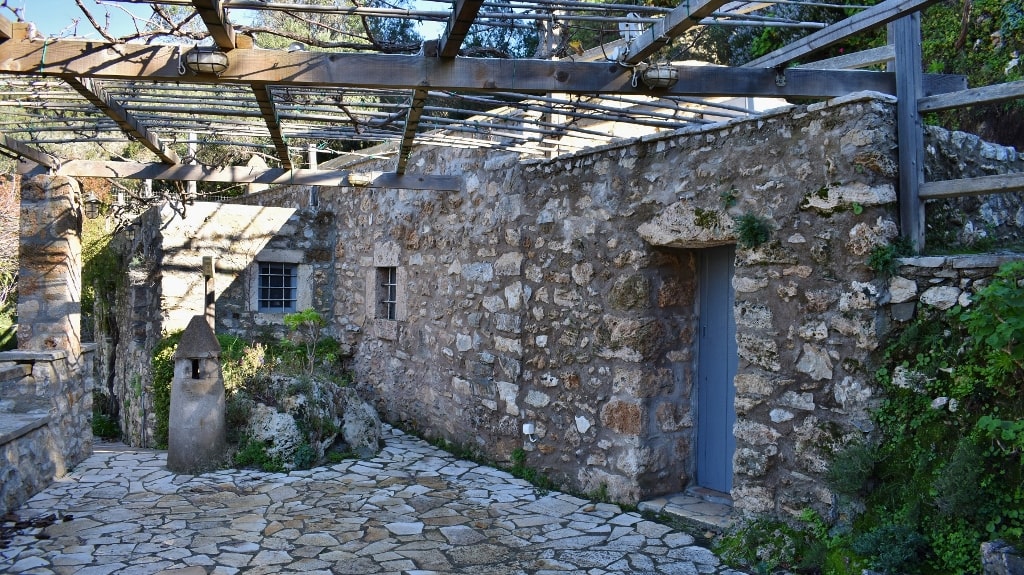
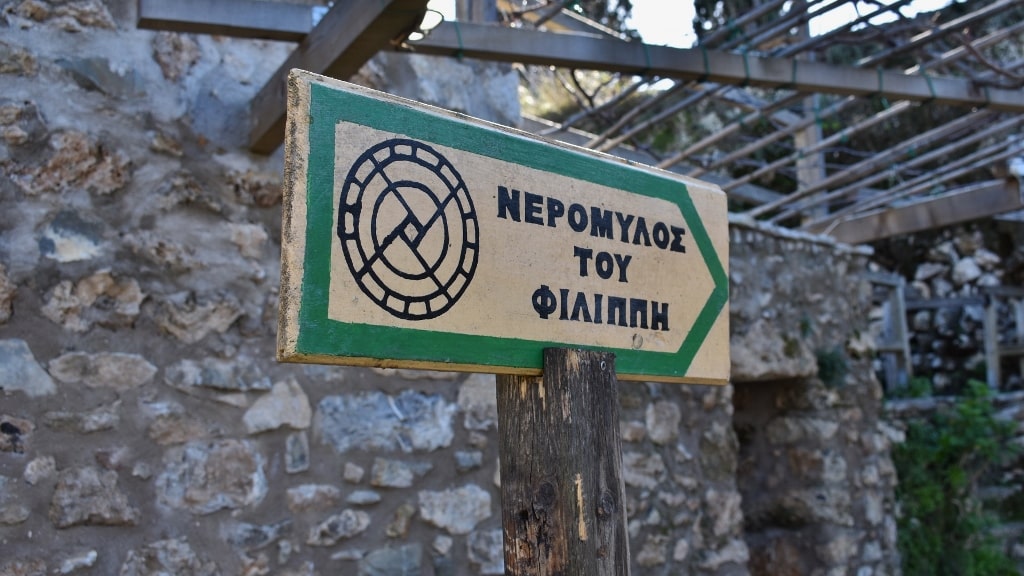
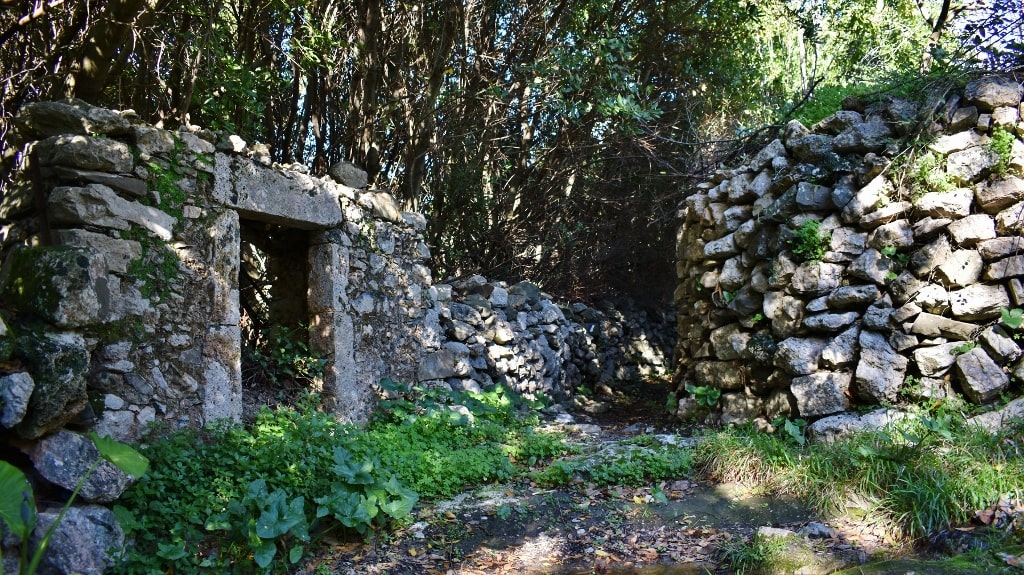
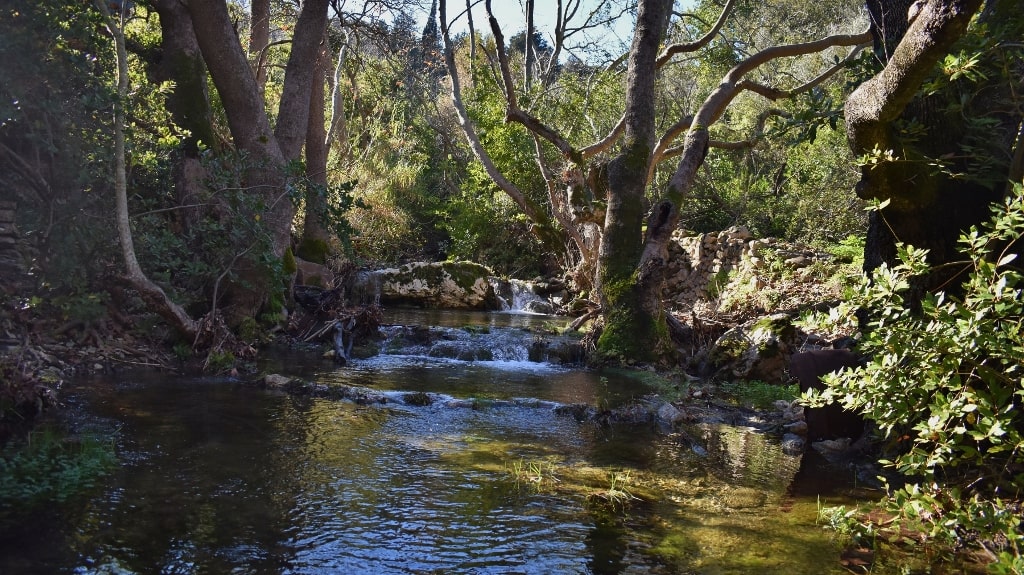

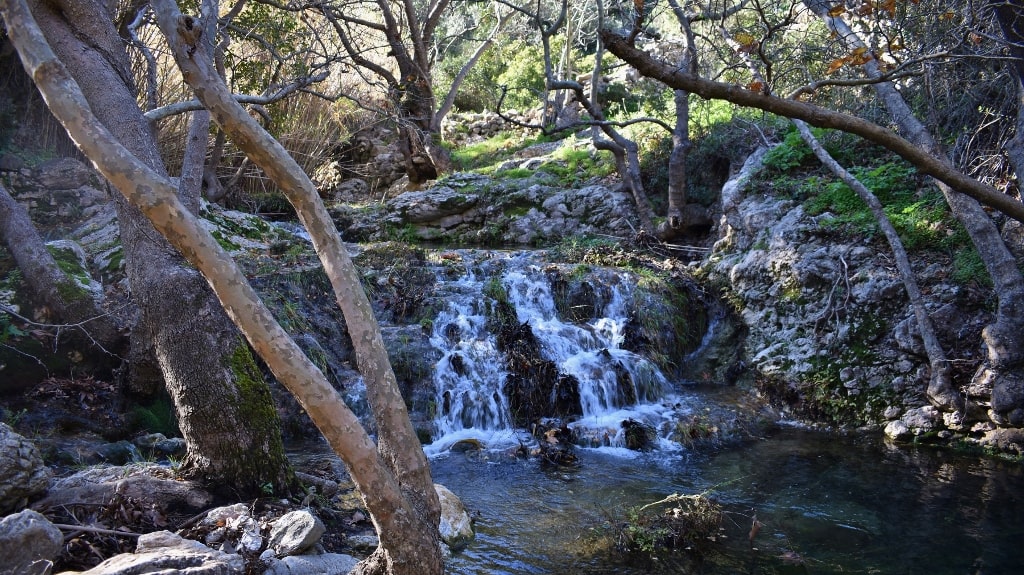
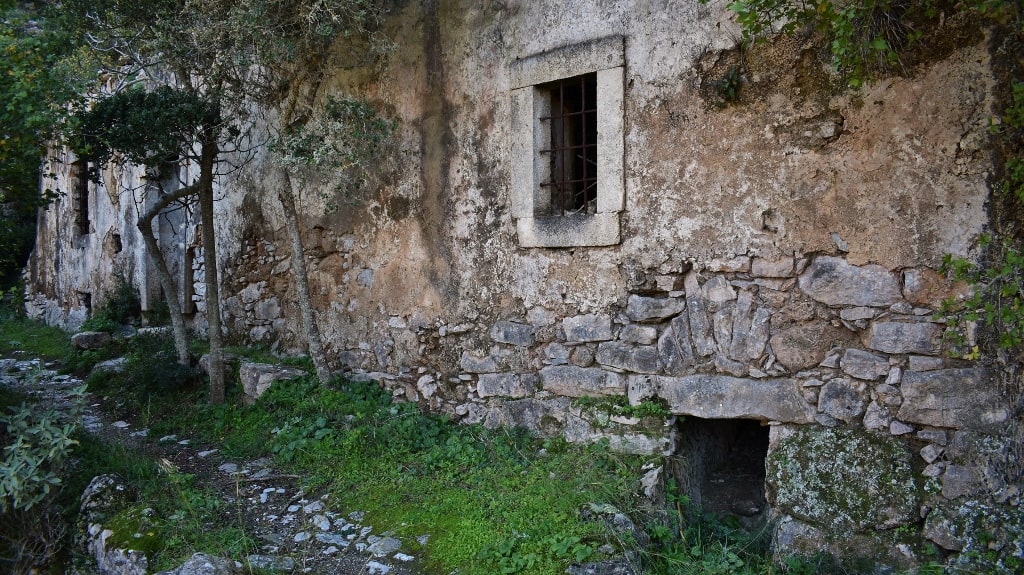
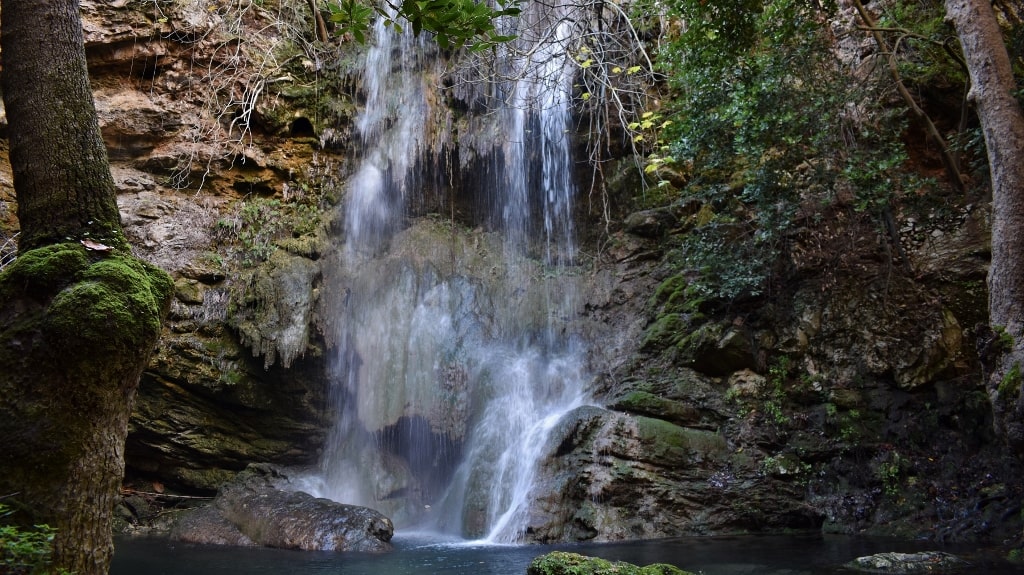
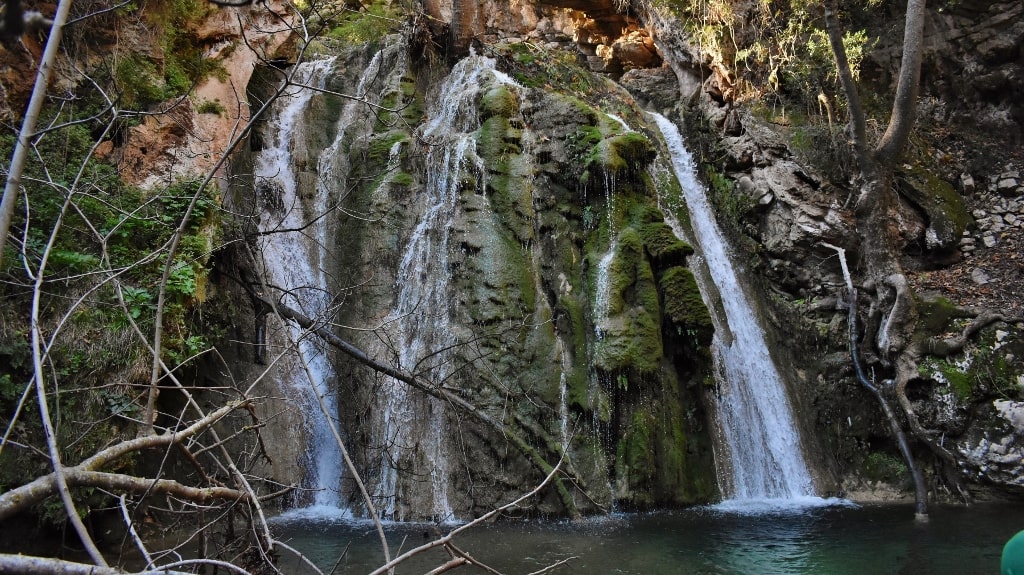
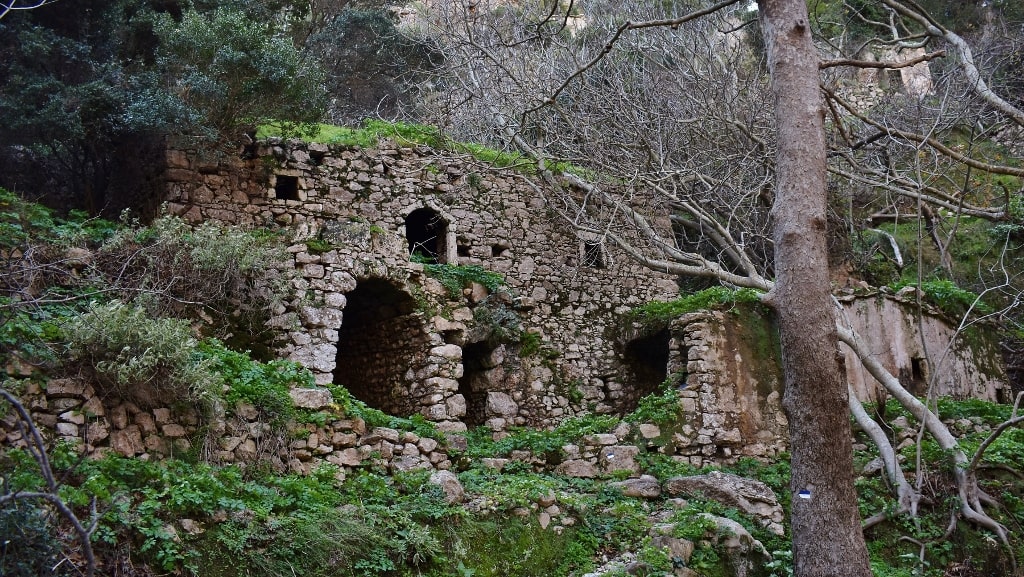
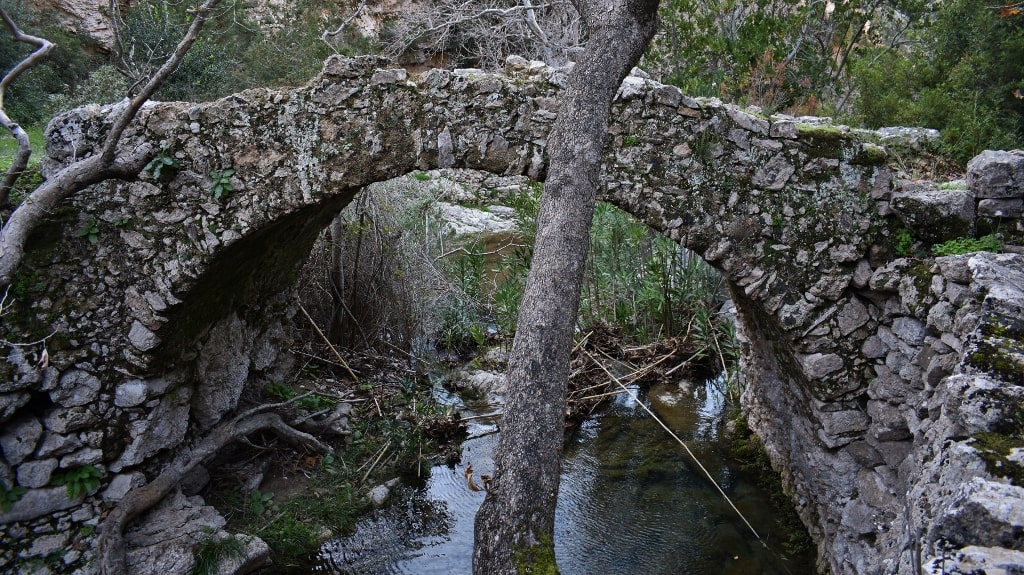
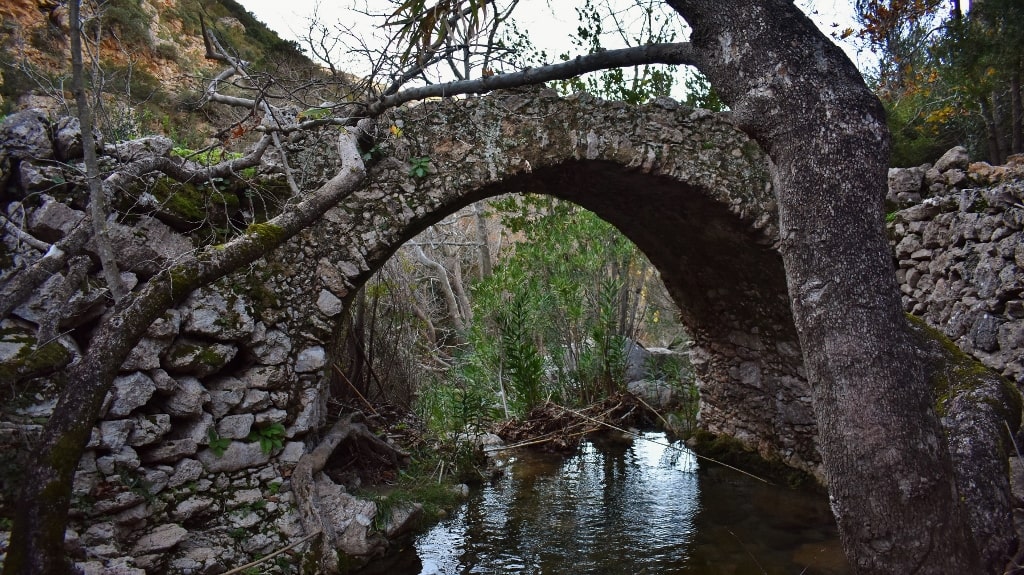
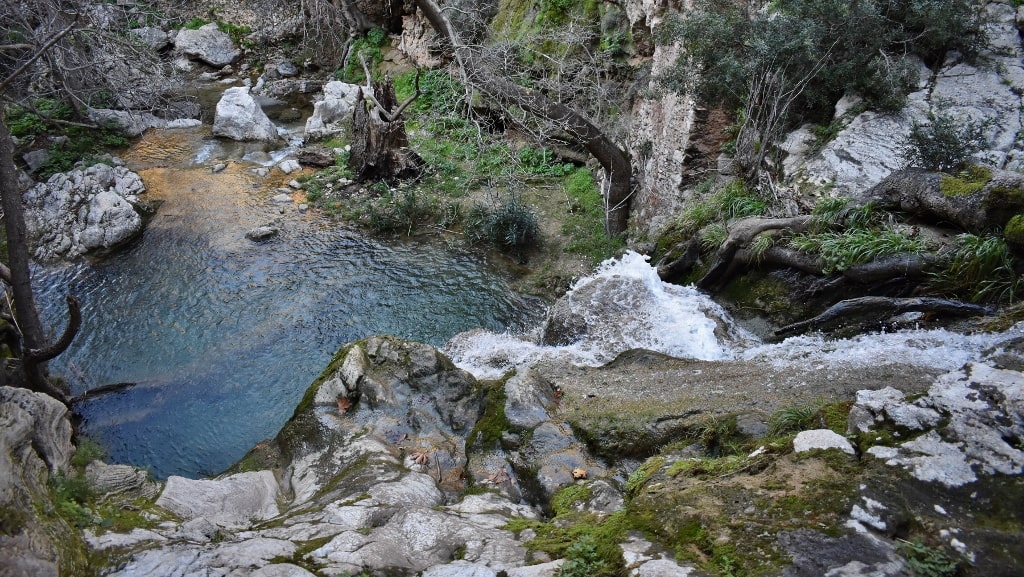
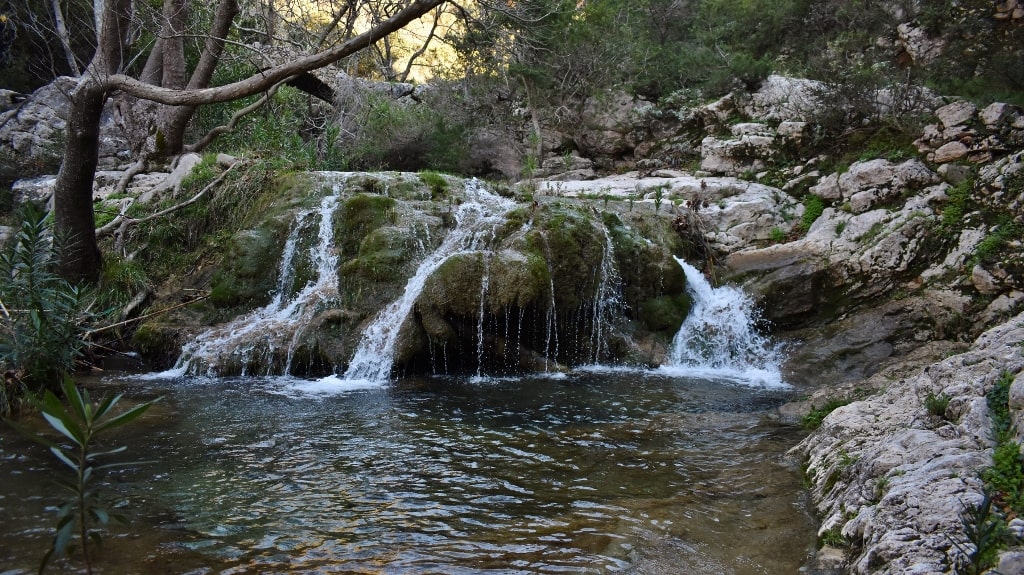
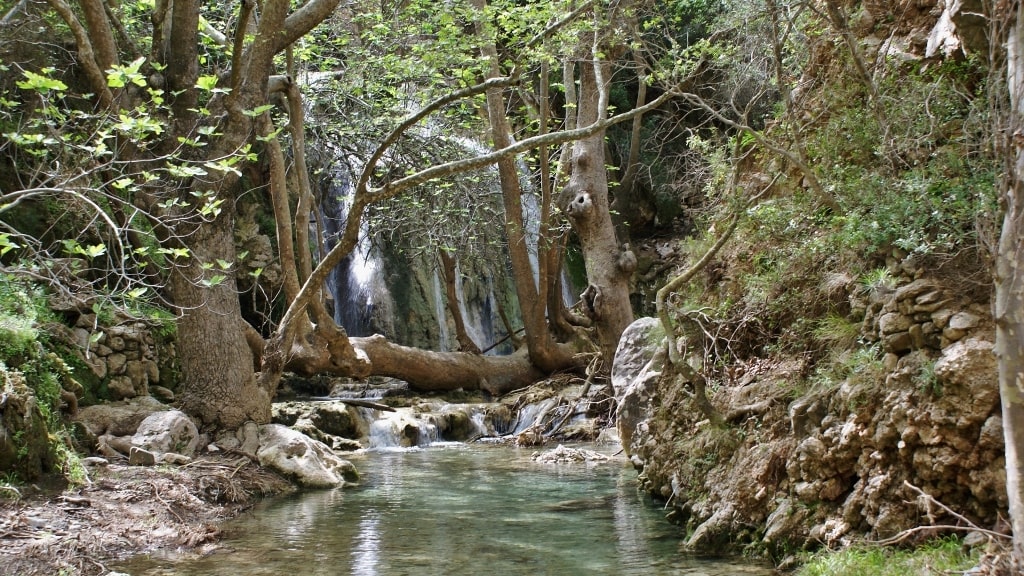
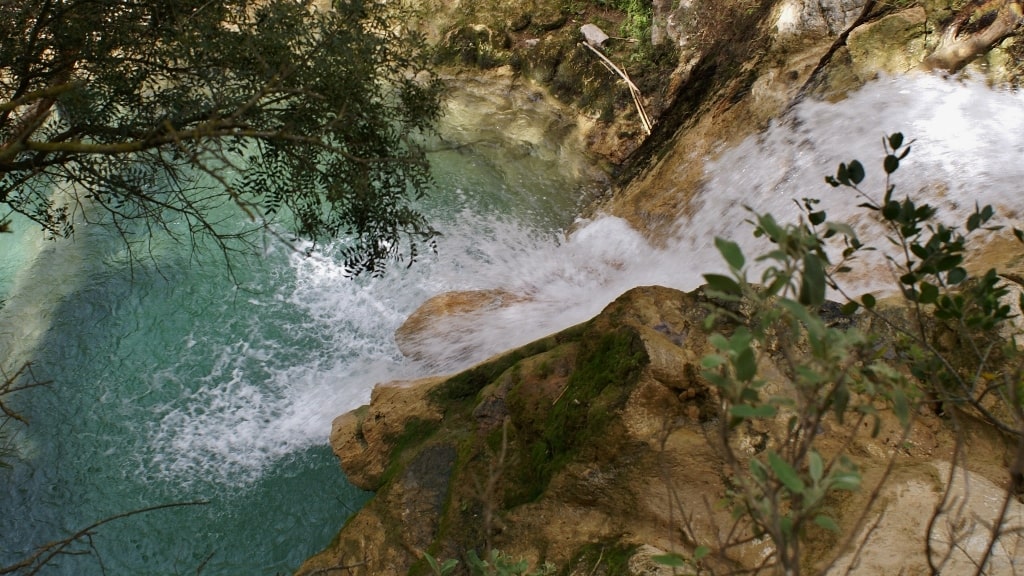
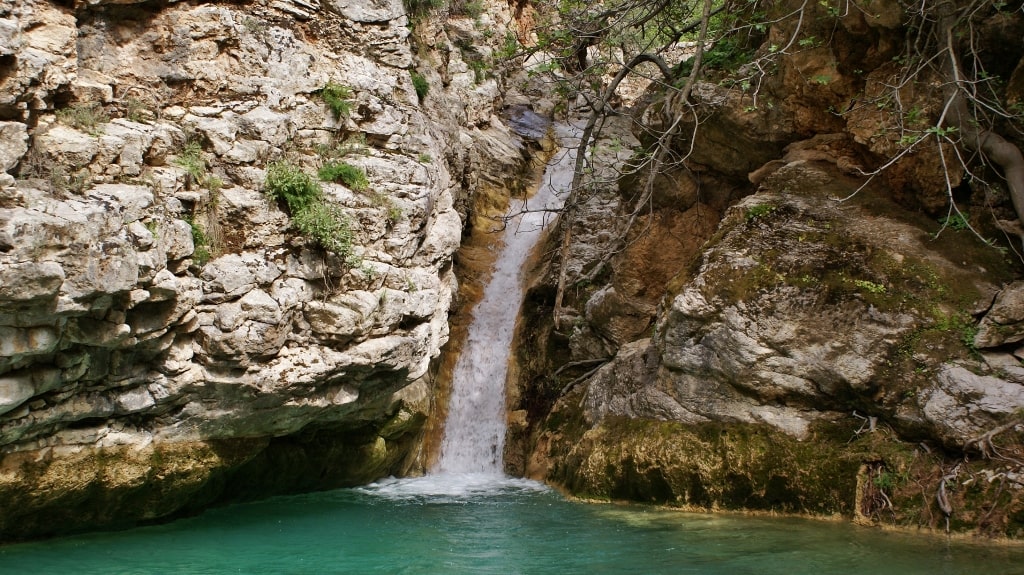

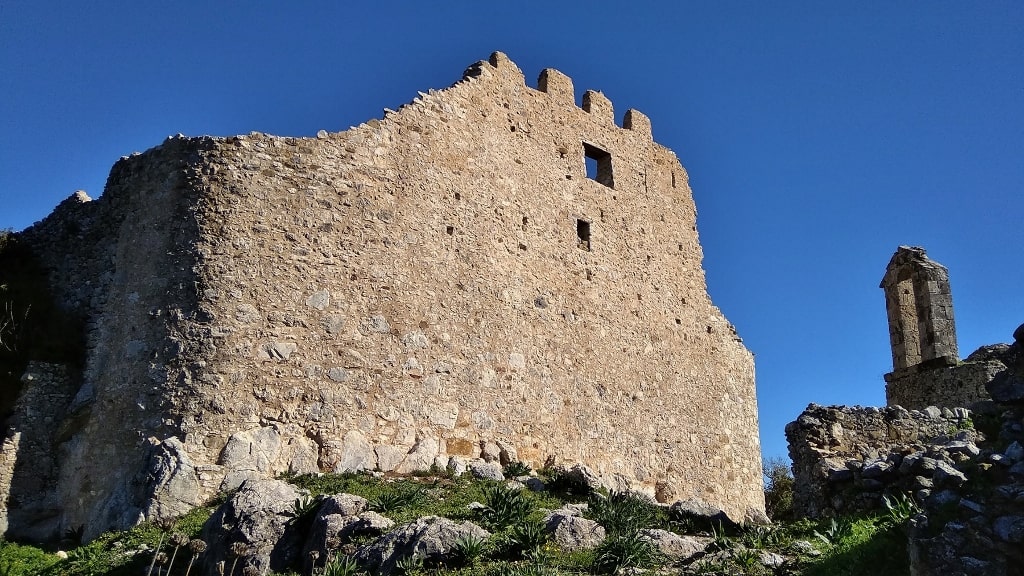
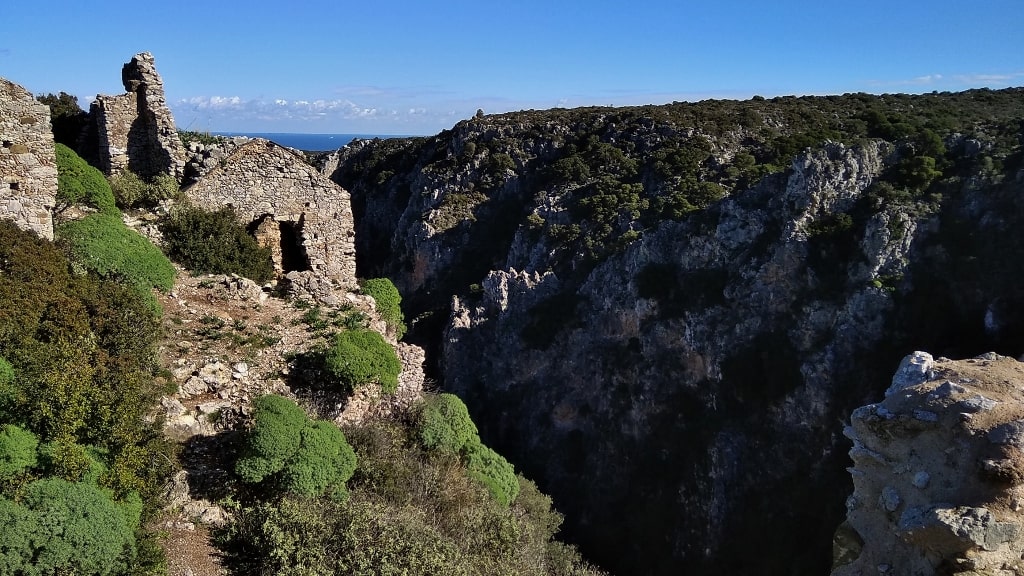
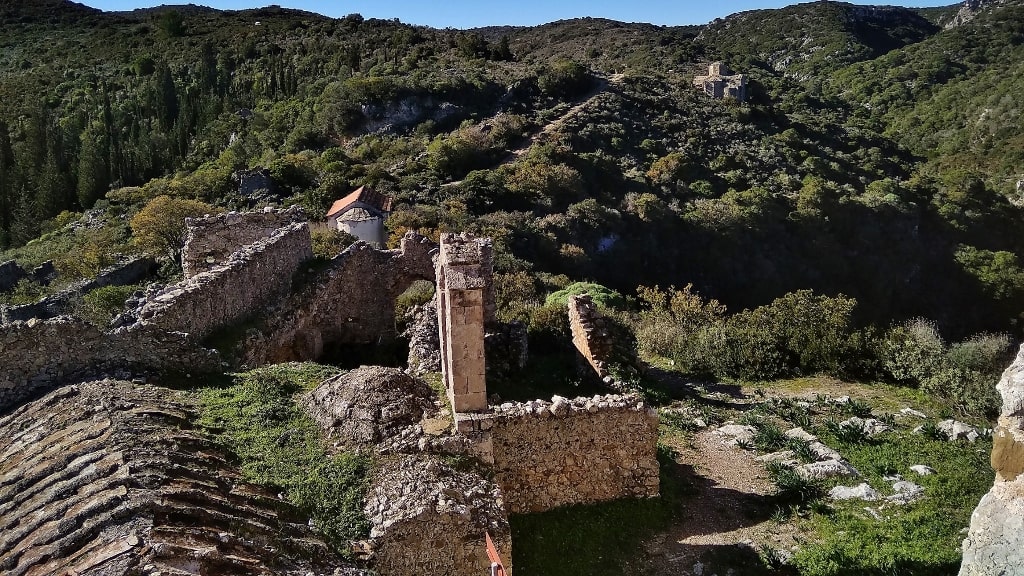
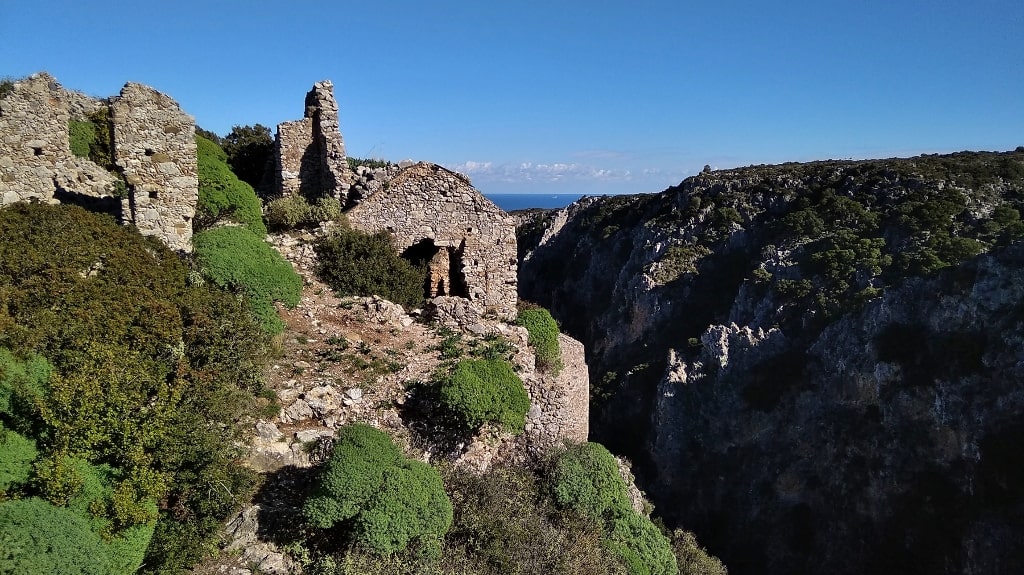
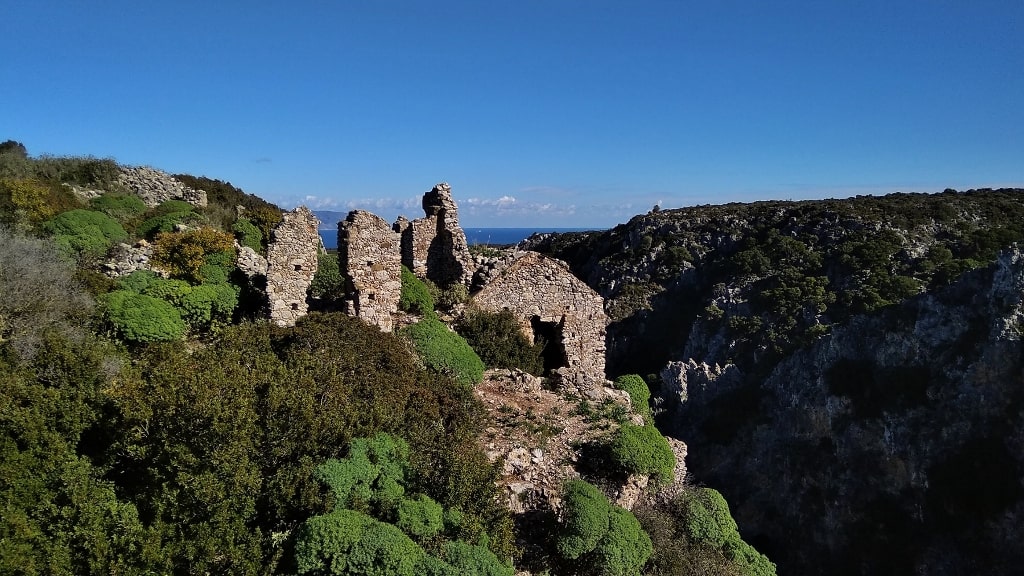

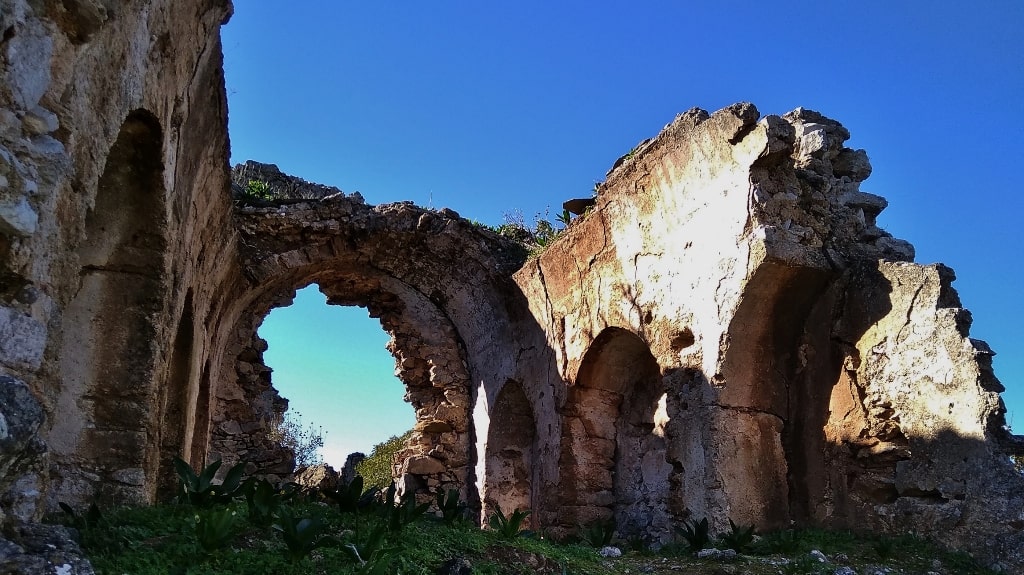


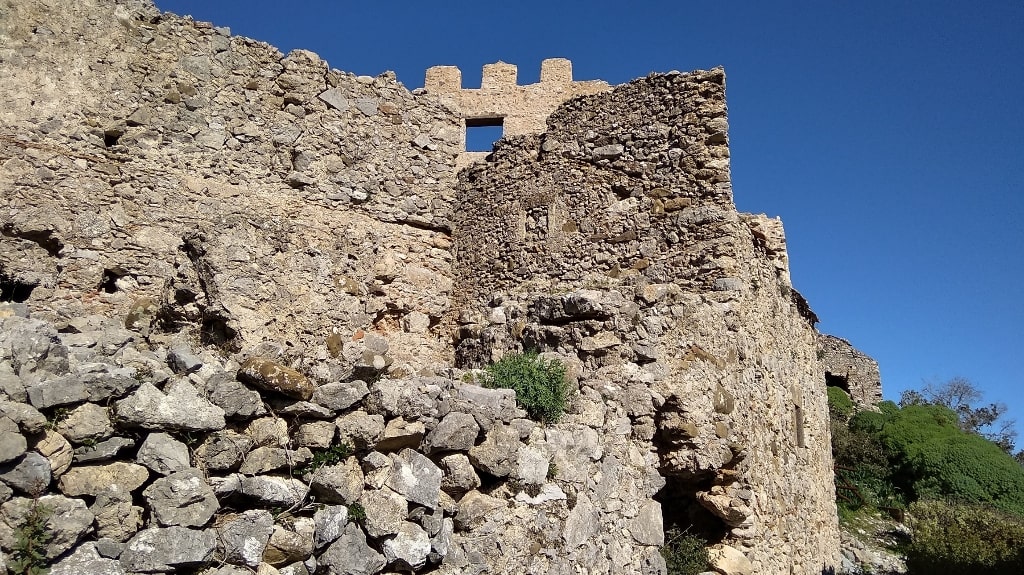

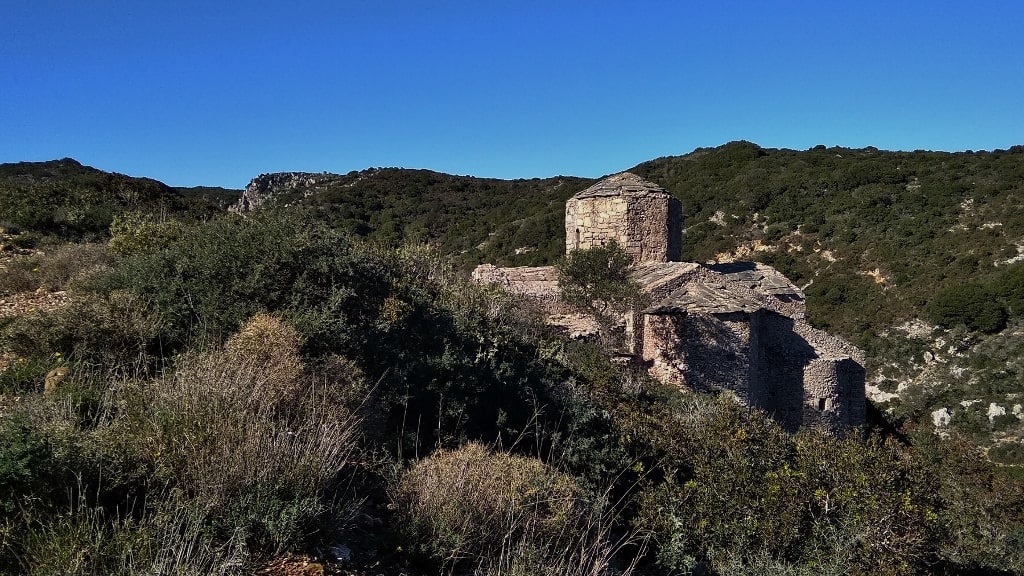
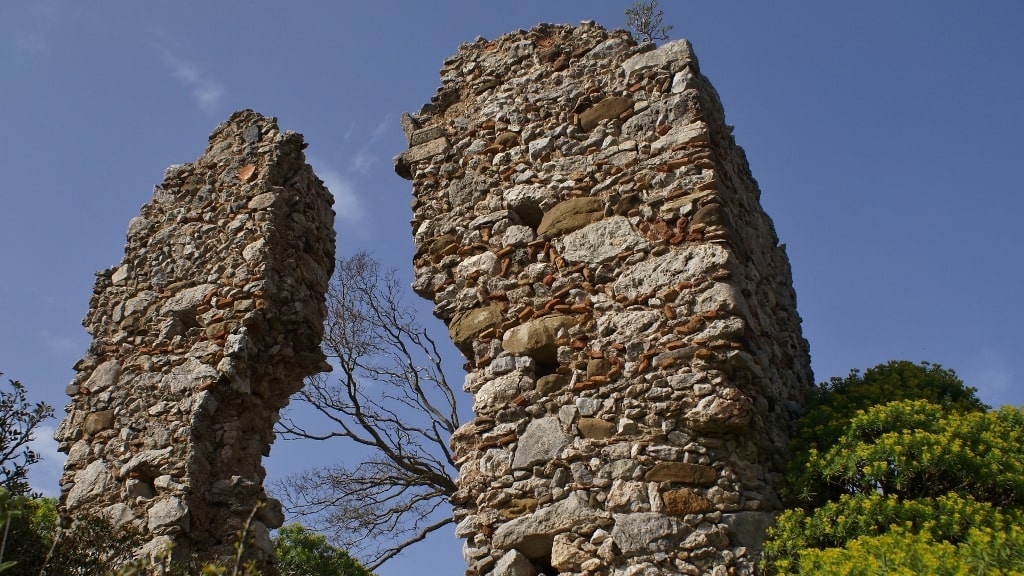
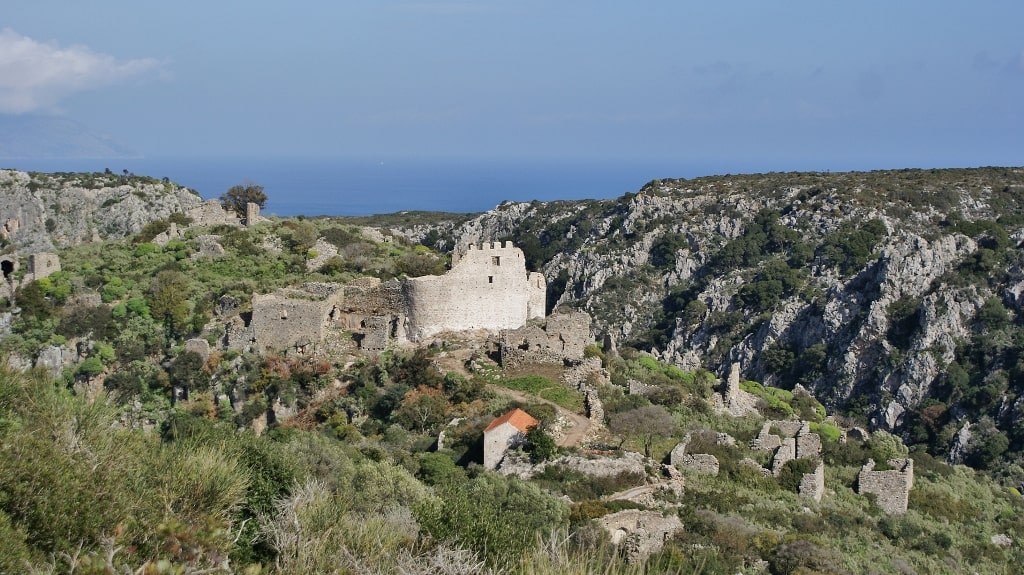


The Kythirian Machu Picchu. Already from a distance you can see the ruined city standing in its full glory on a high ridge surrounded by deep ravines. Paliochora or Agios Dimitrios was the medieval capital of Kythira and considered to be an impregnable fortress until it was conquered in 1537 by the feared pirate Barbarossa. Ever since then it is abandoned and according to folklore the city is cursed and should never be inhabited again. For an unforgettable experience visit this mystical place at daybreak or at sunset.

